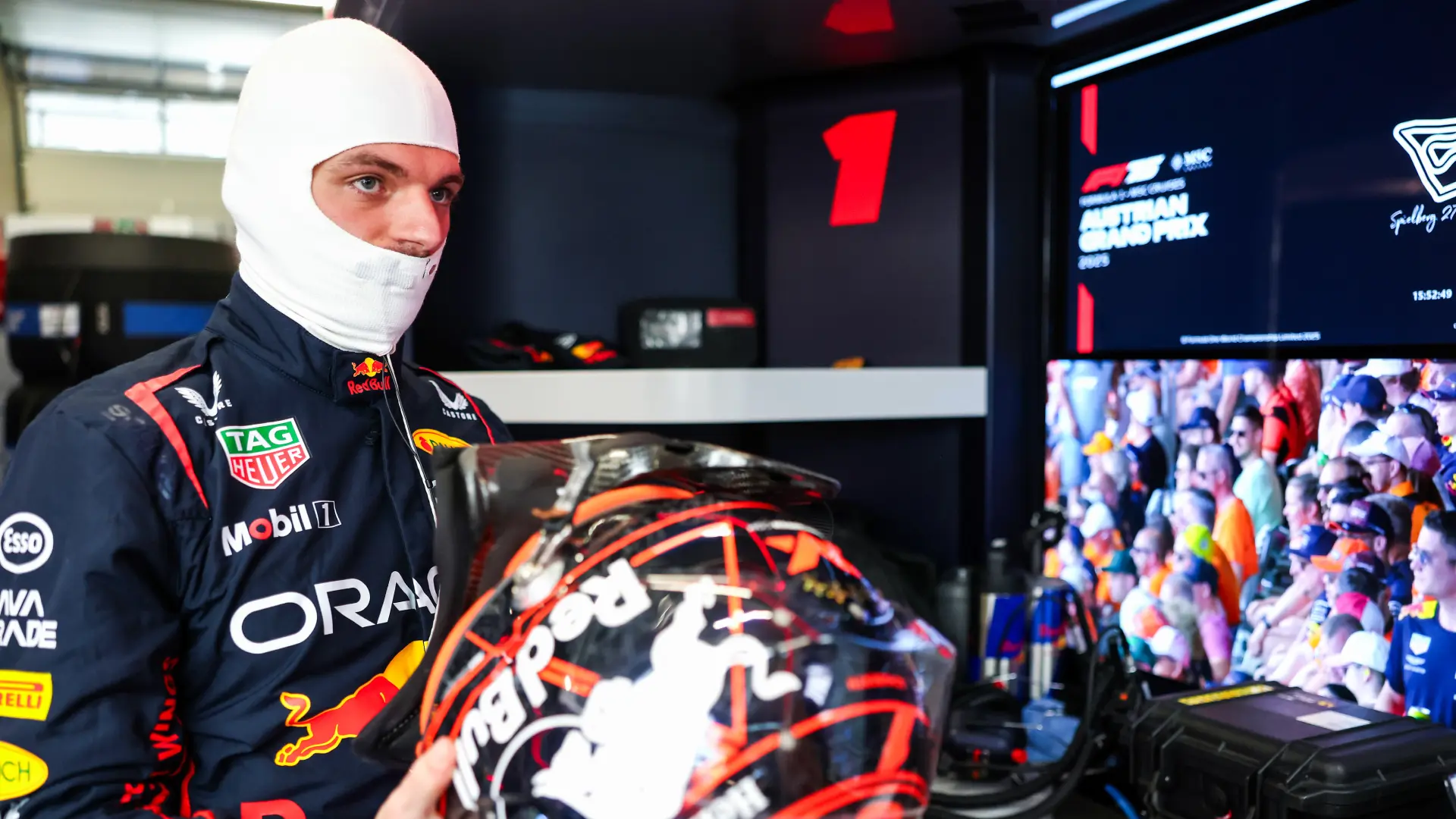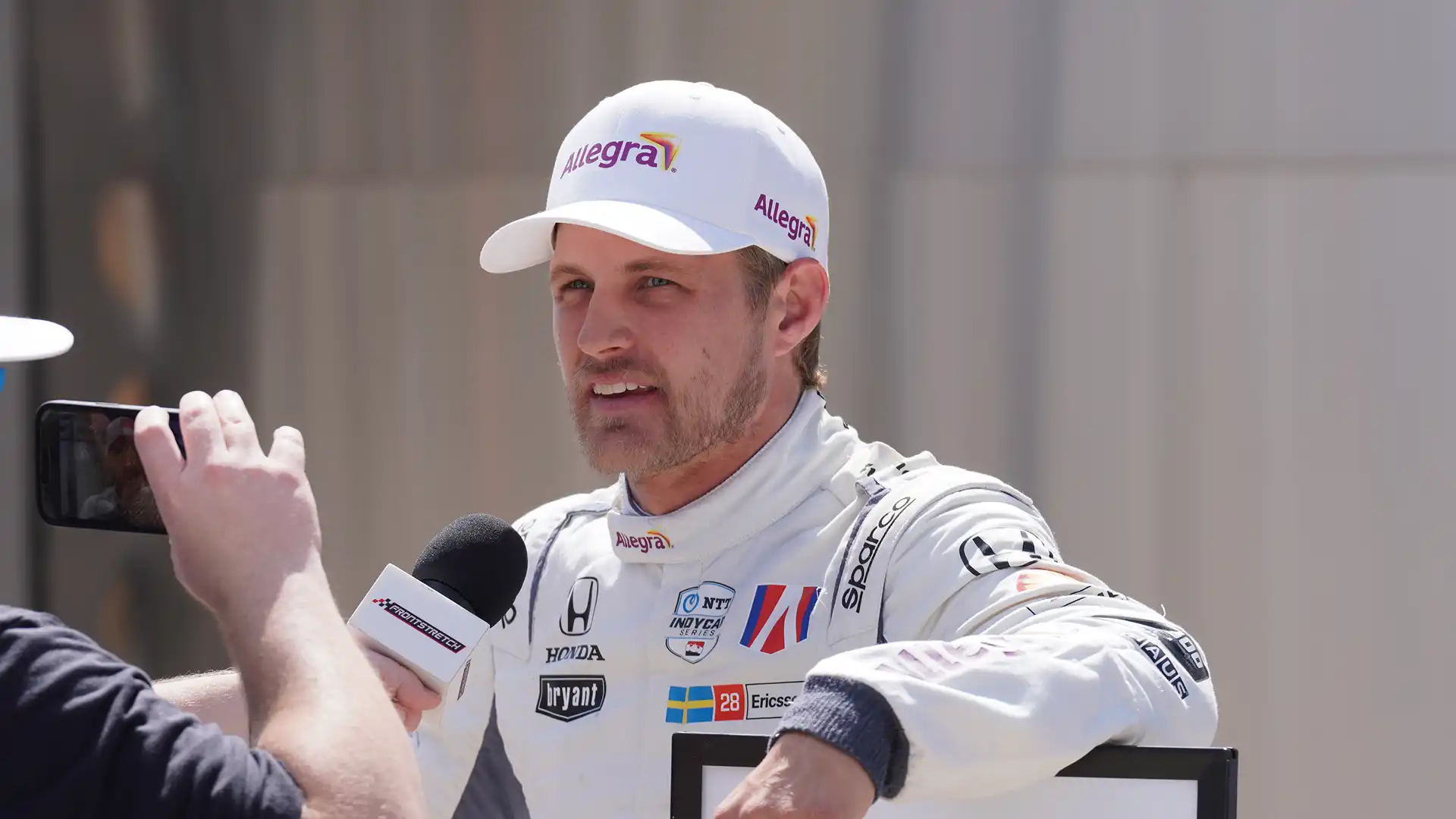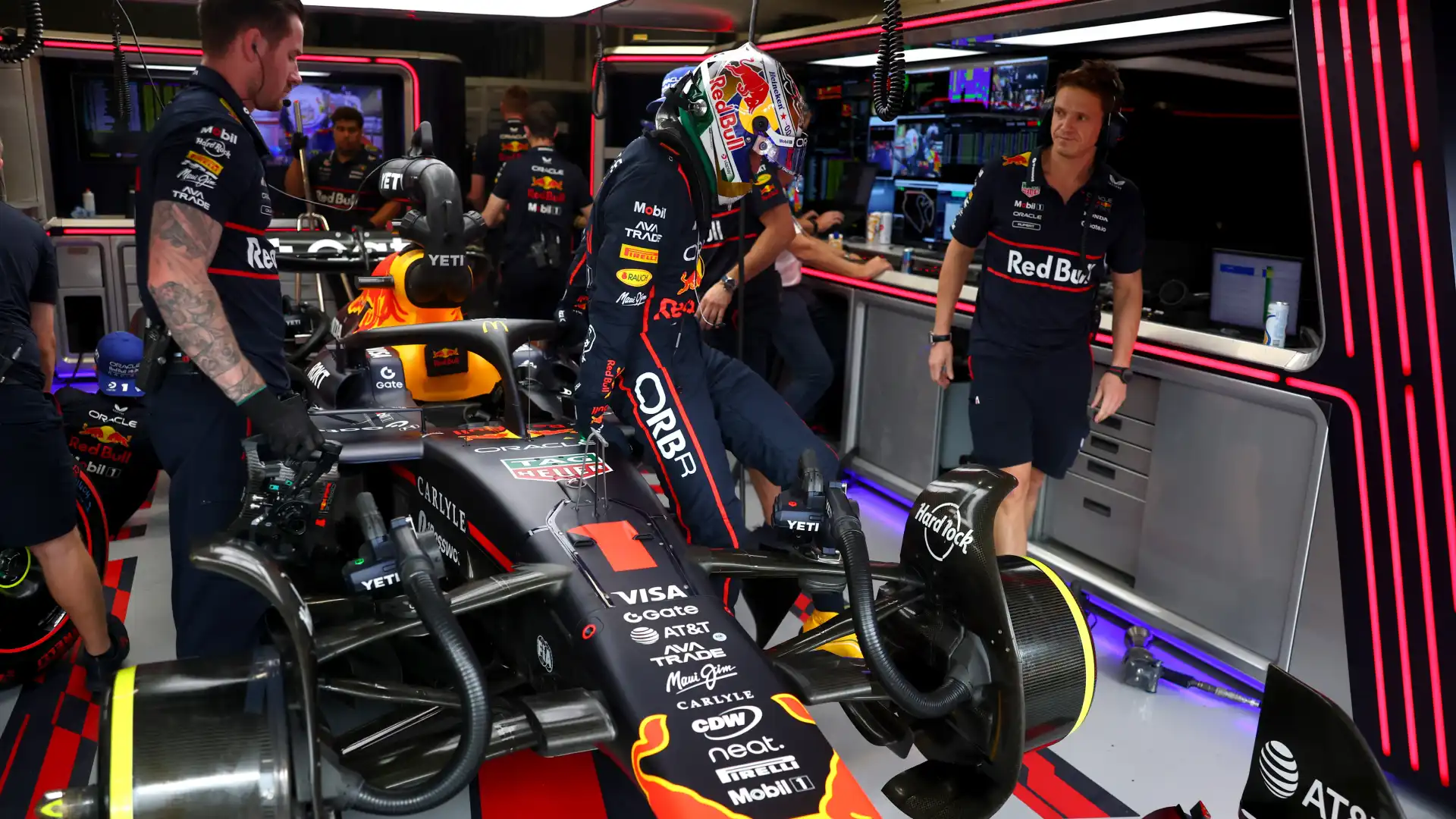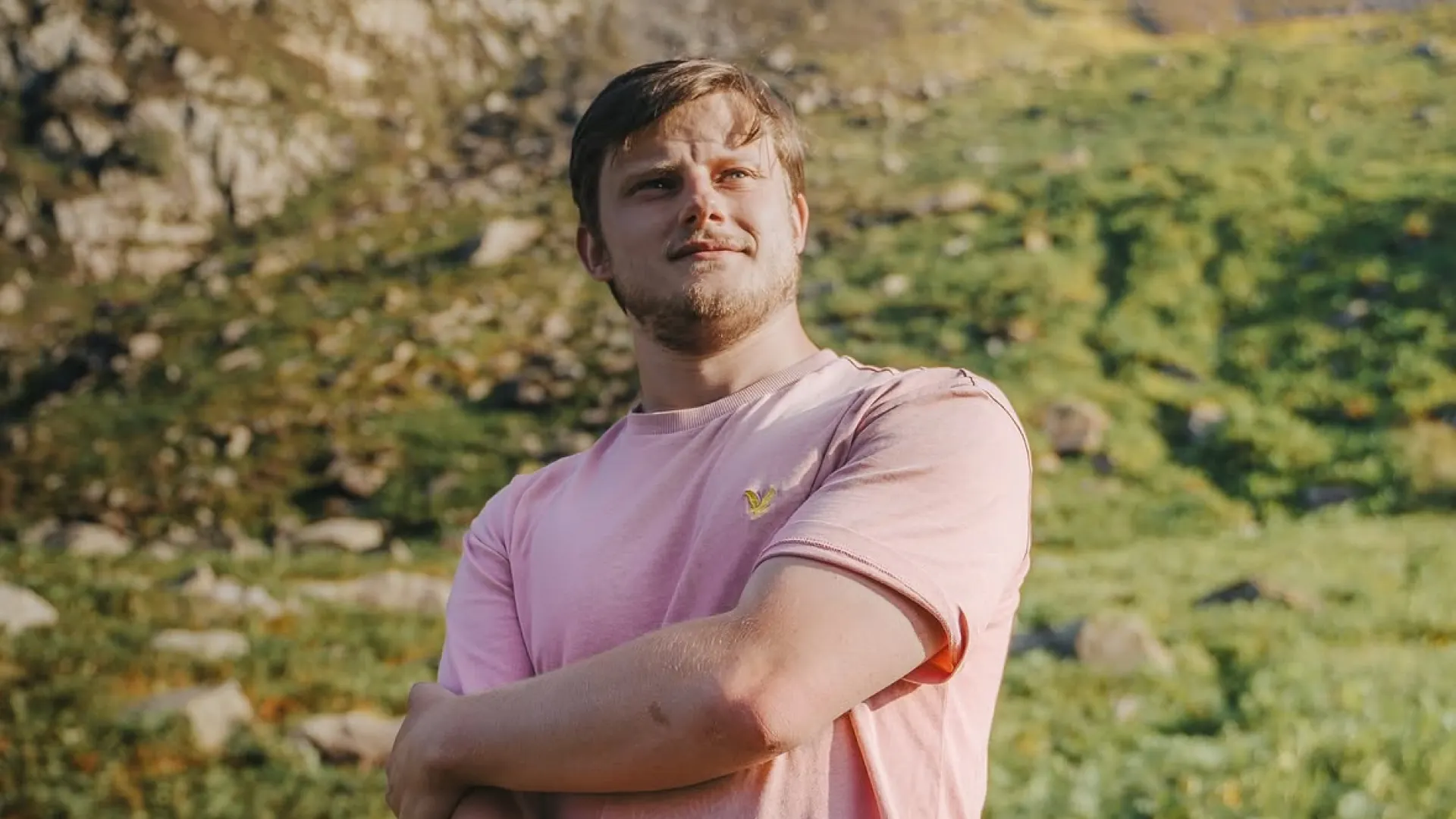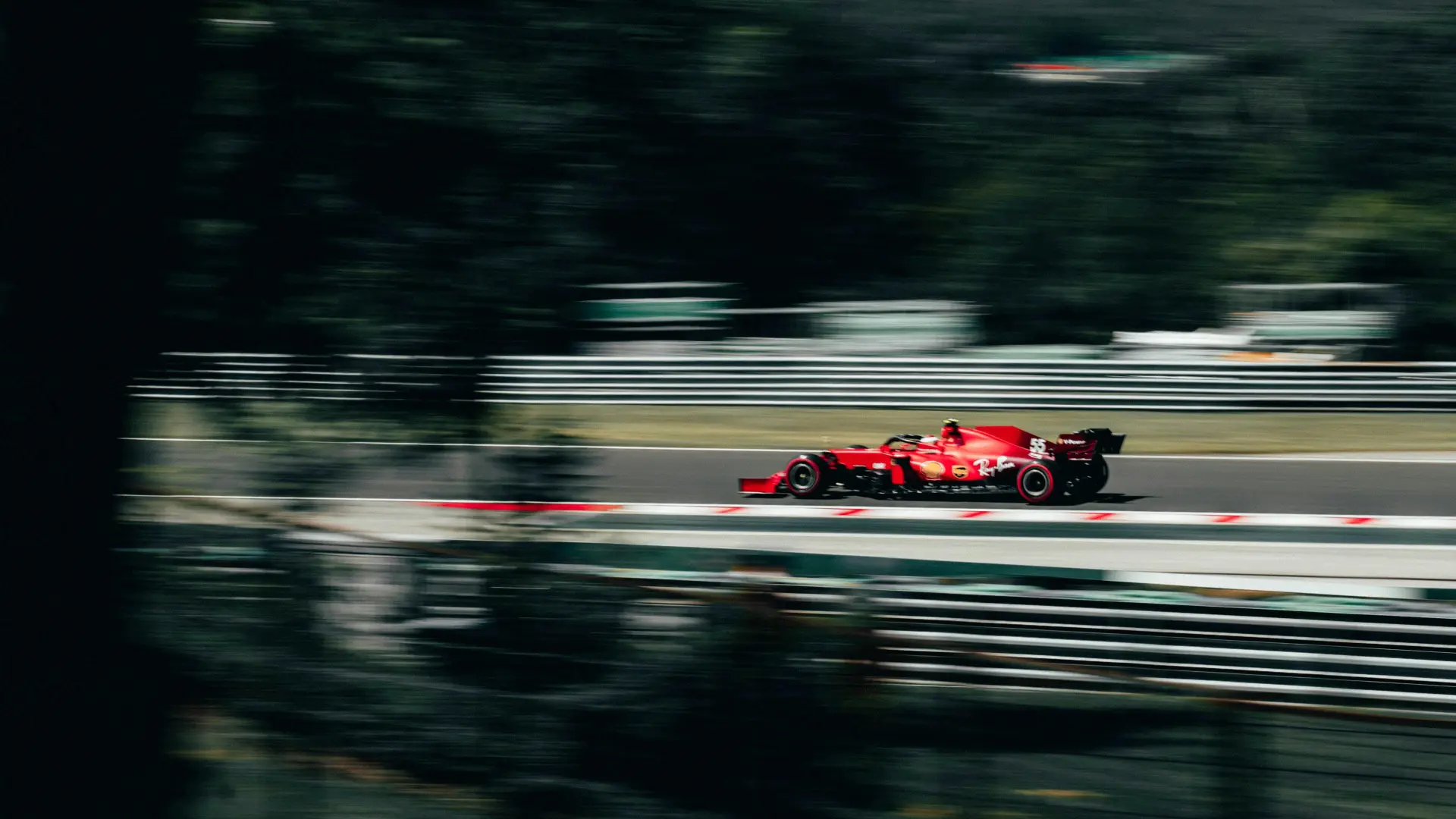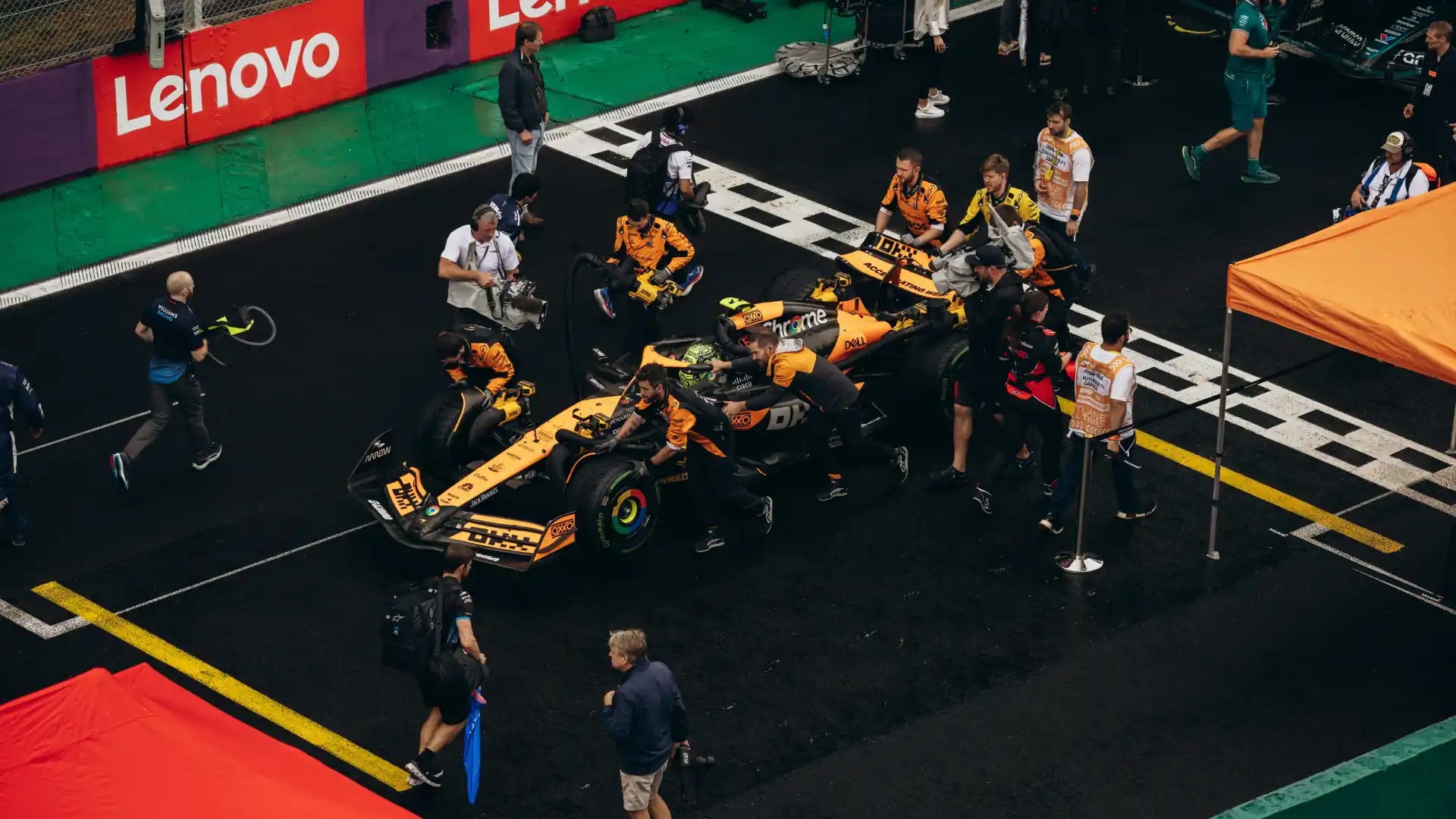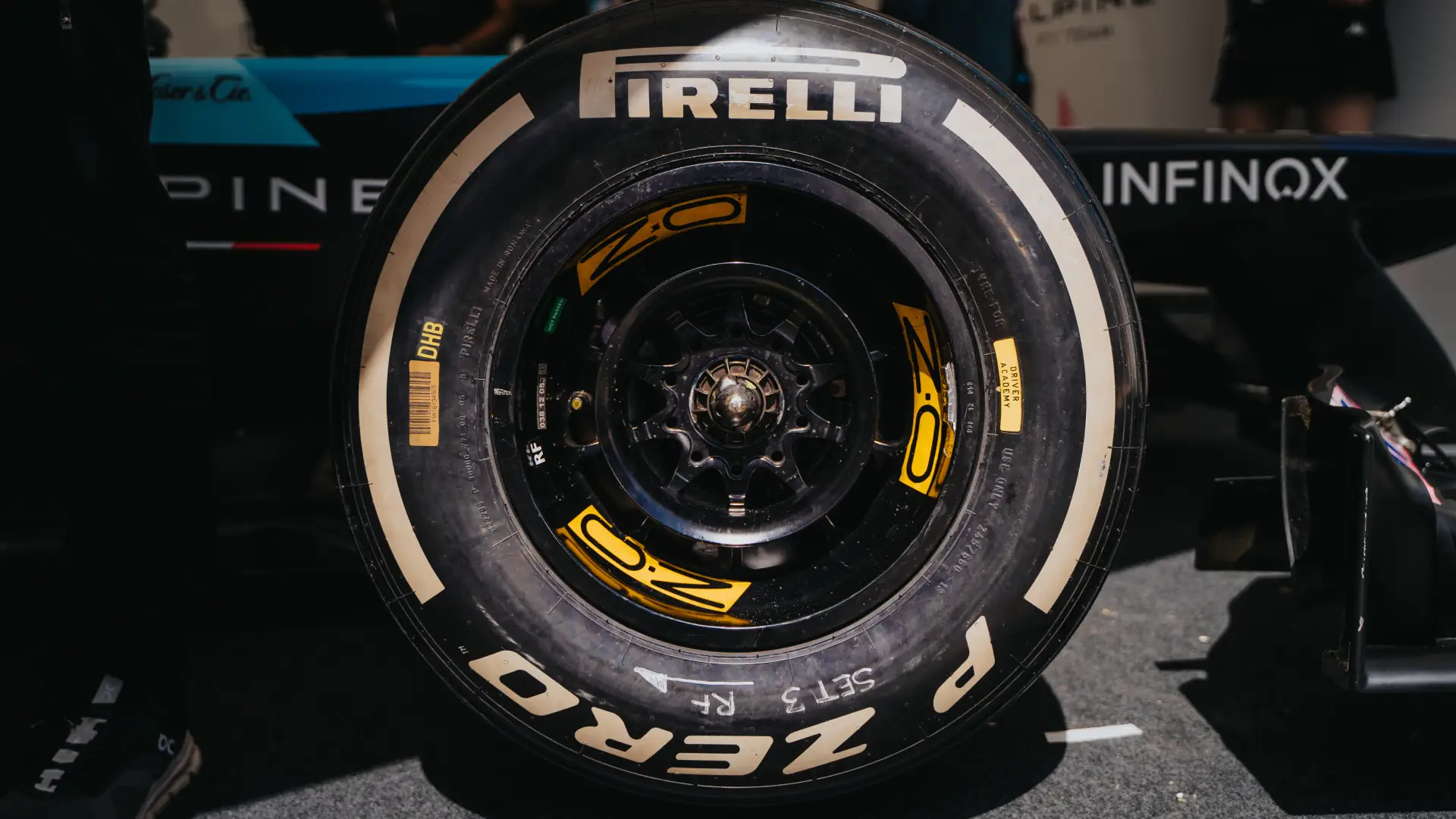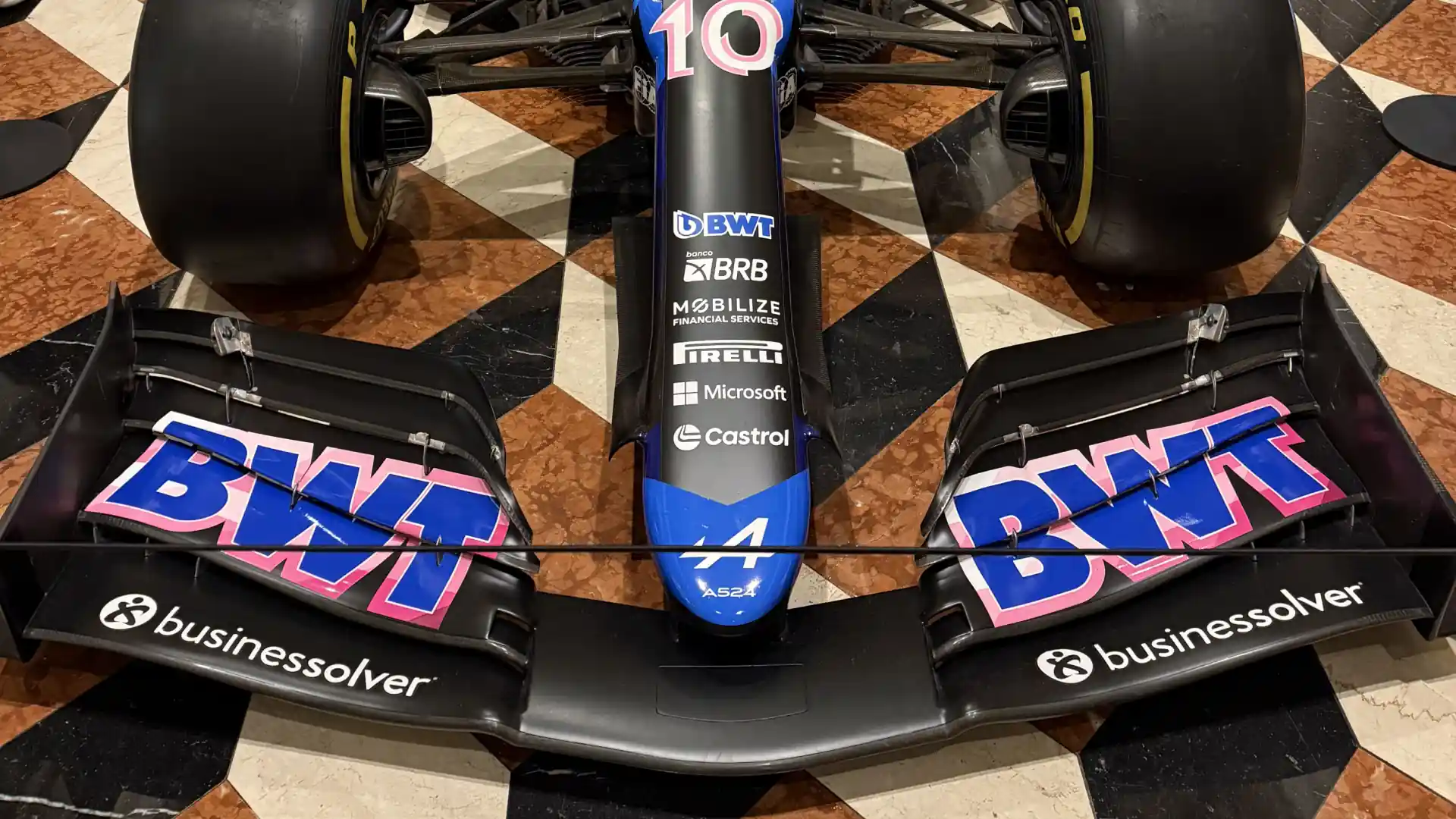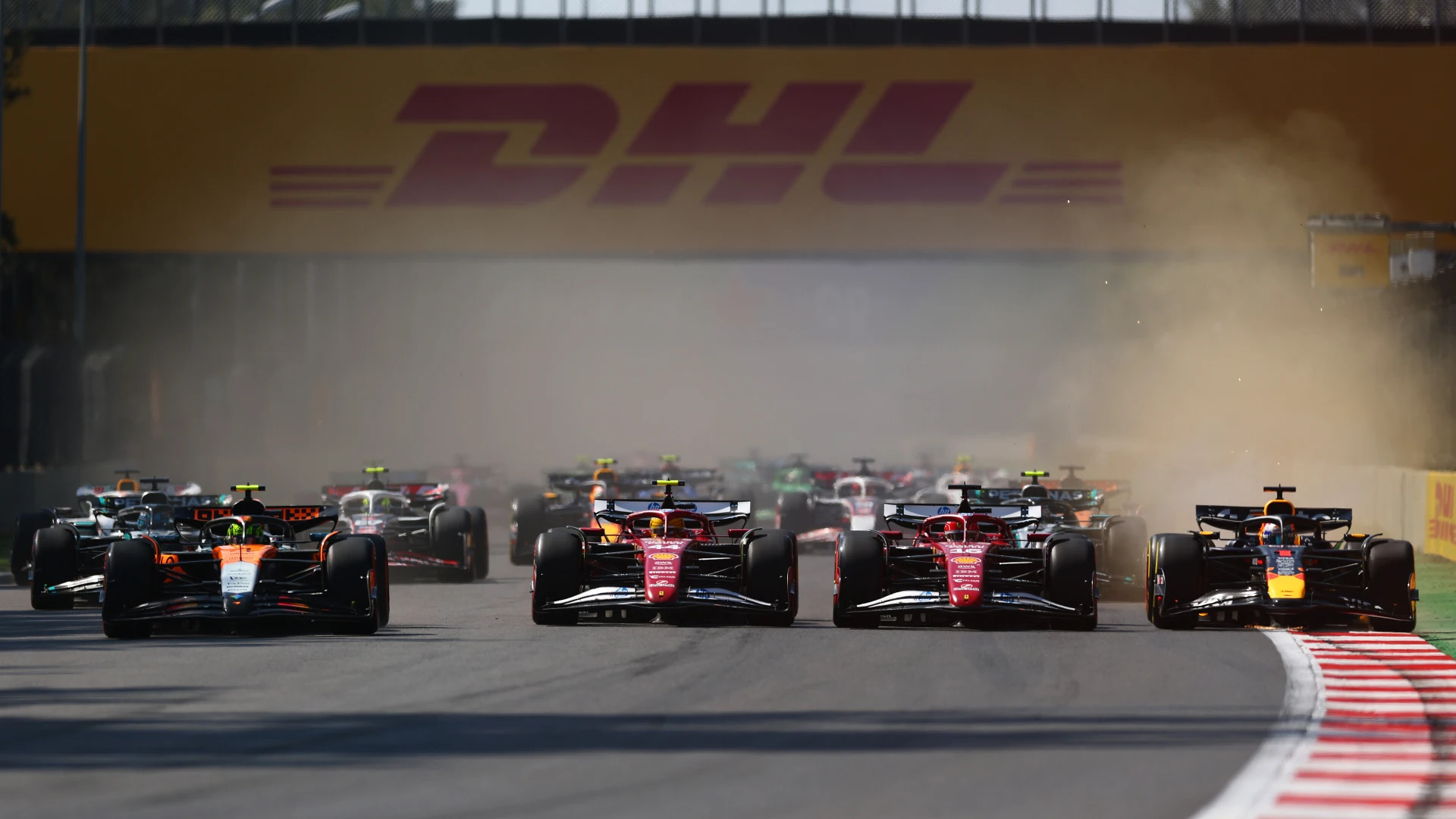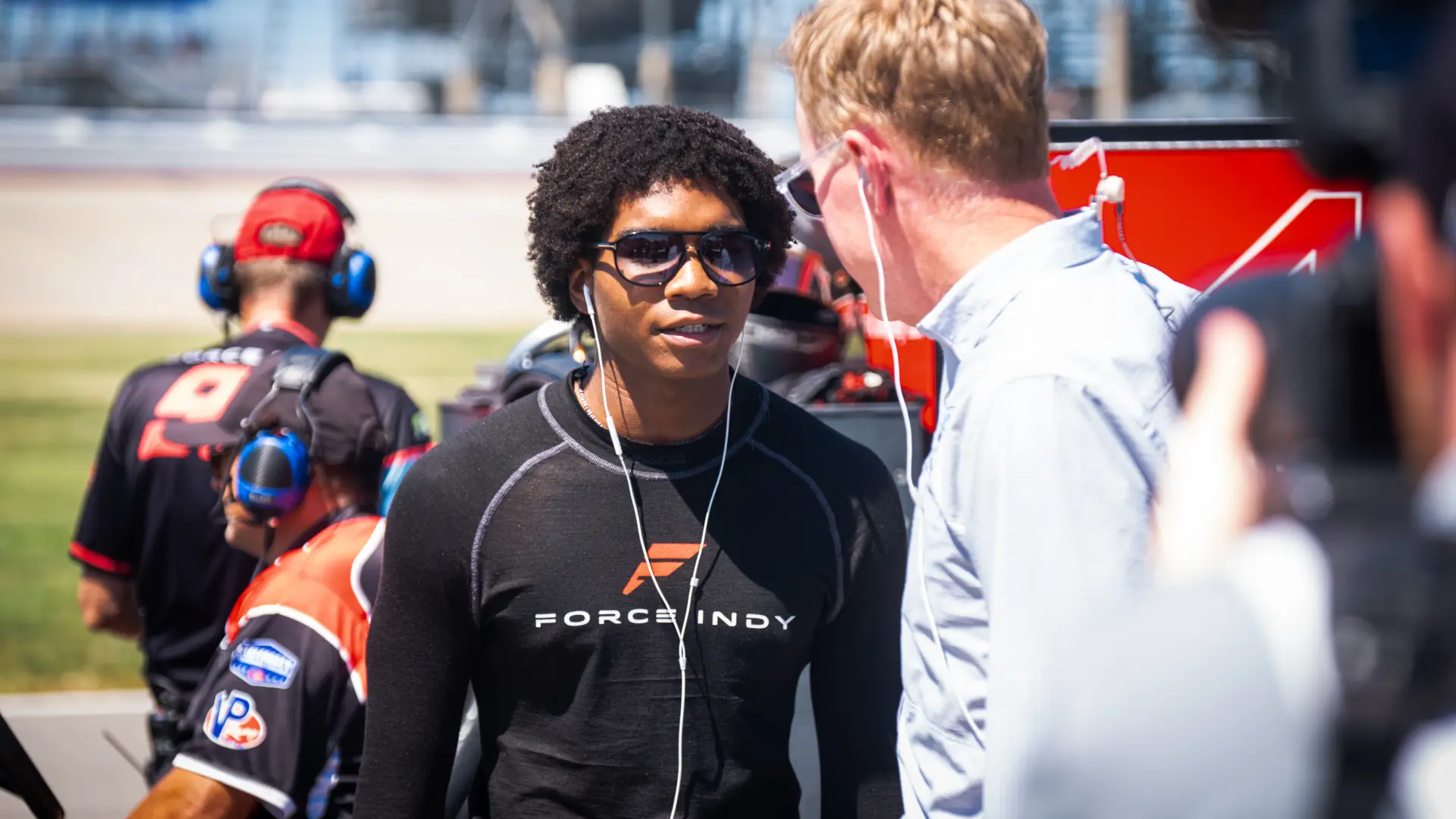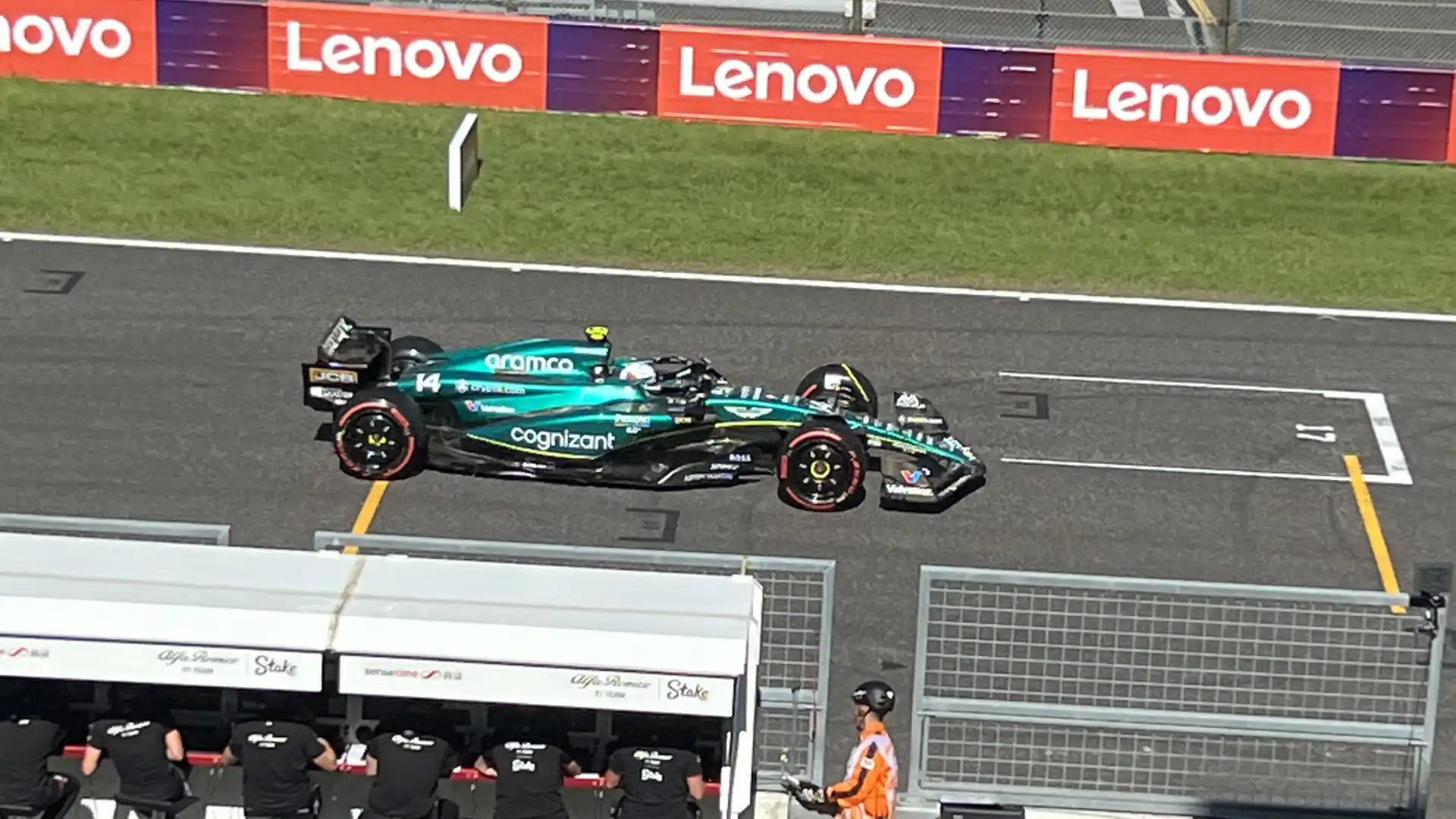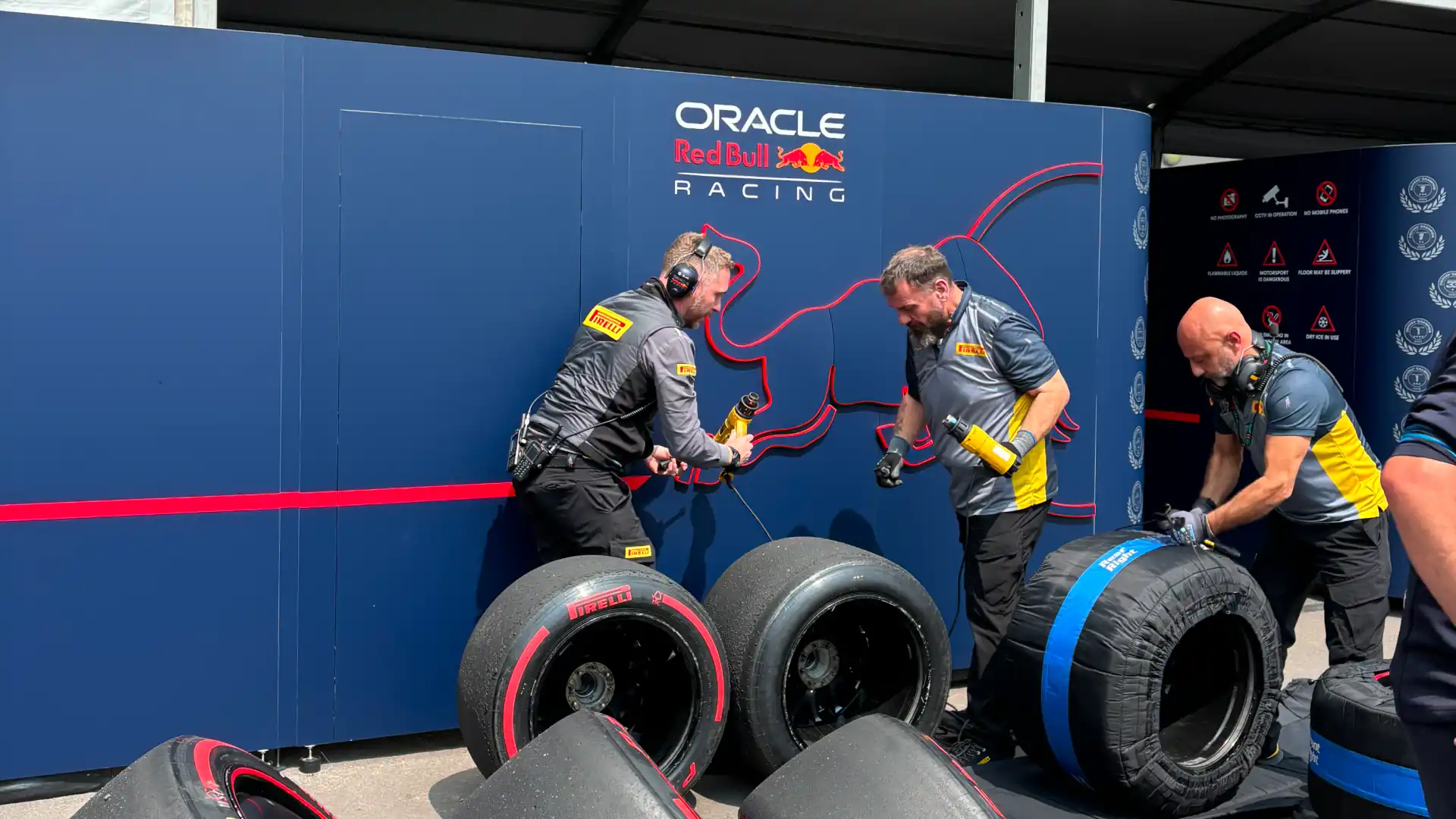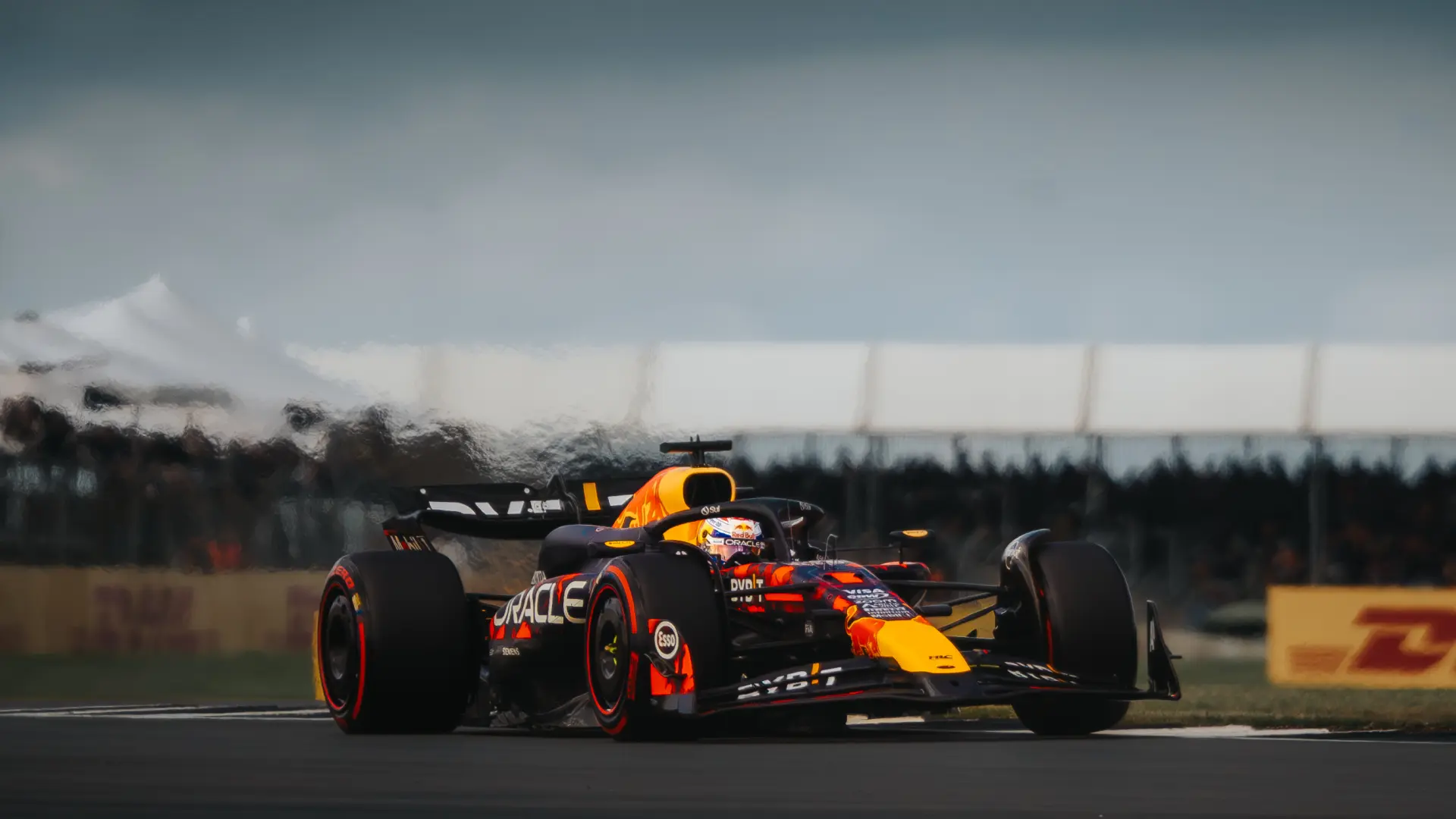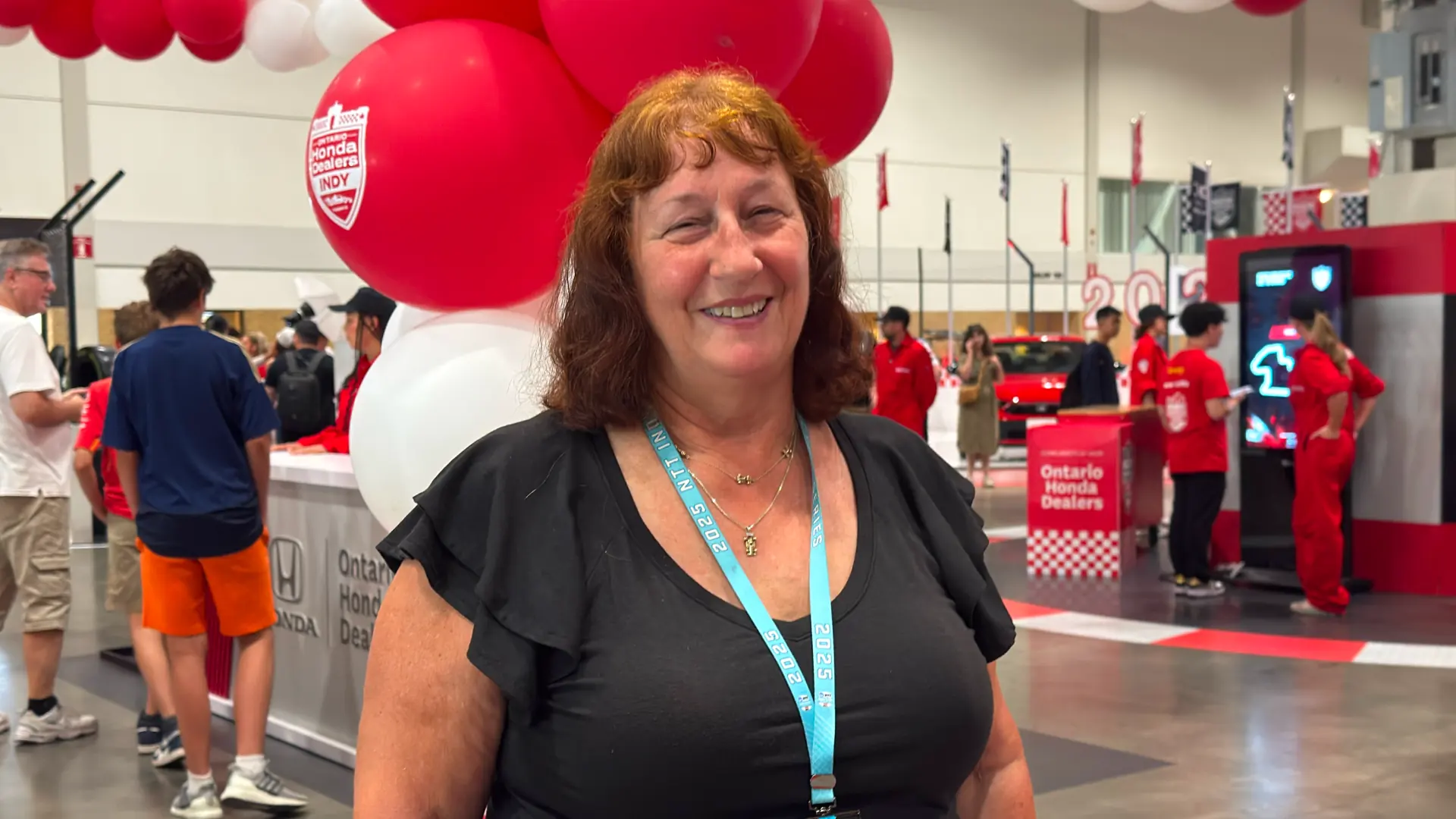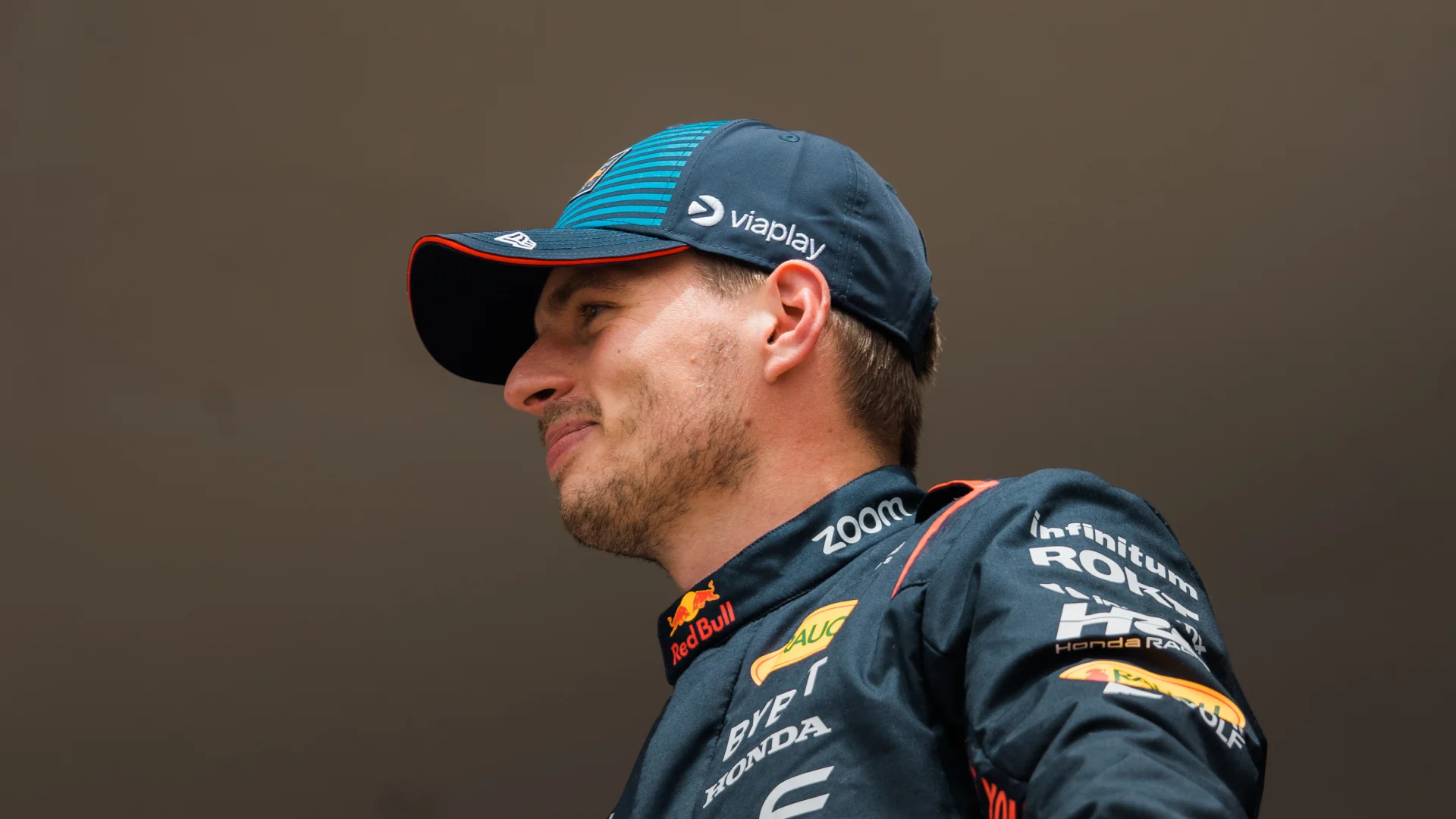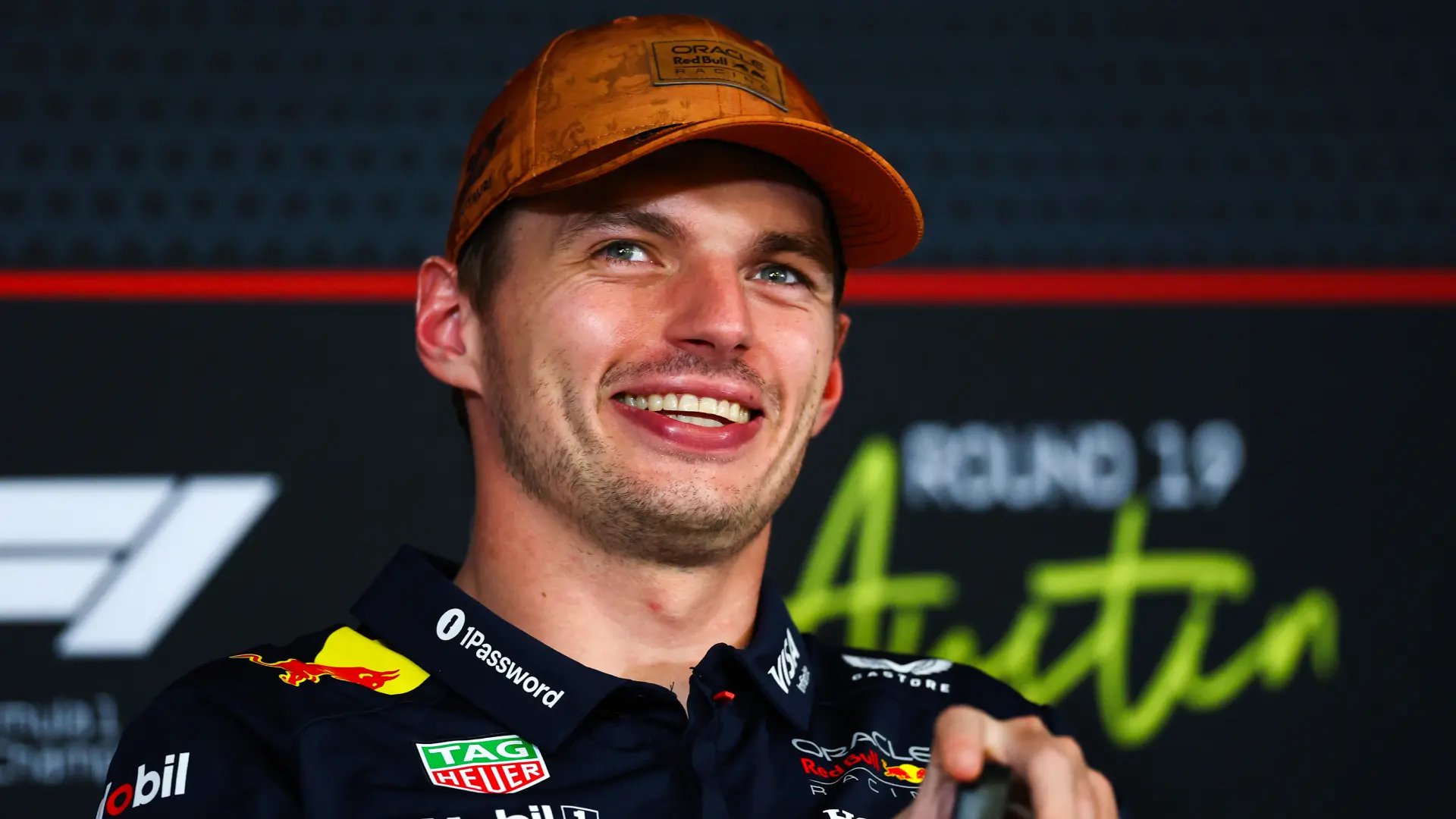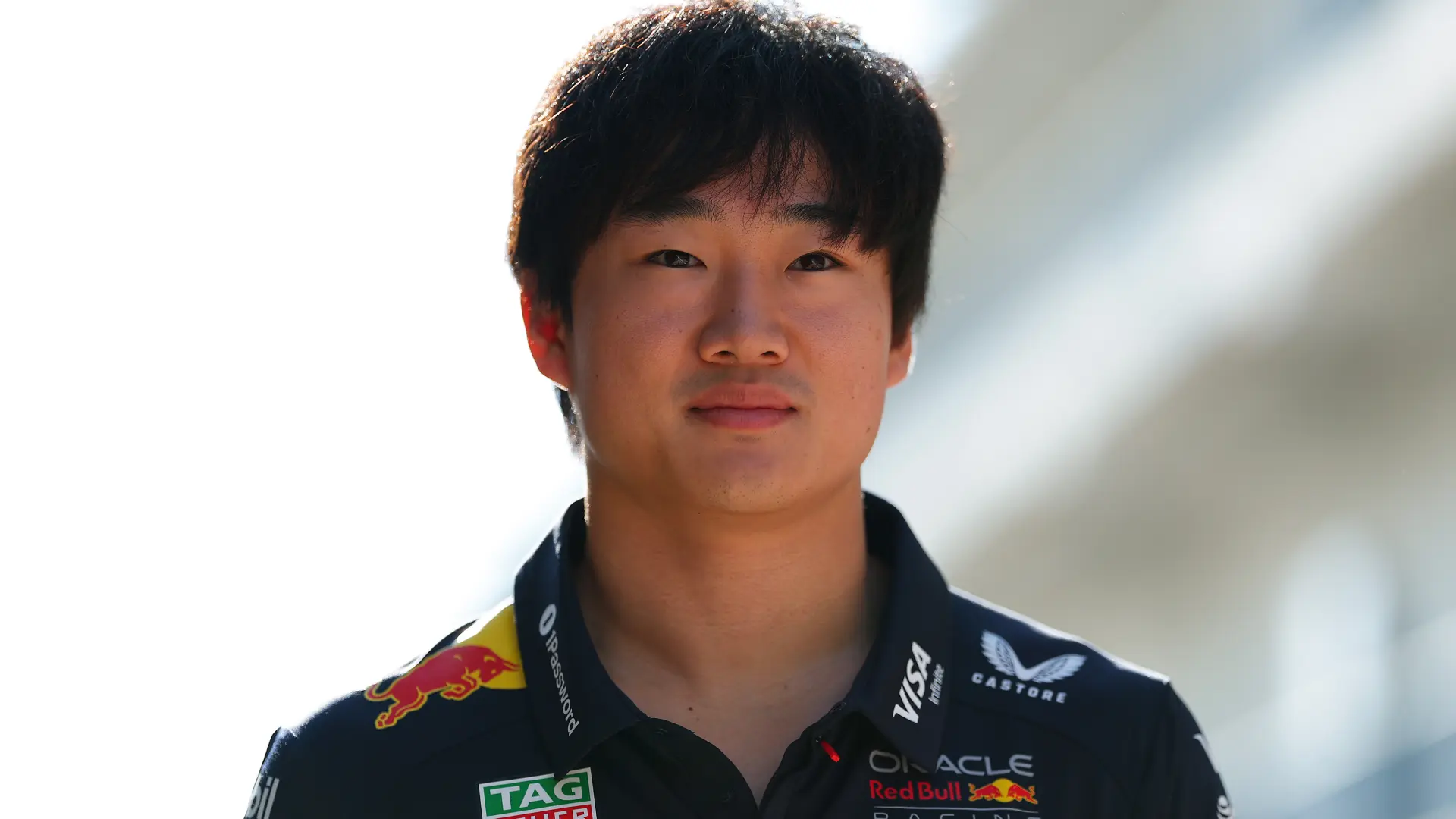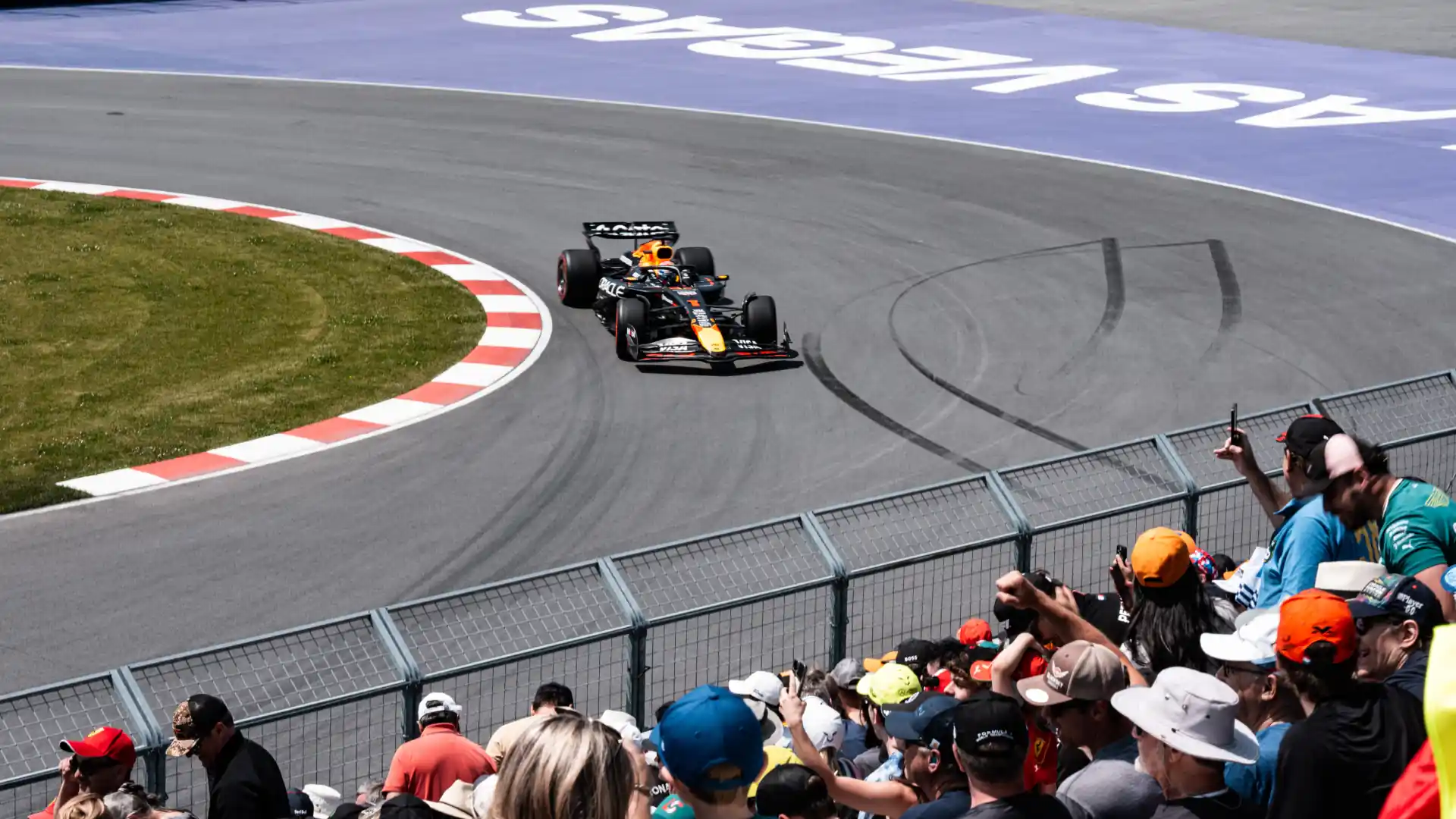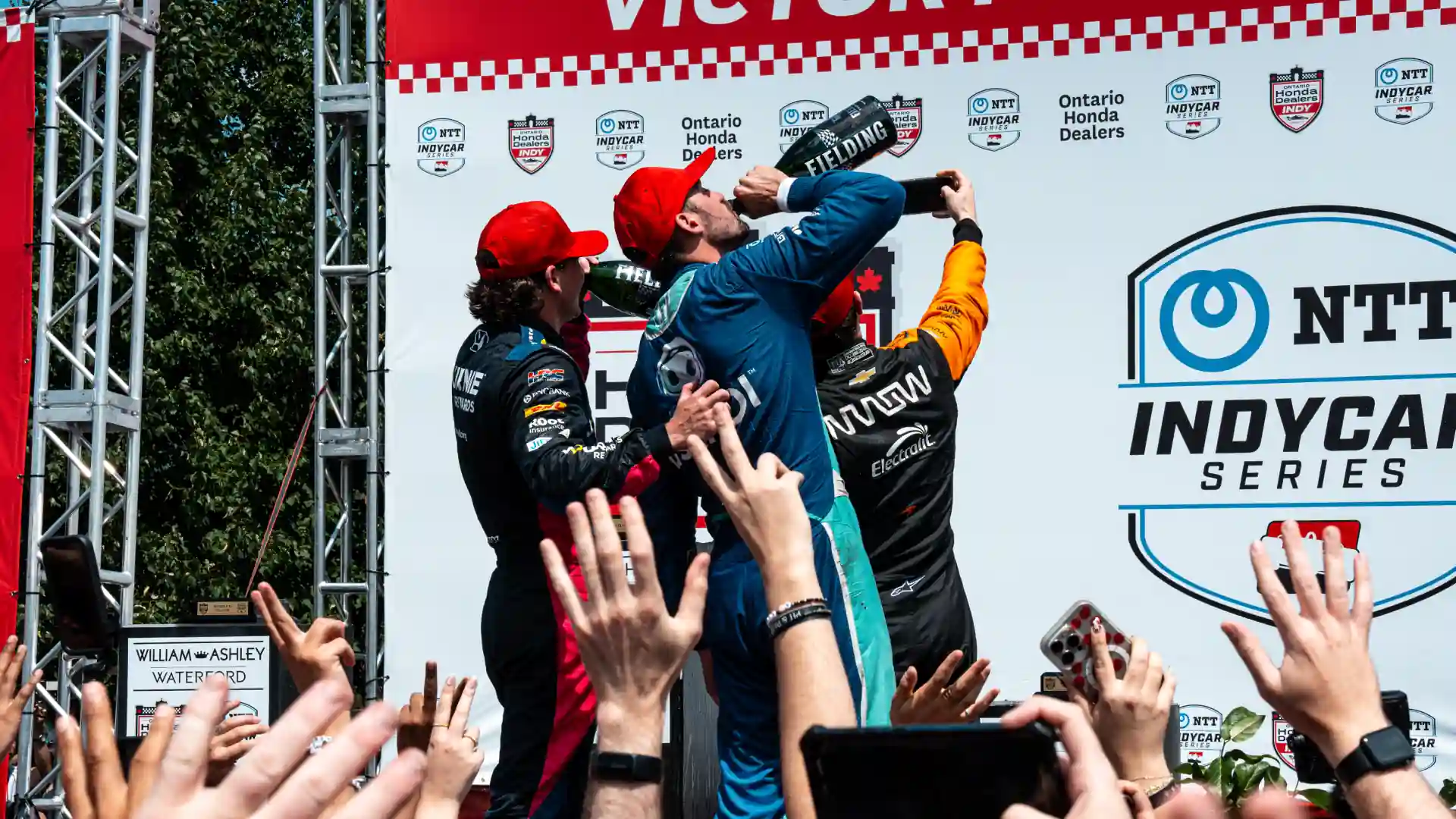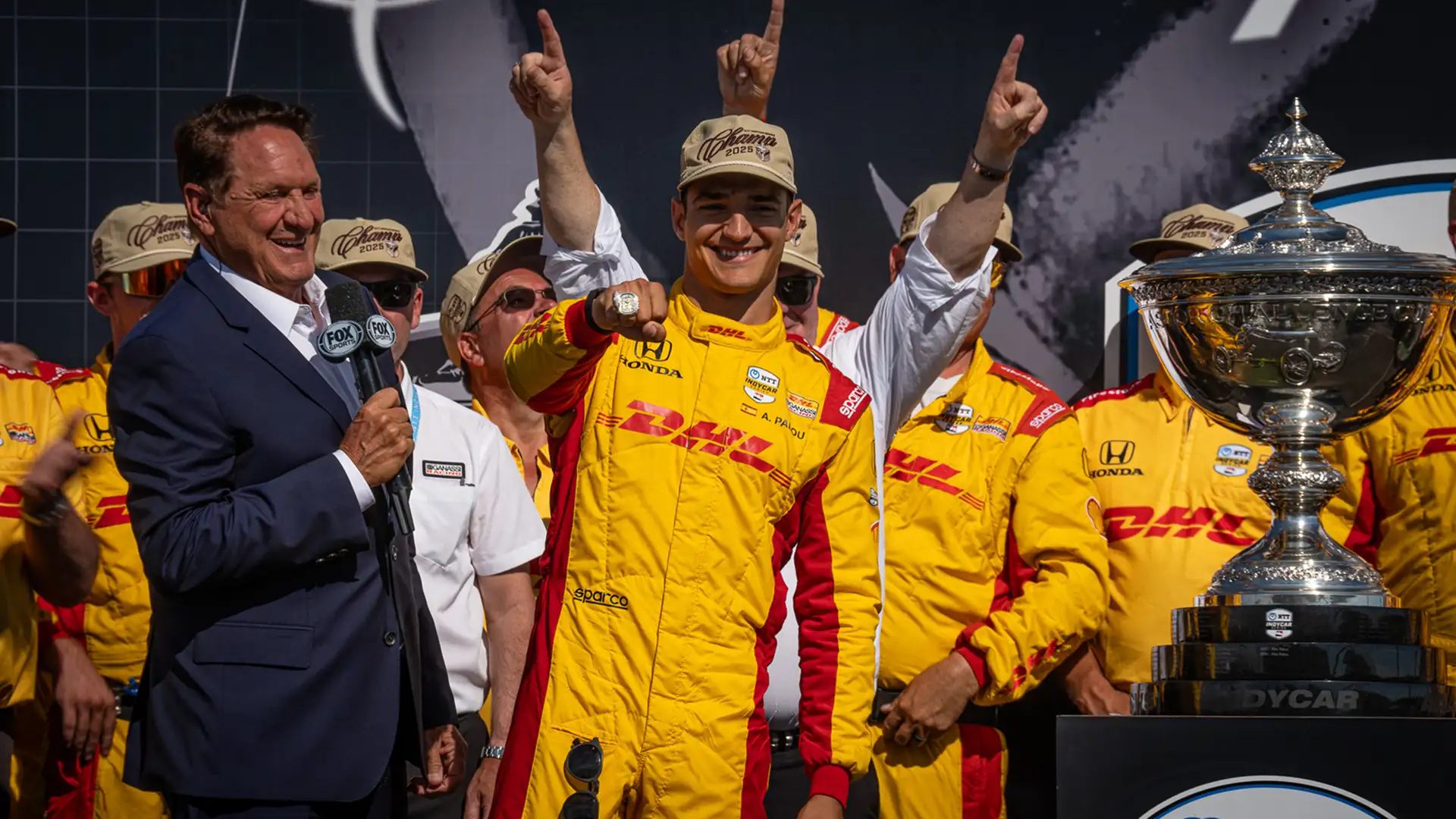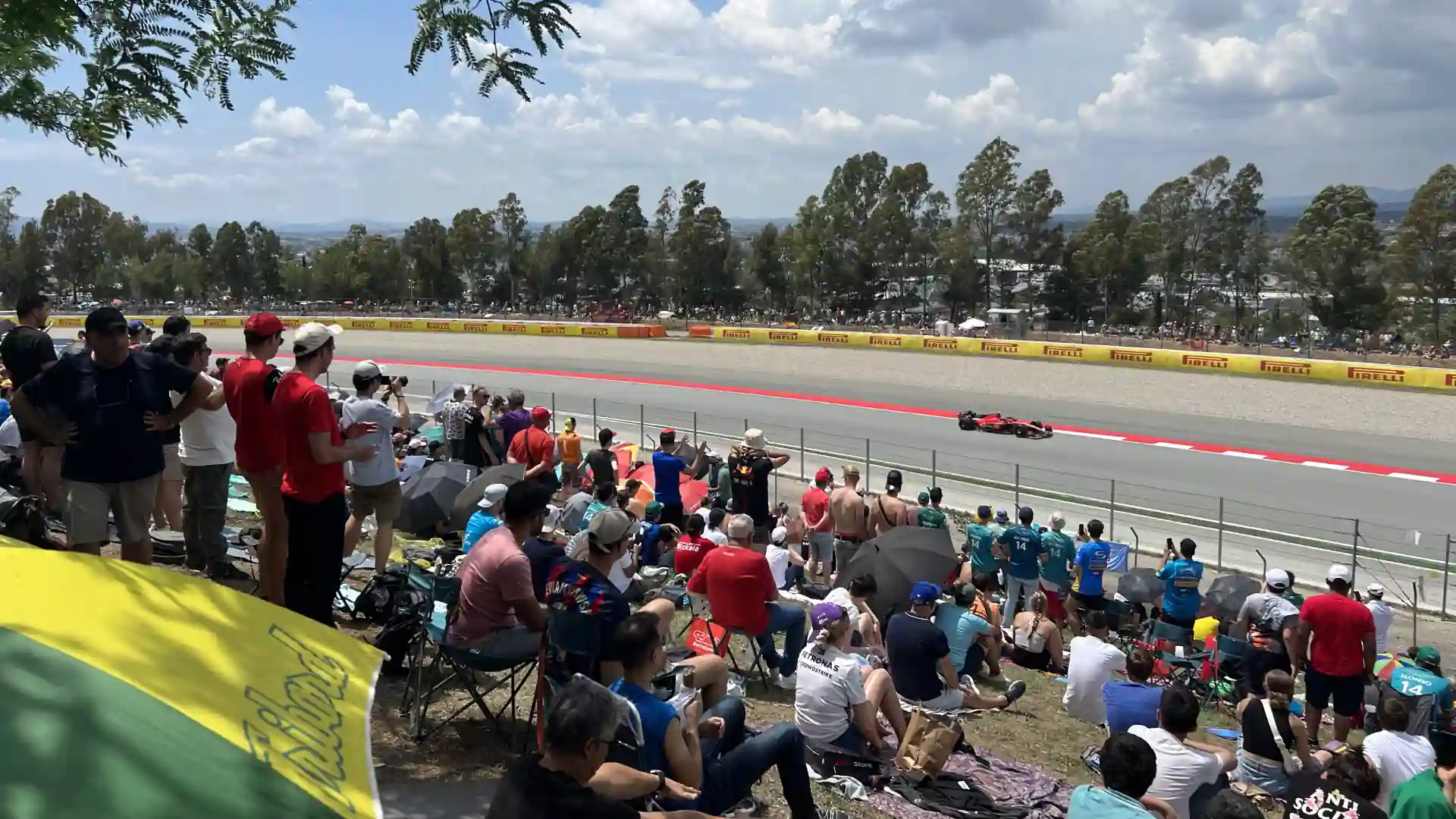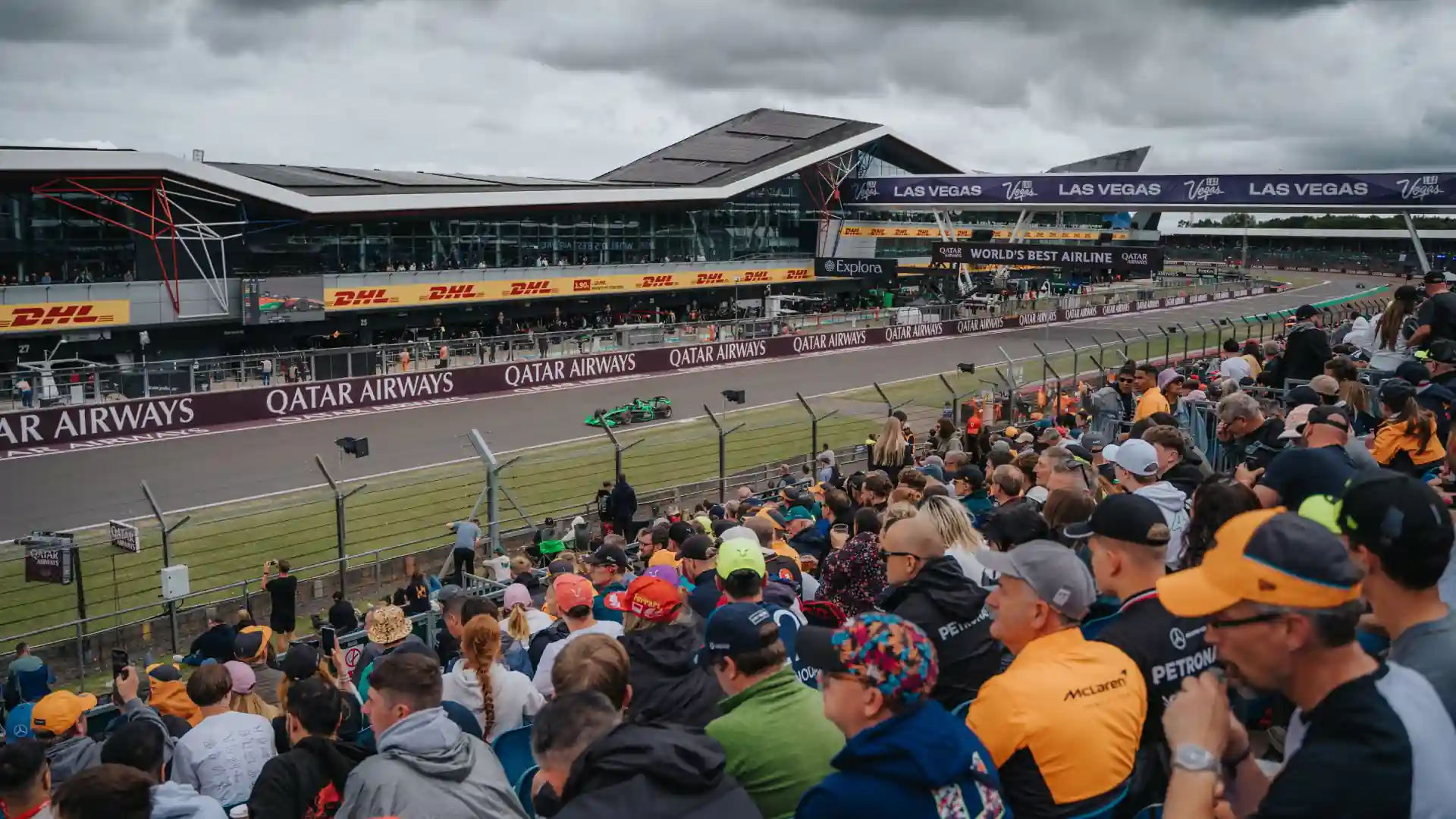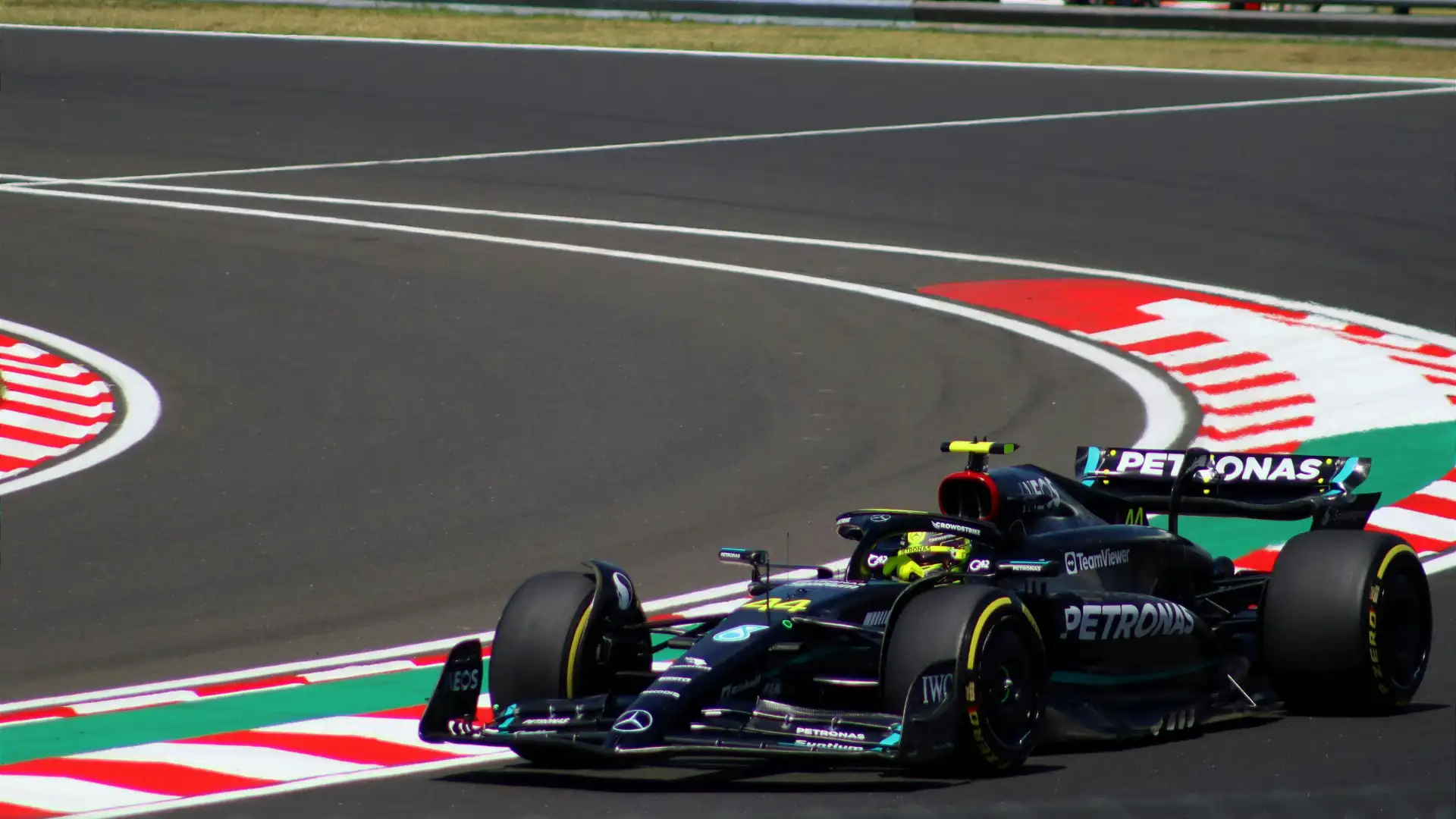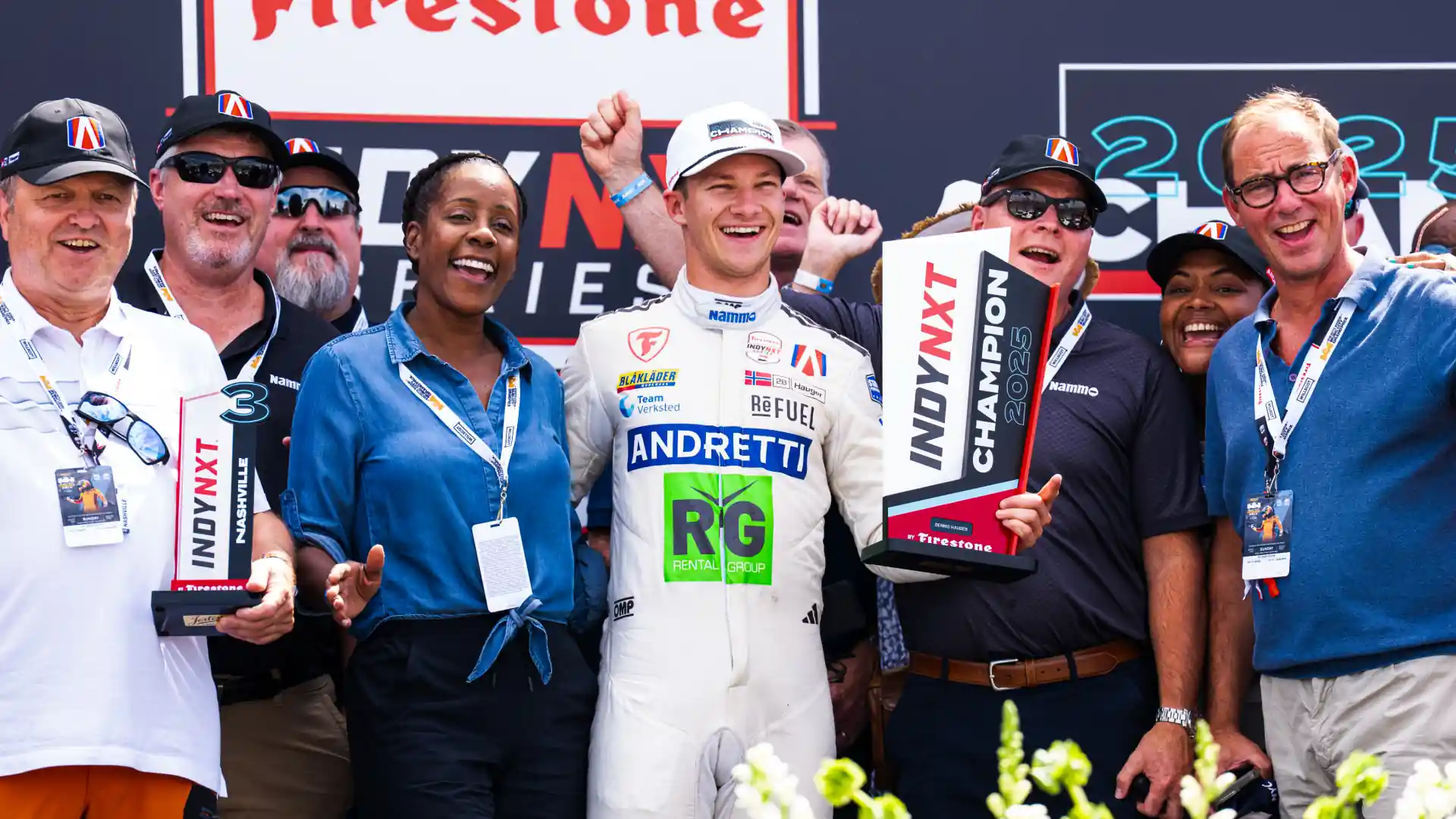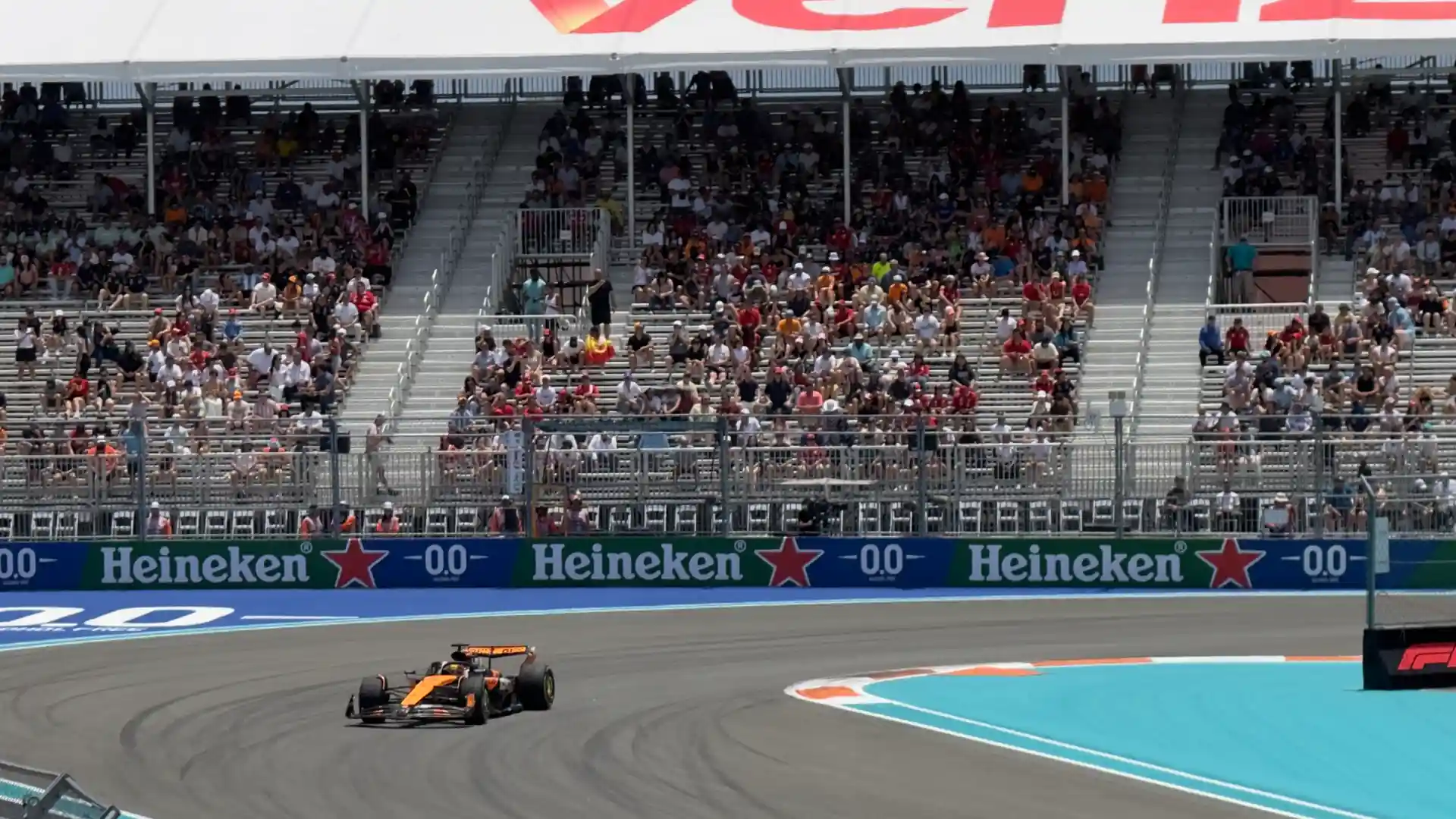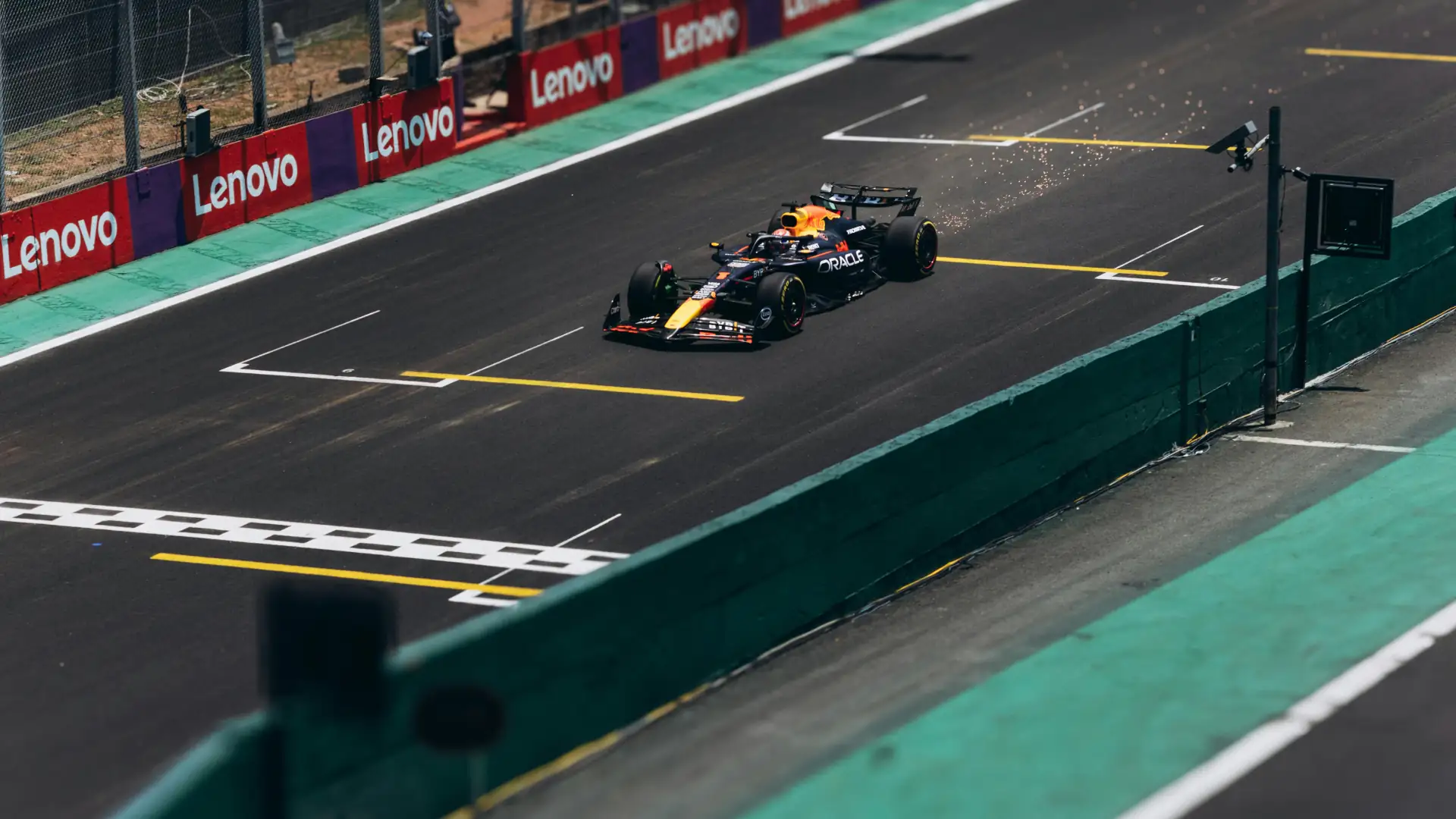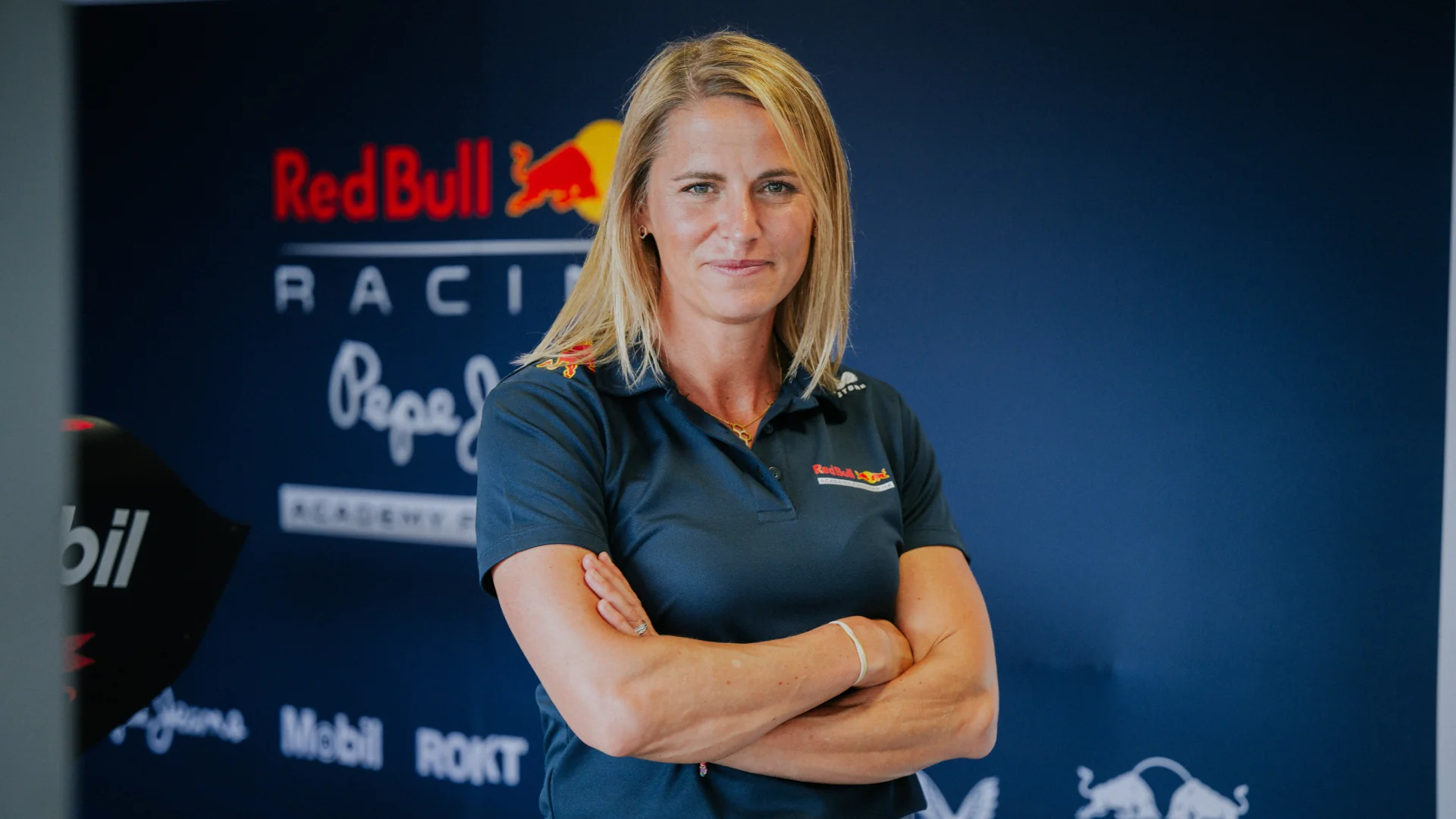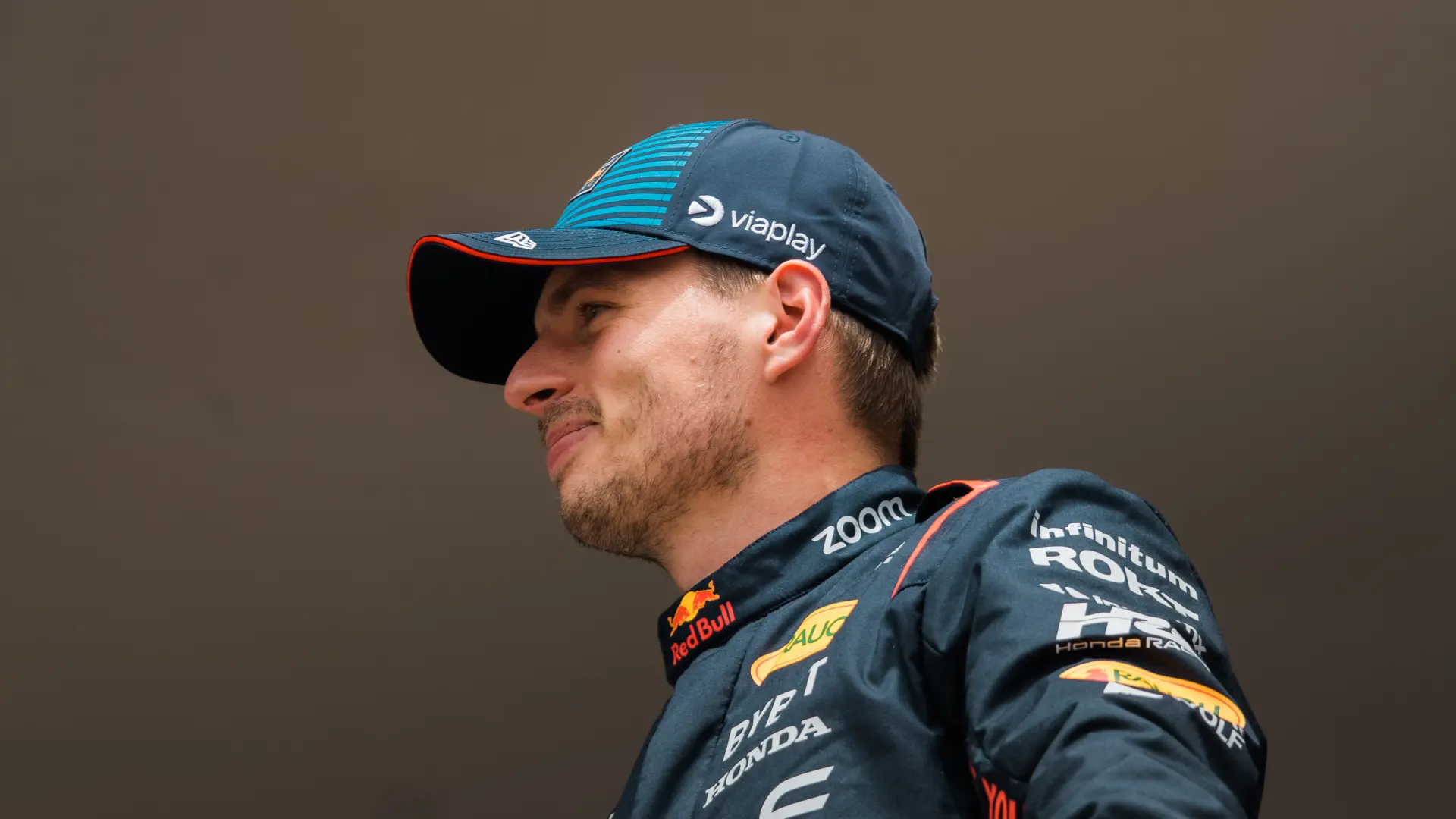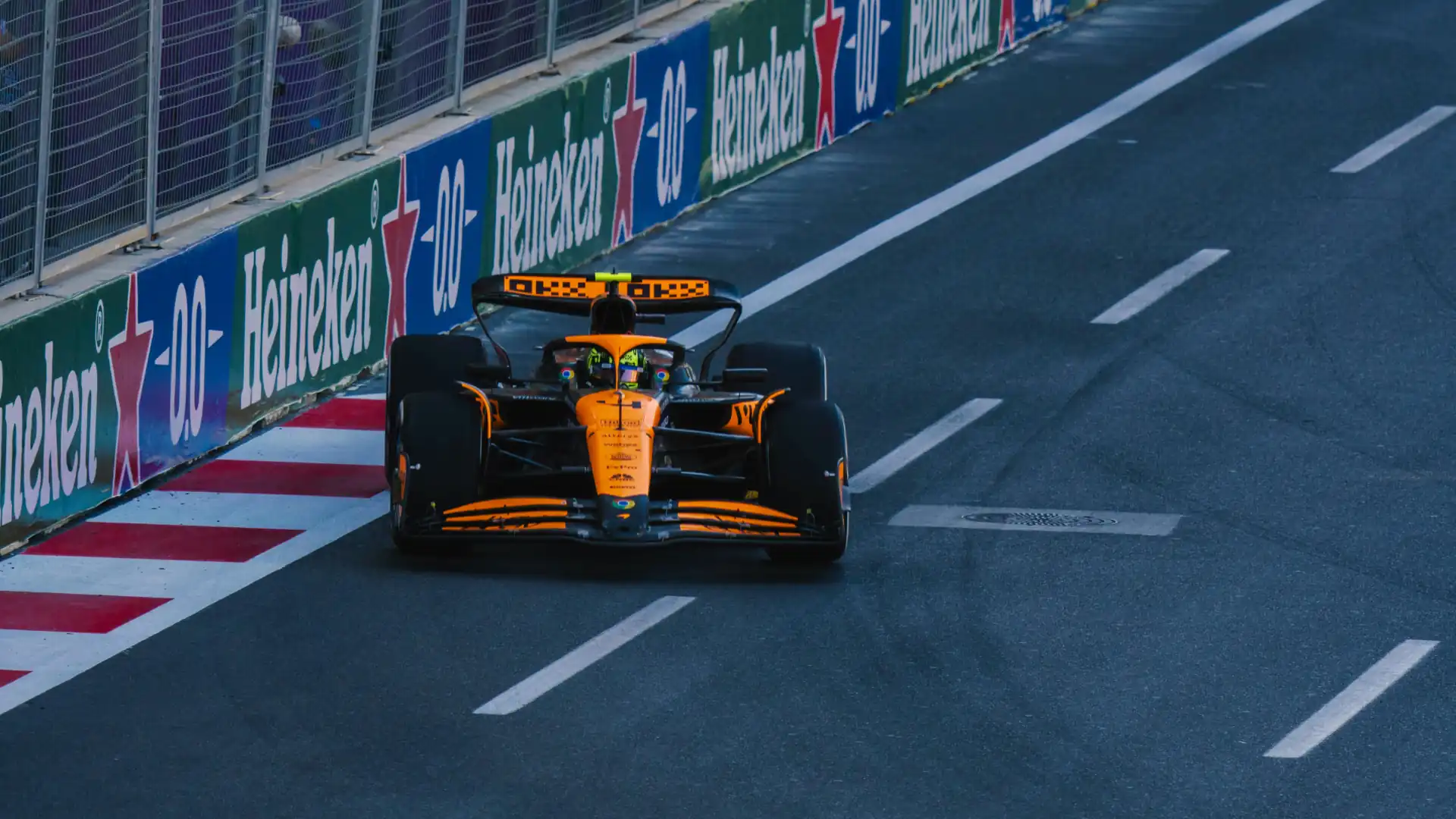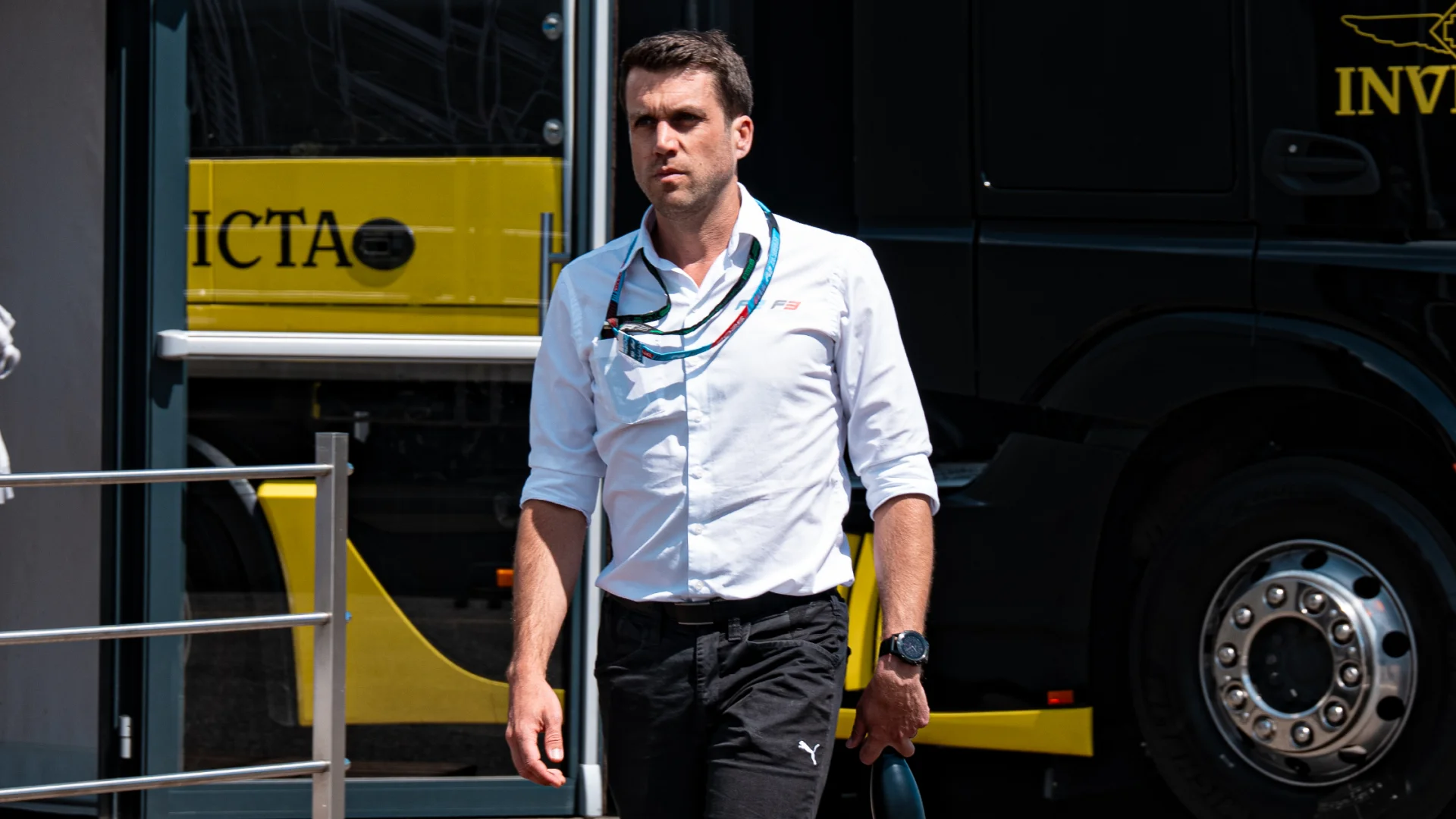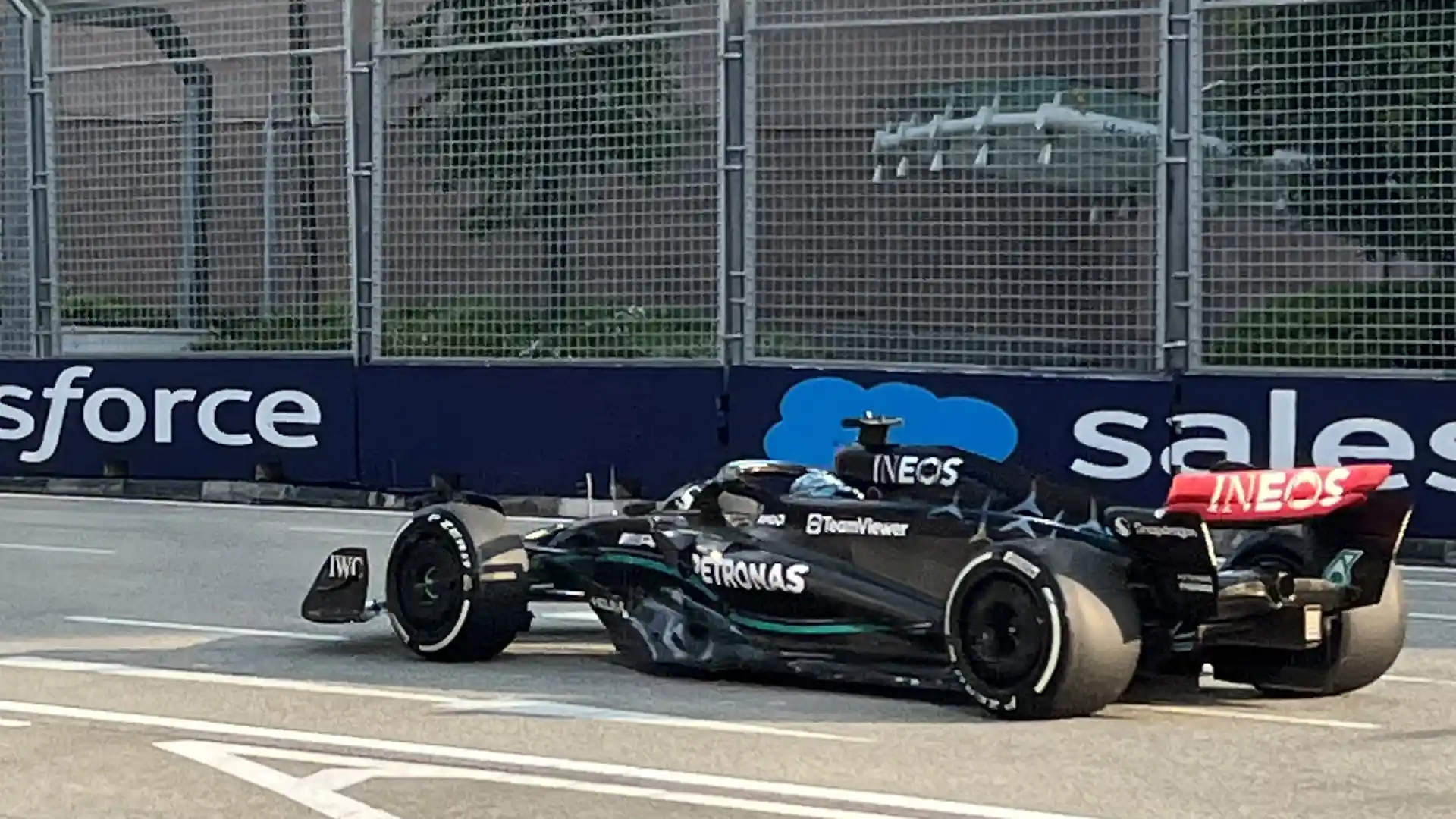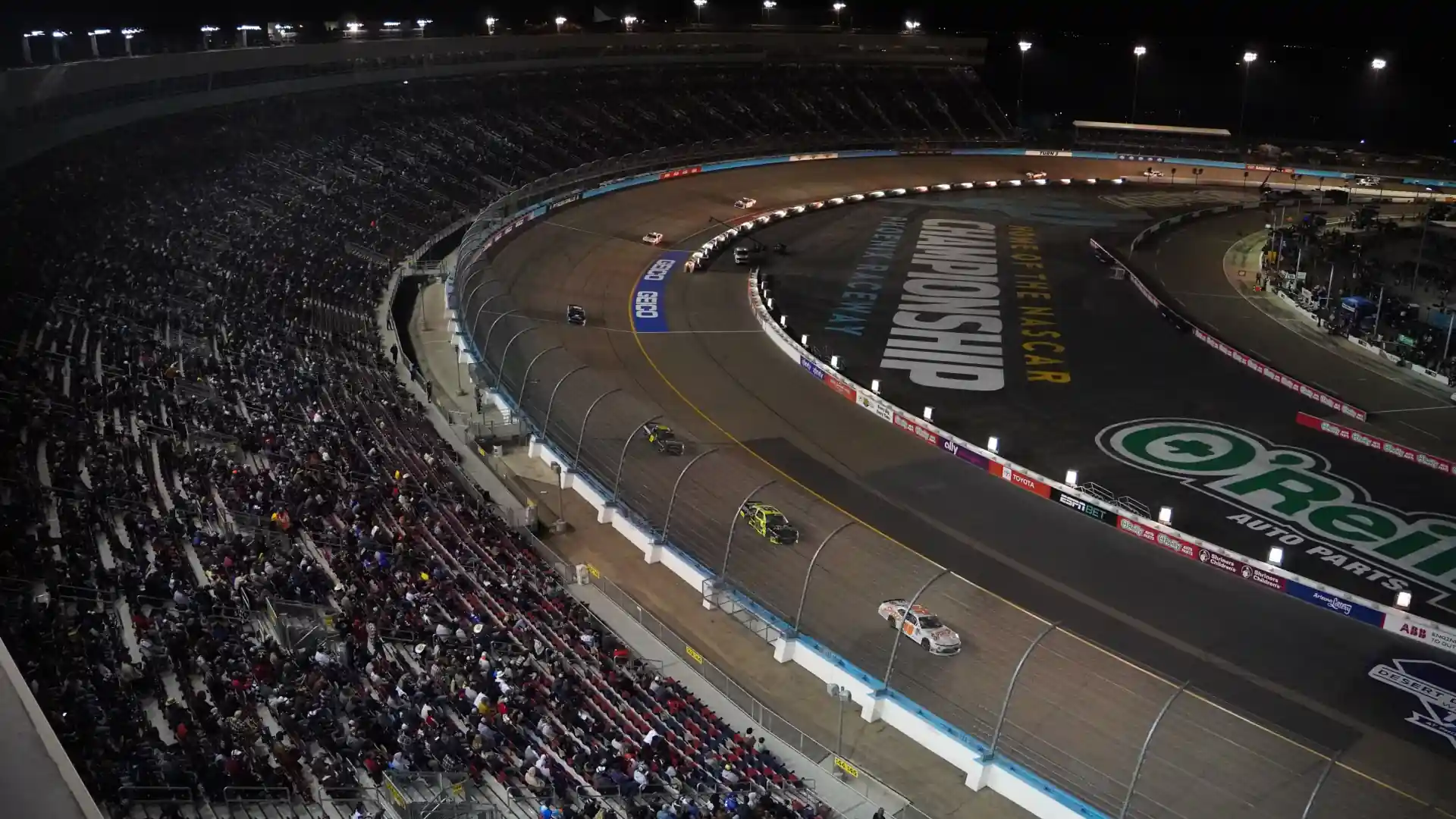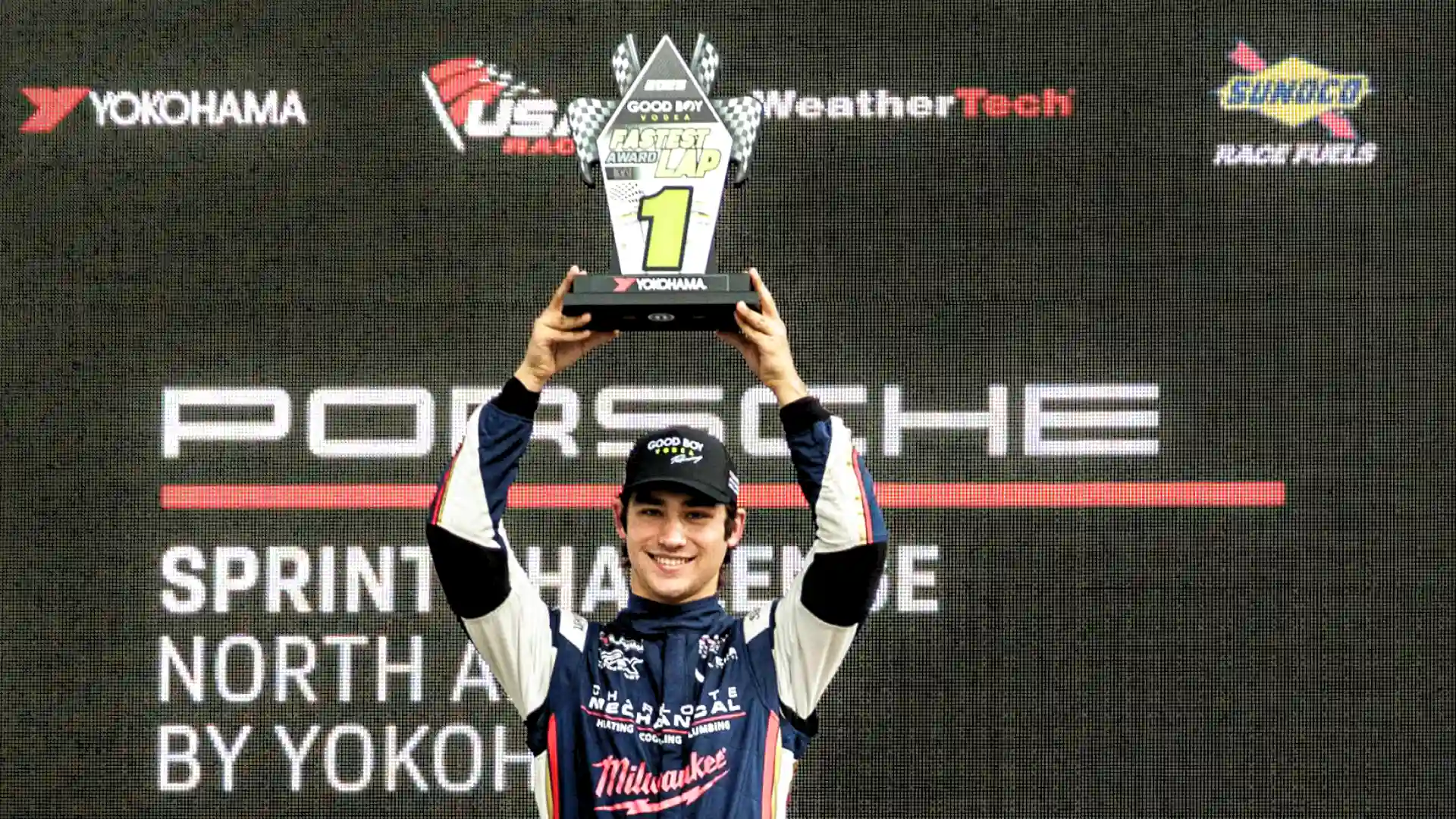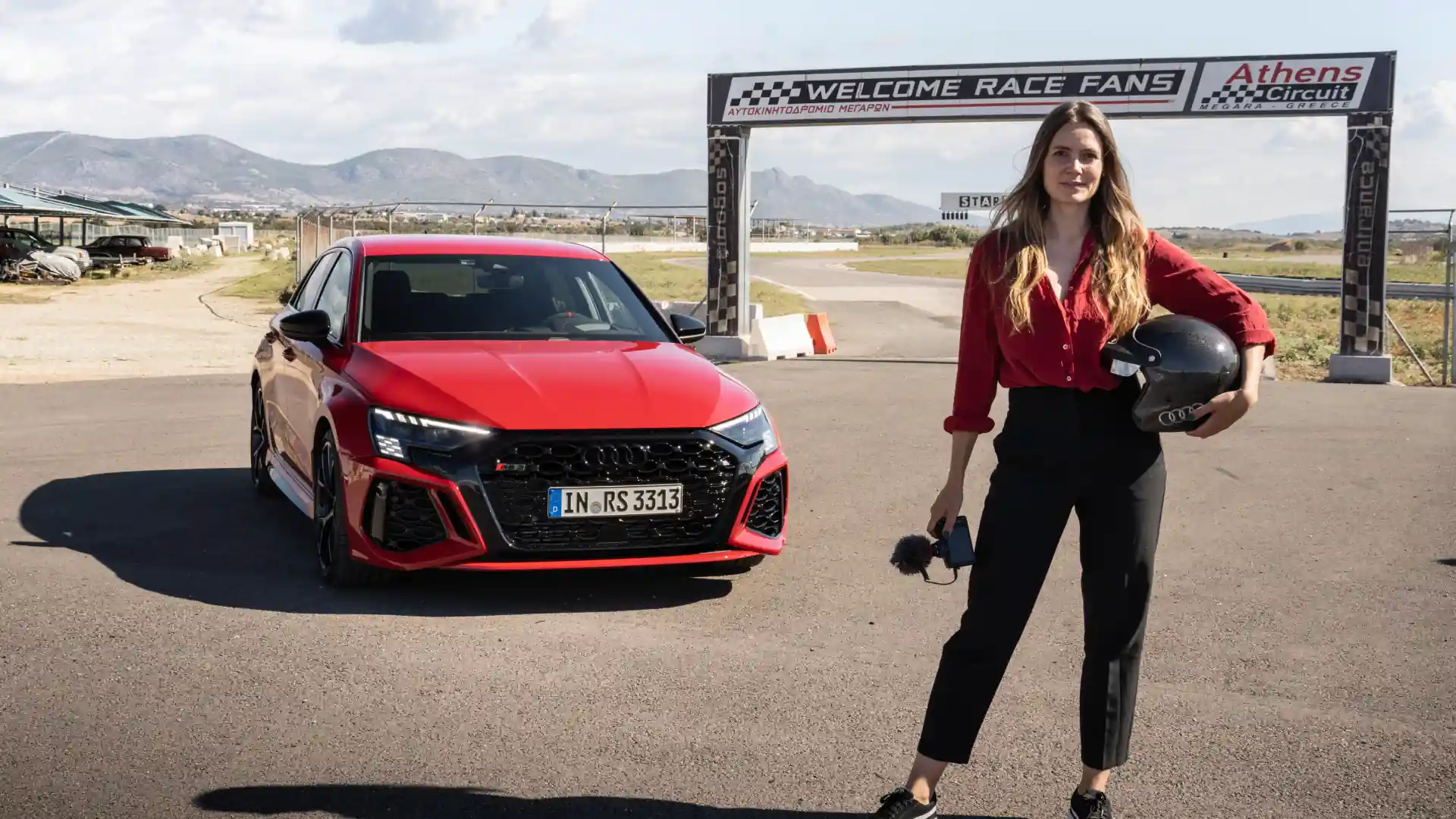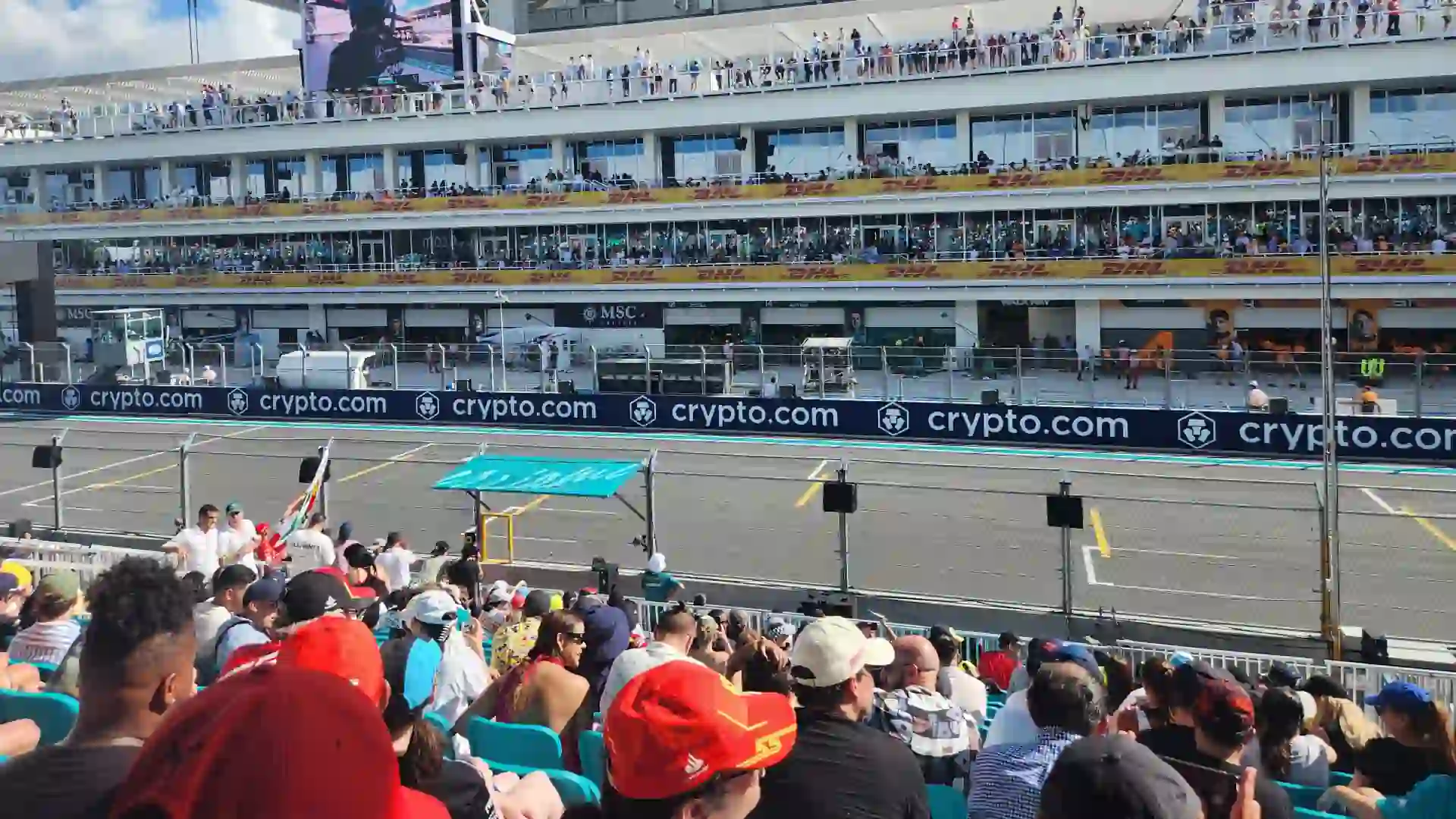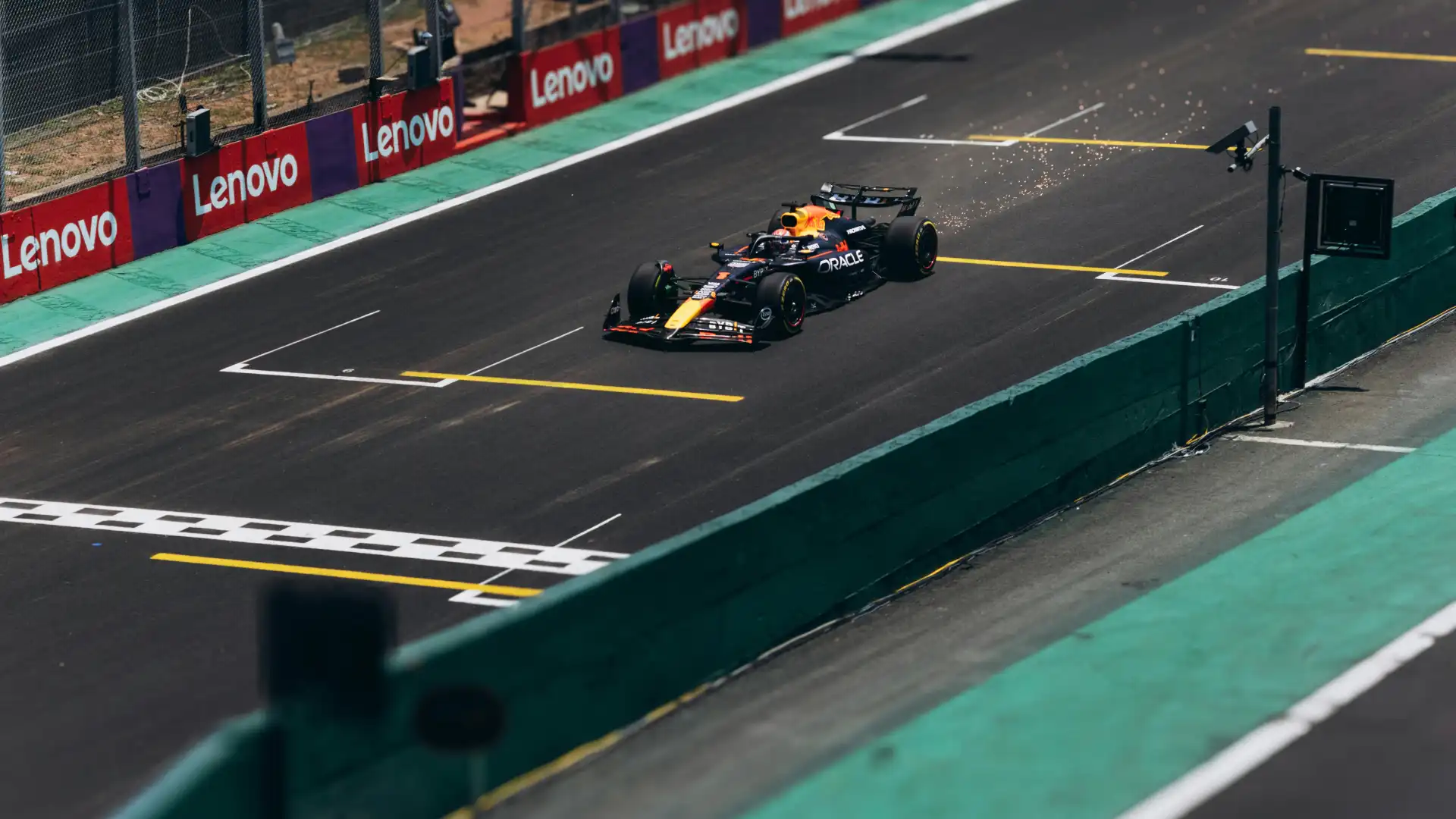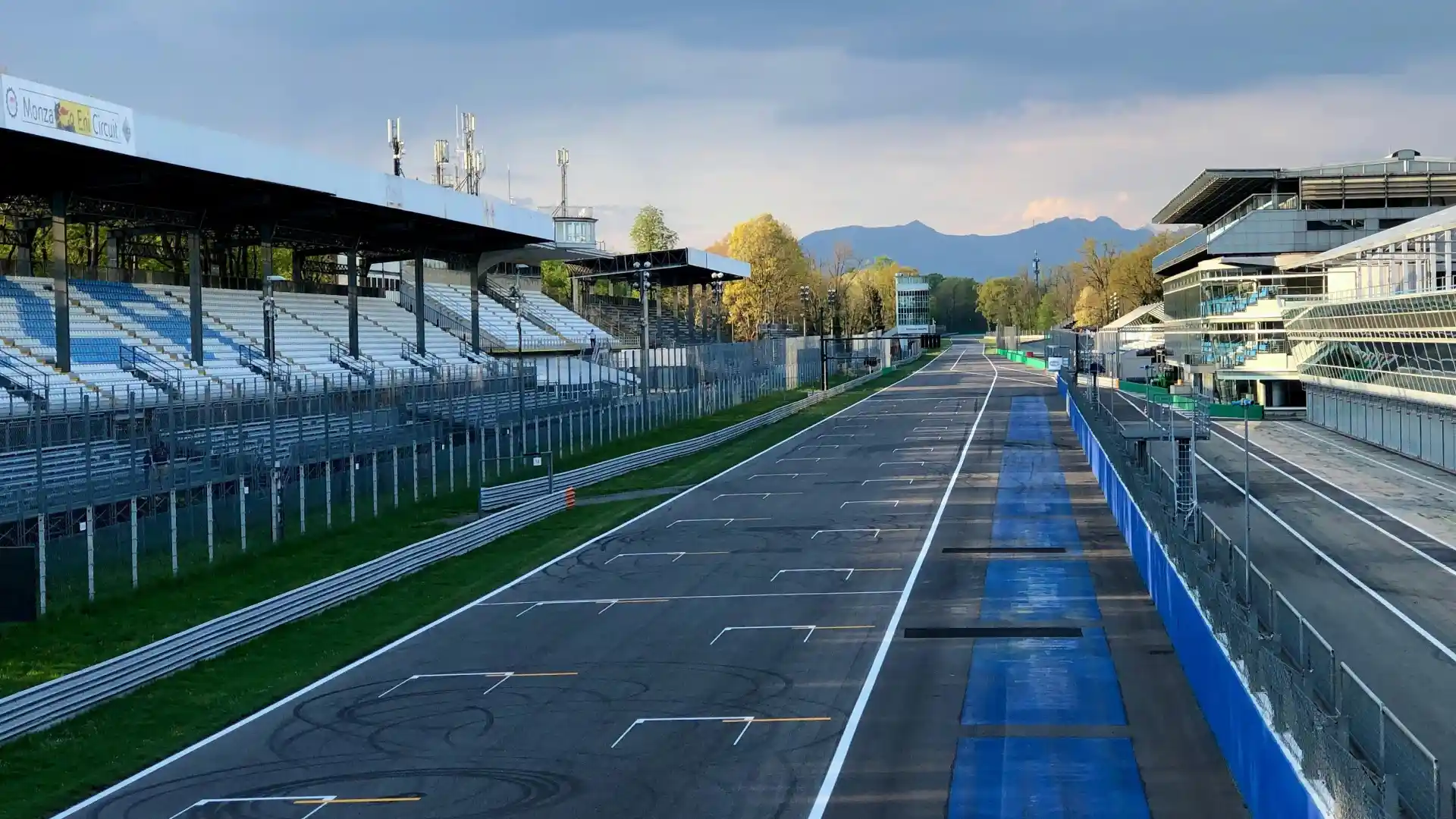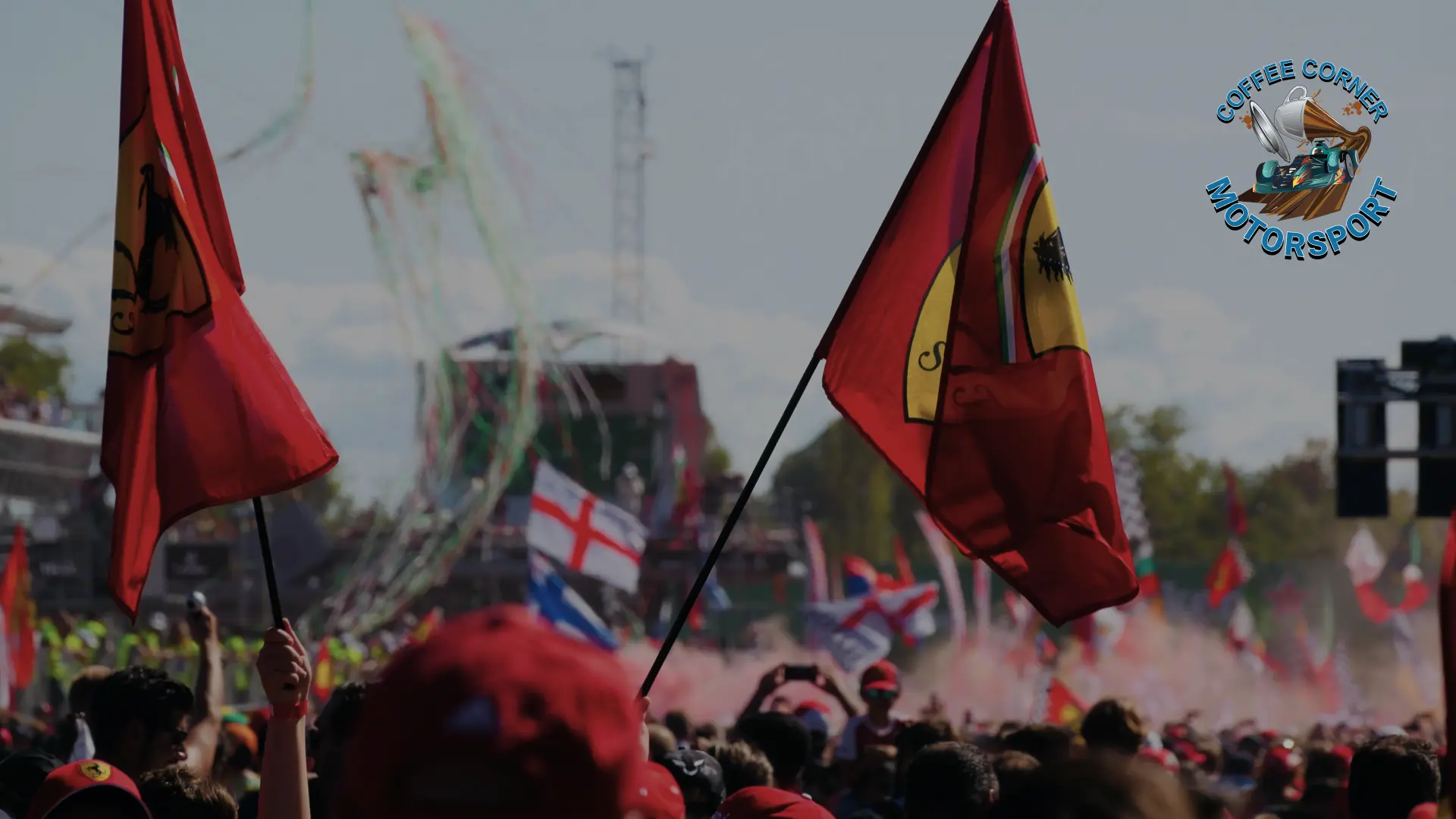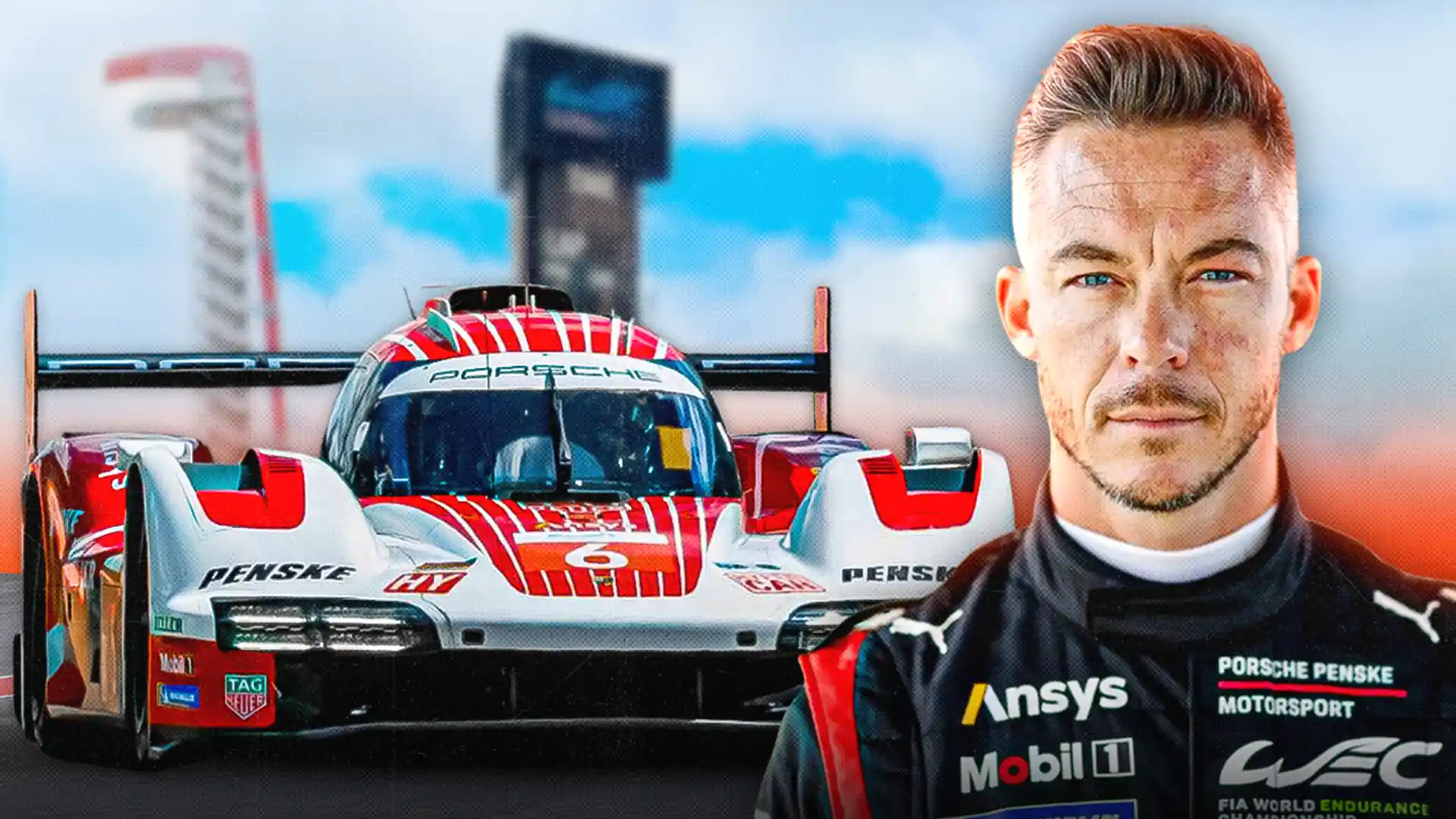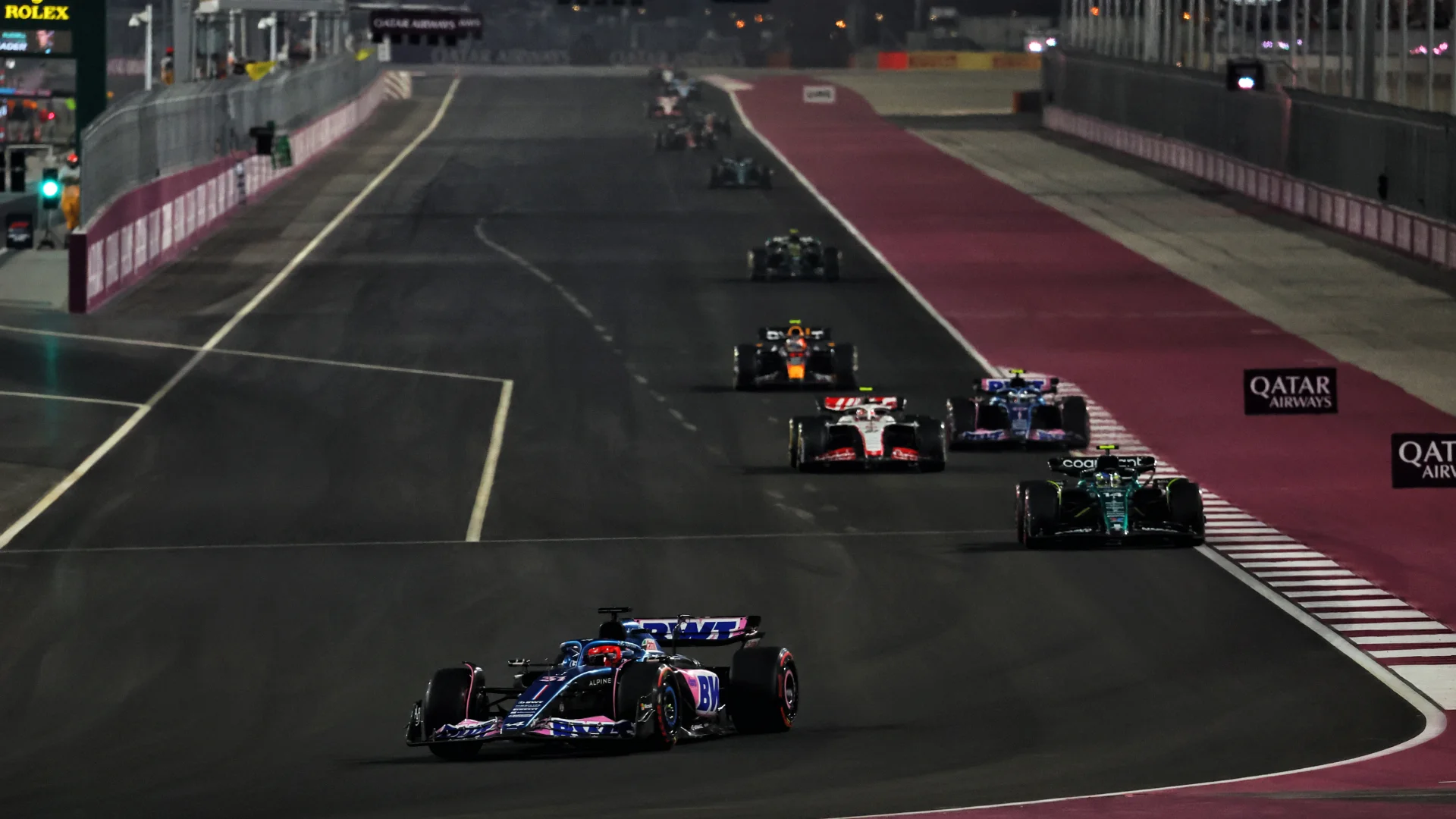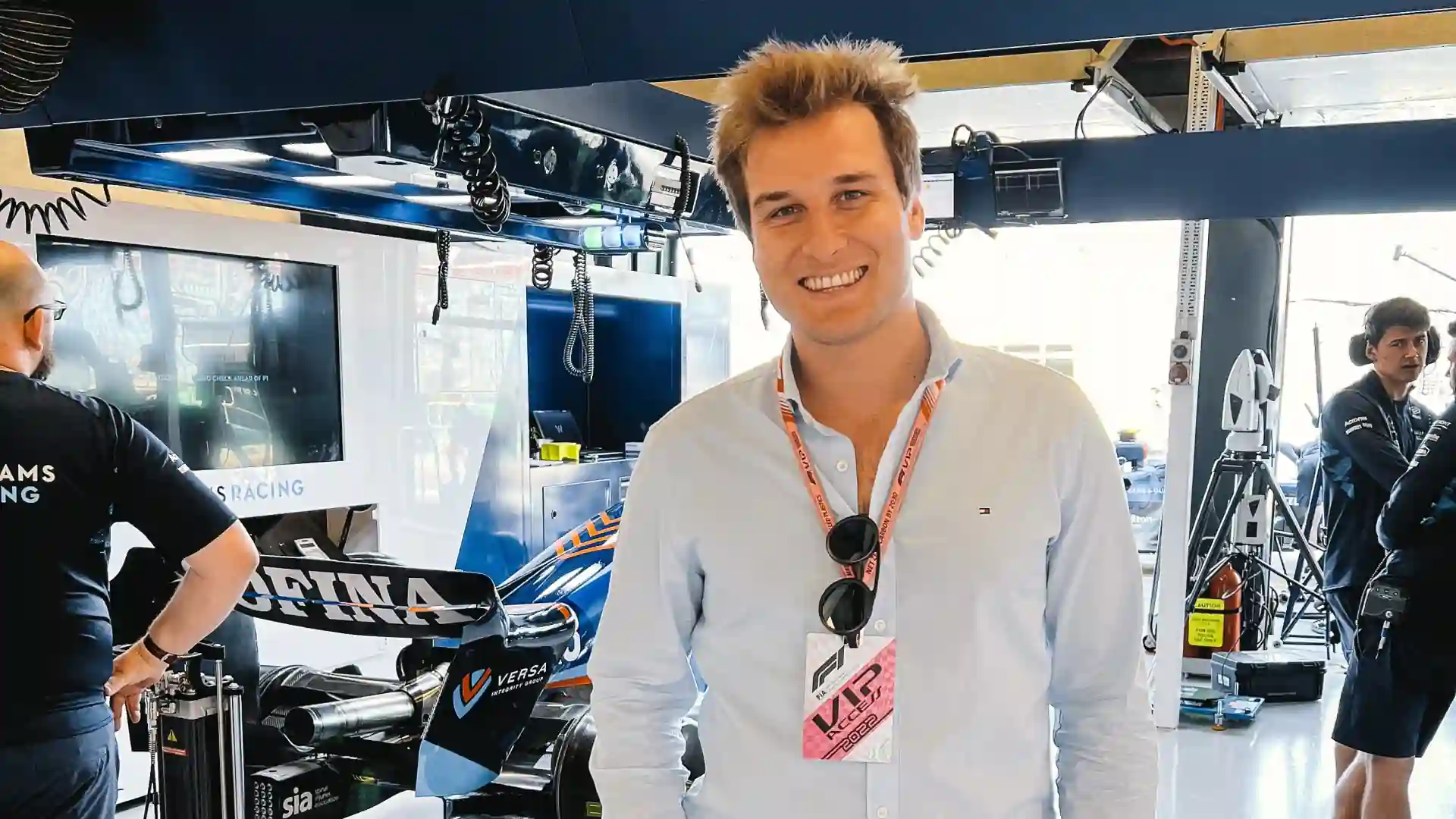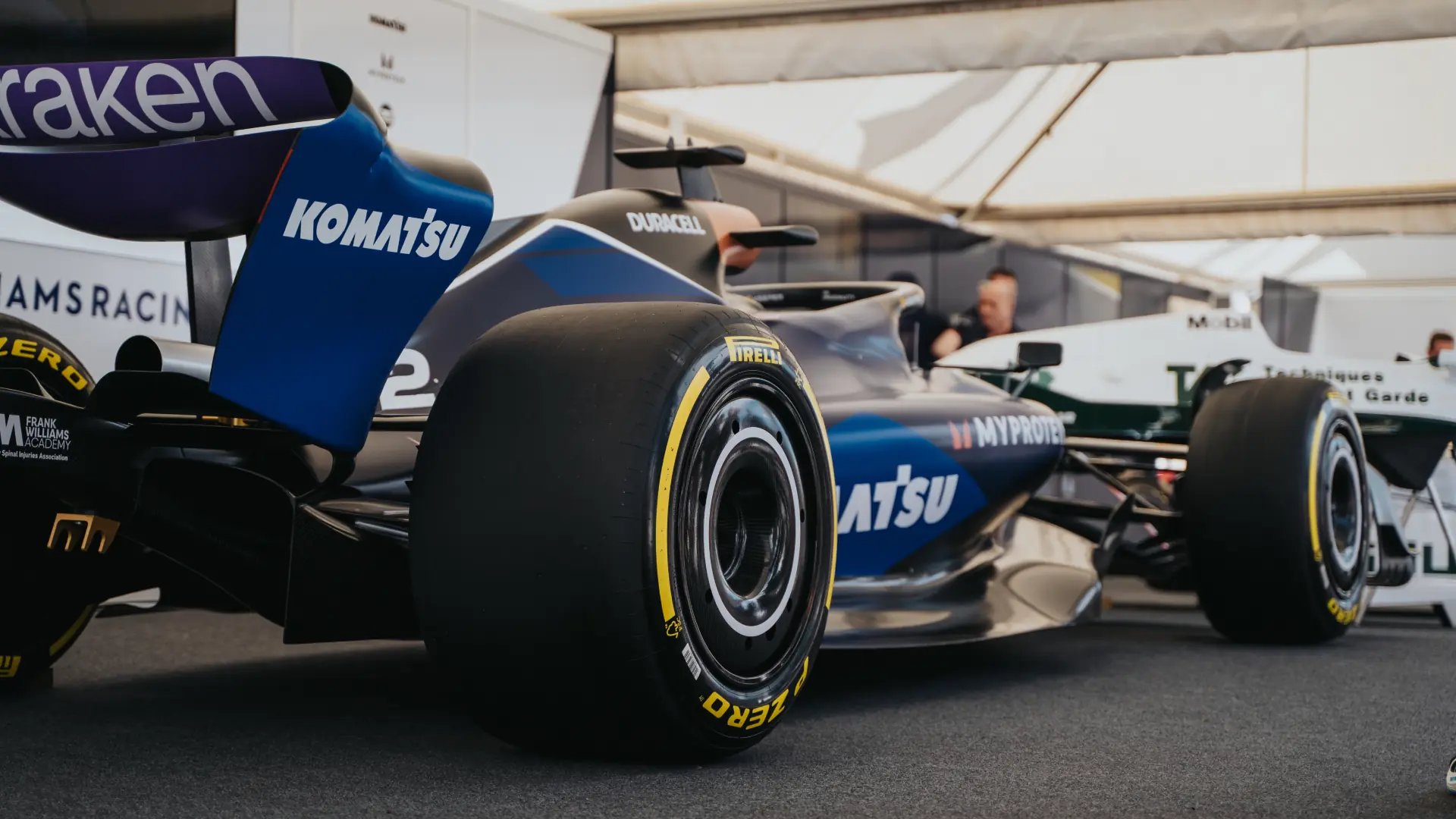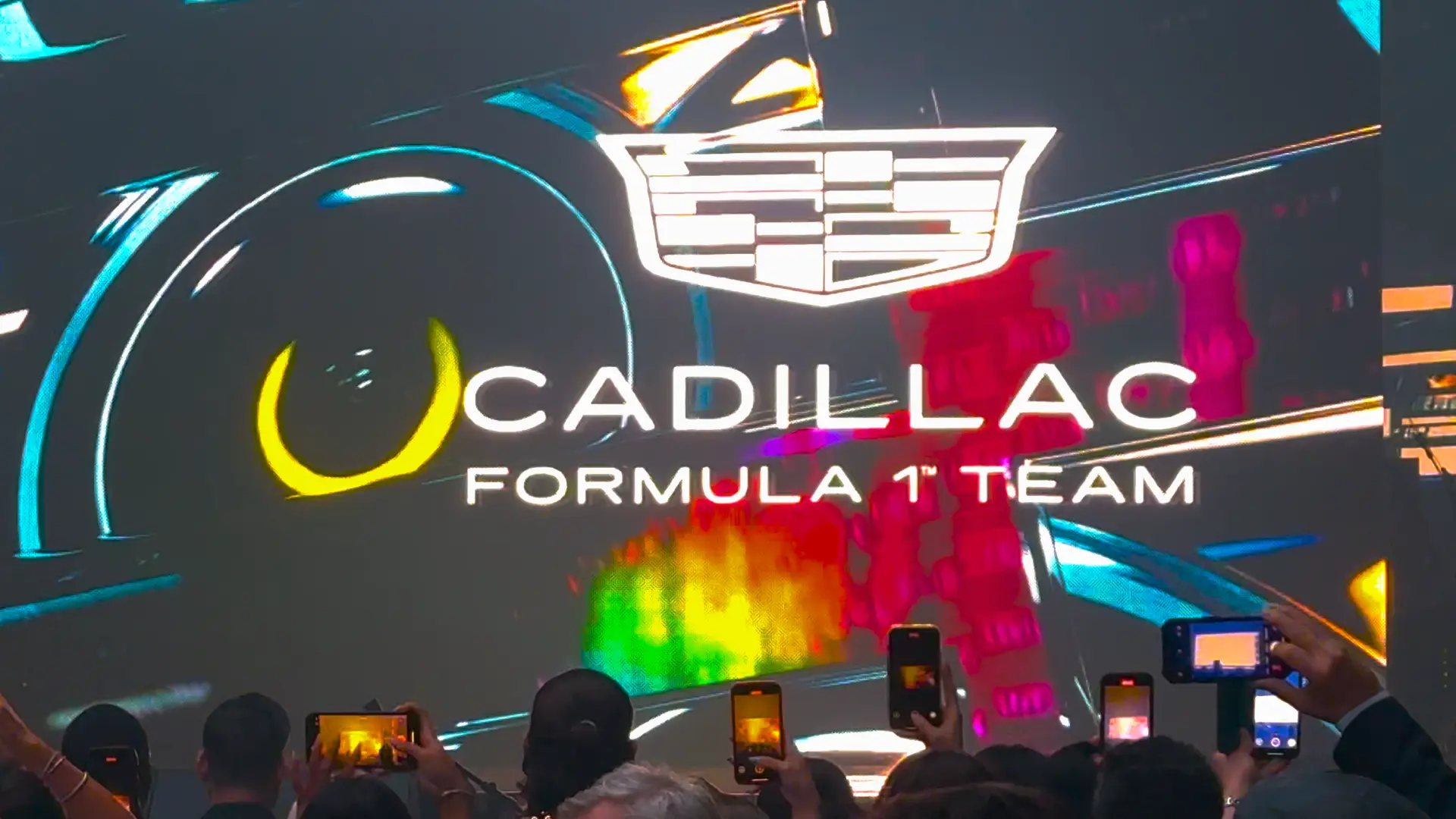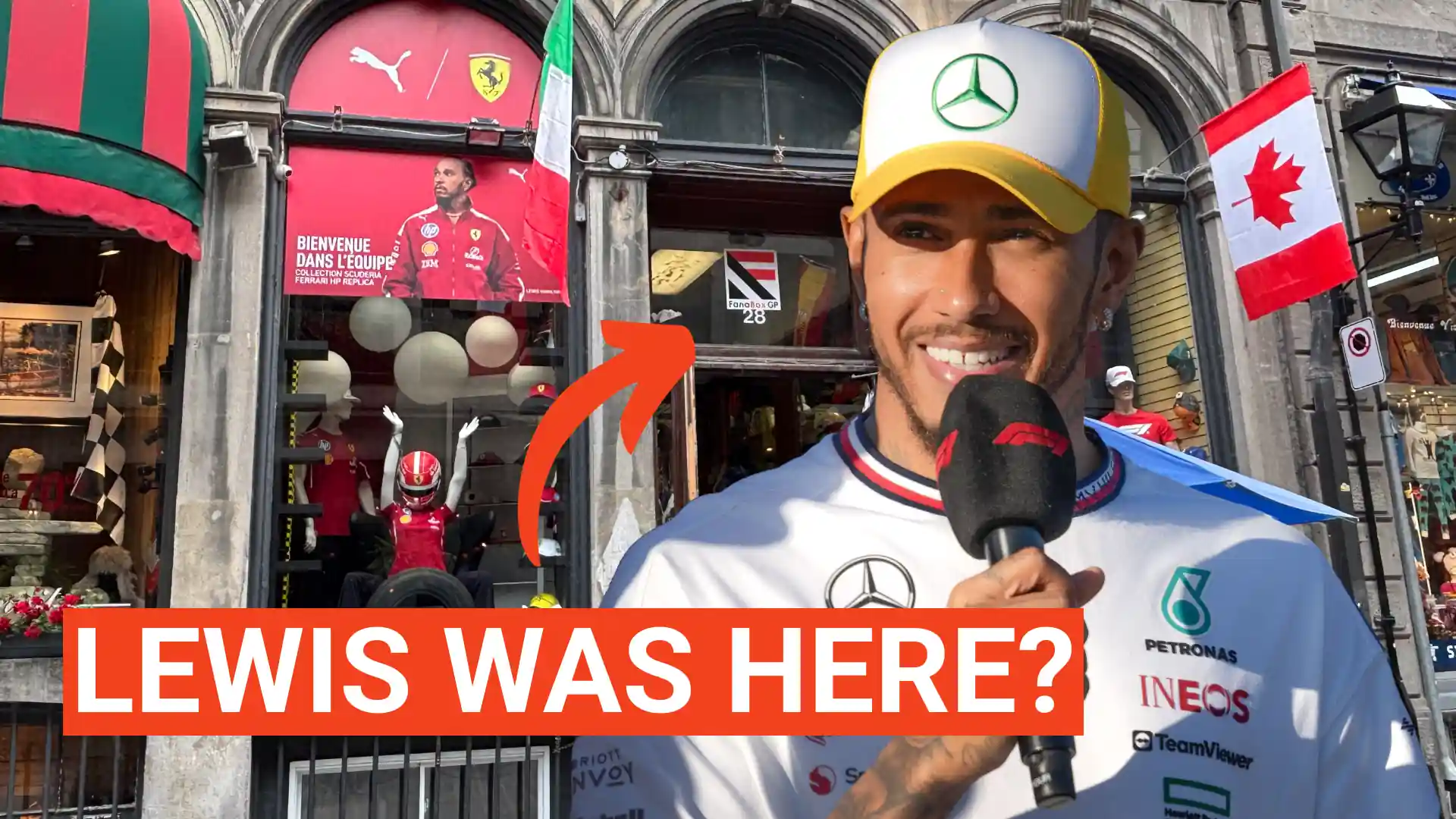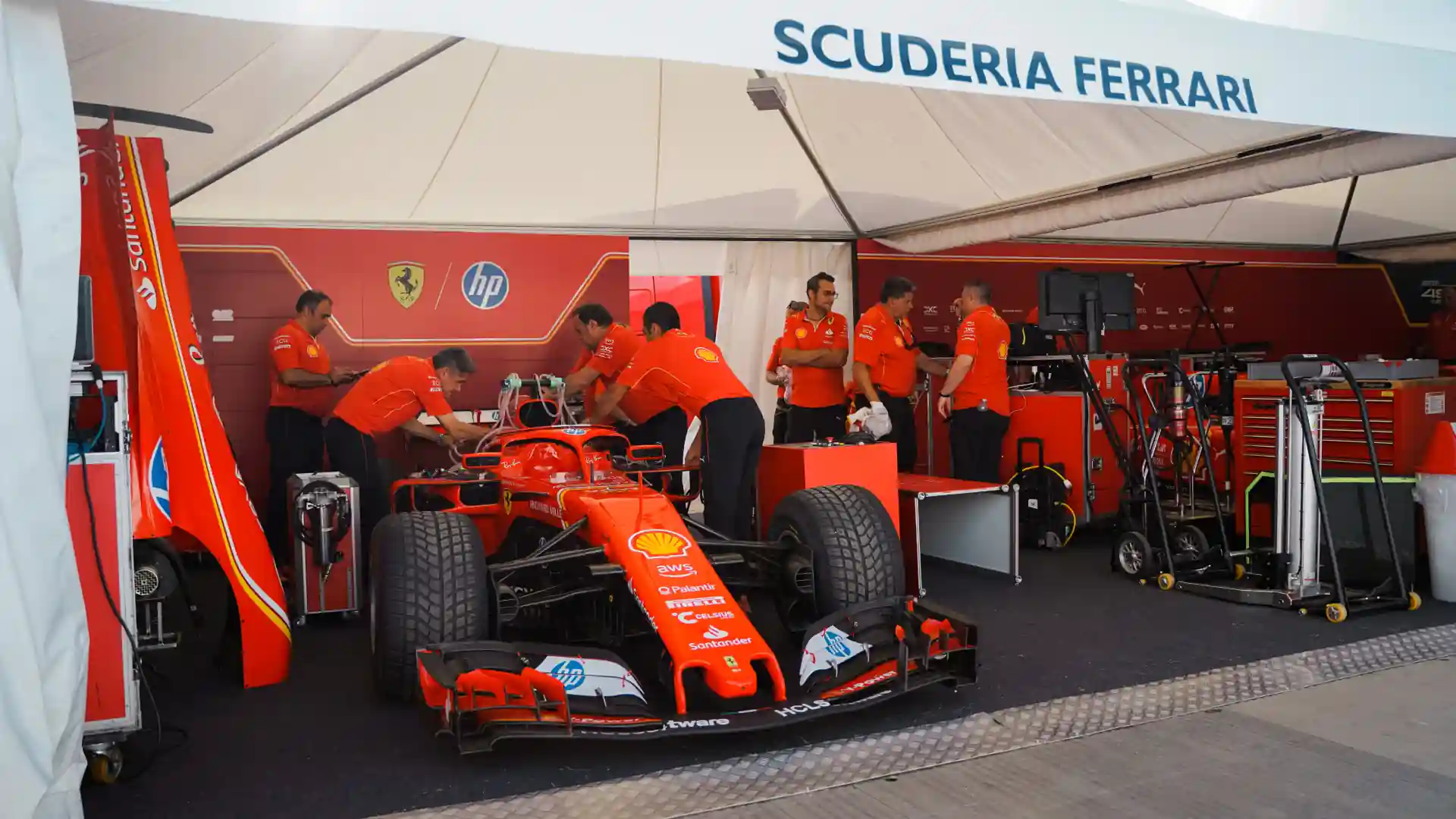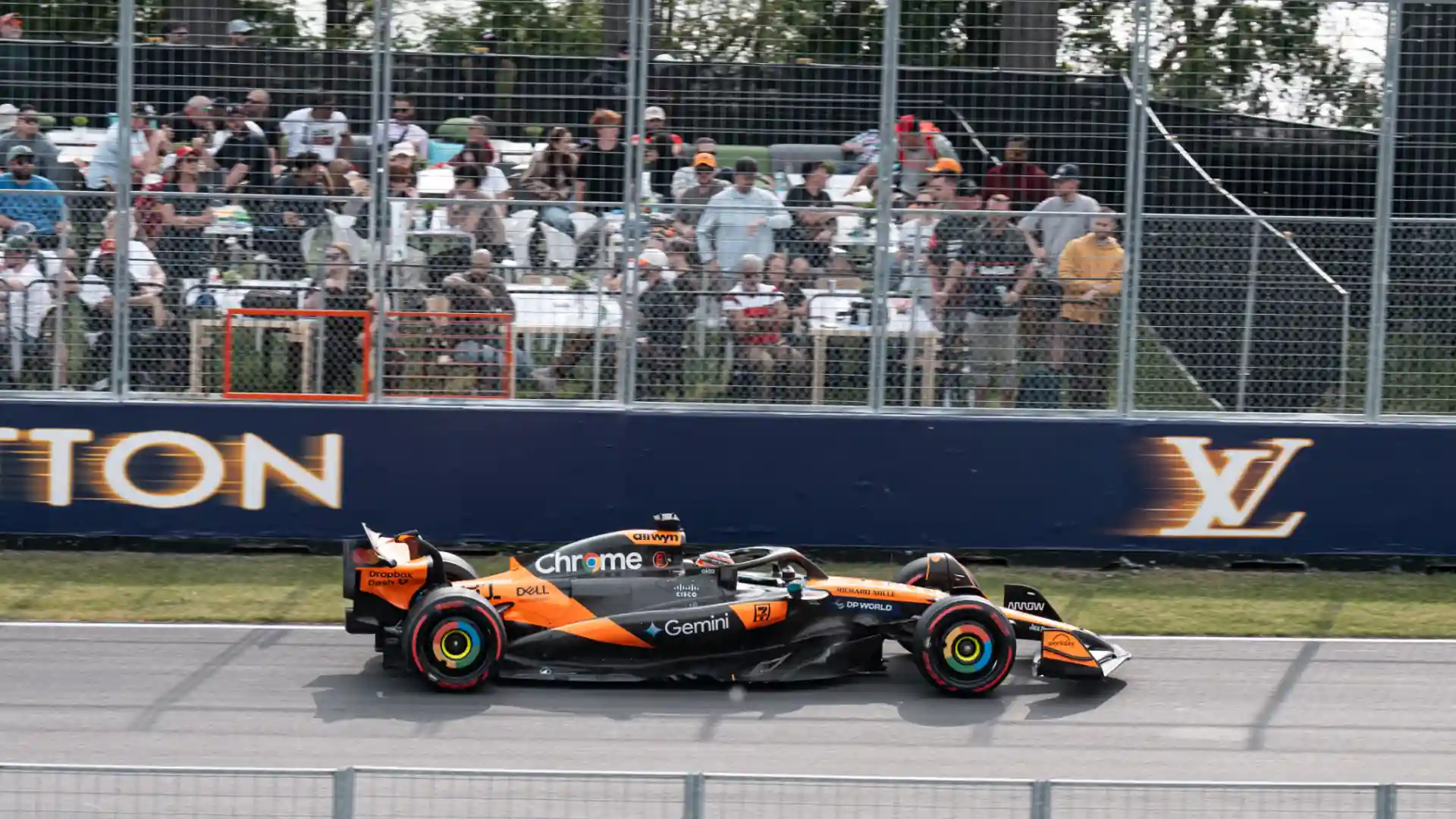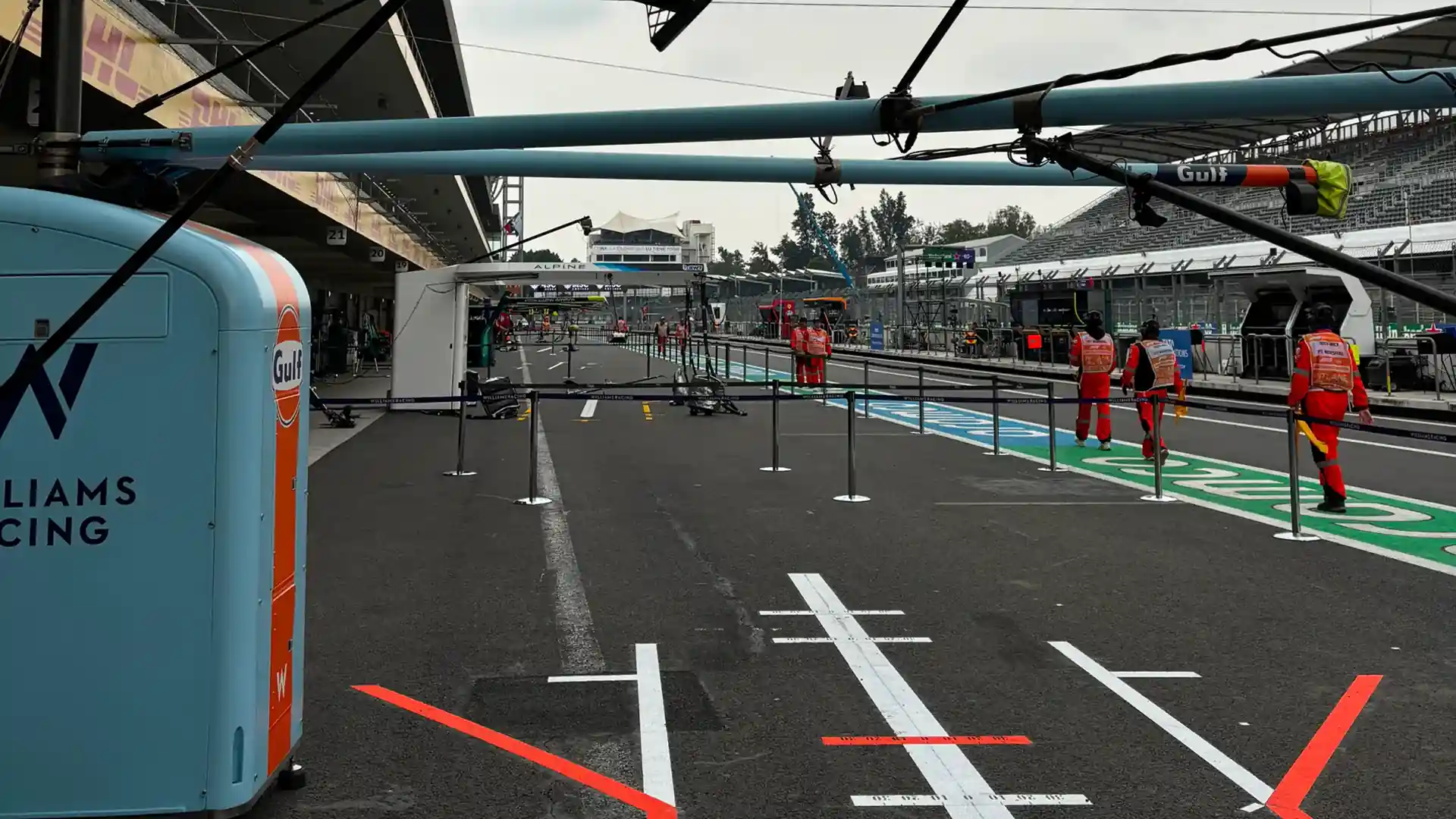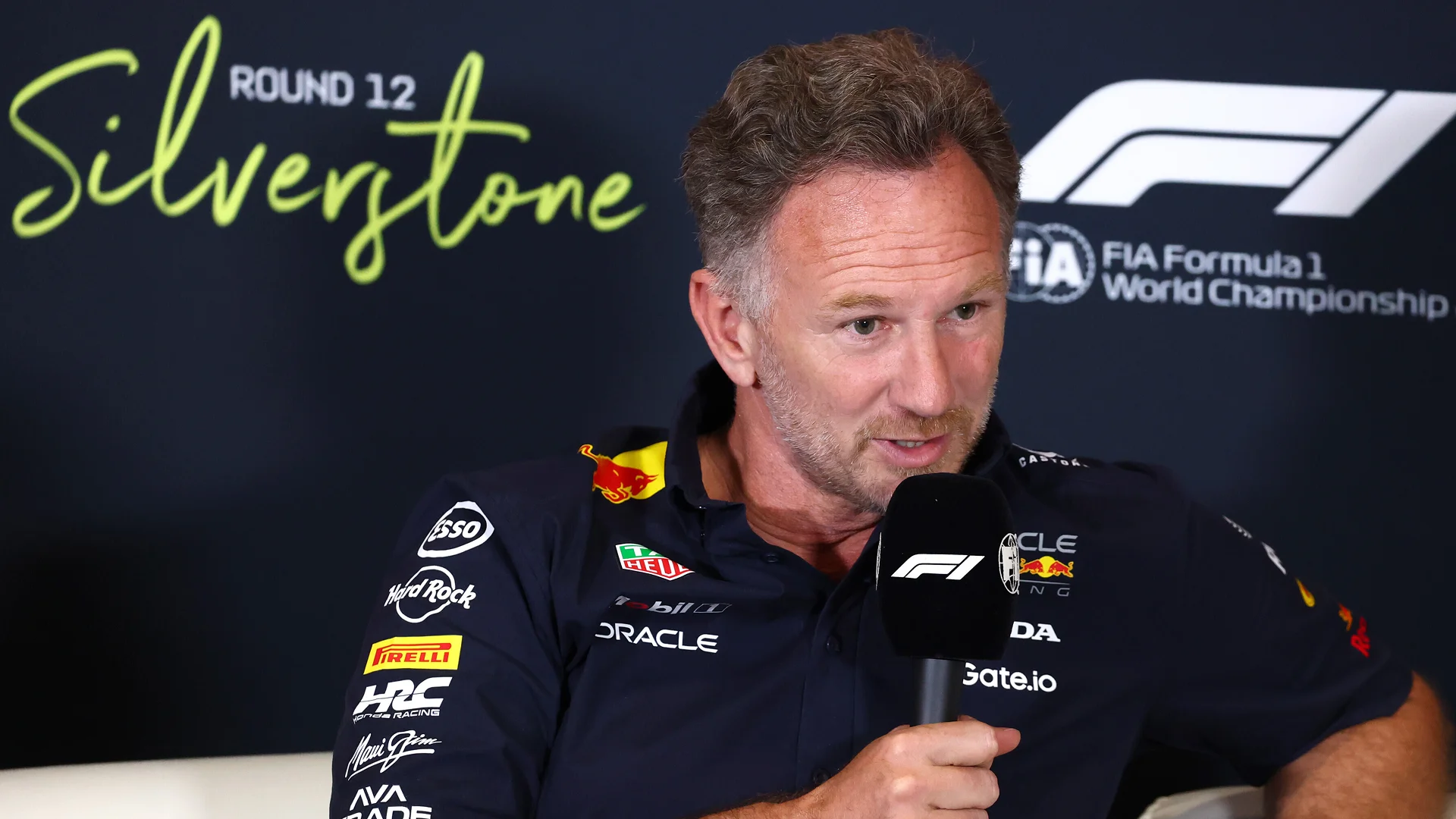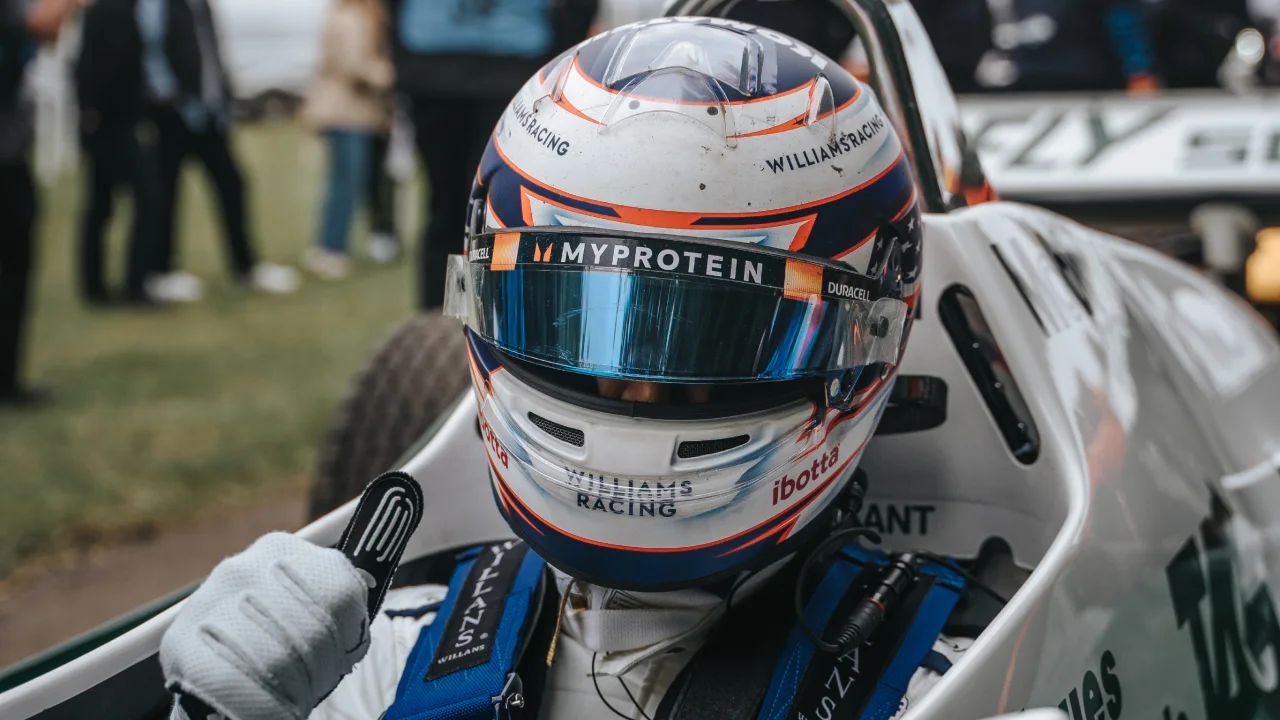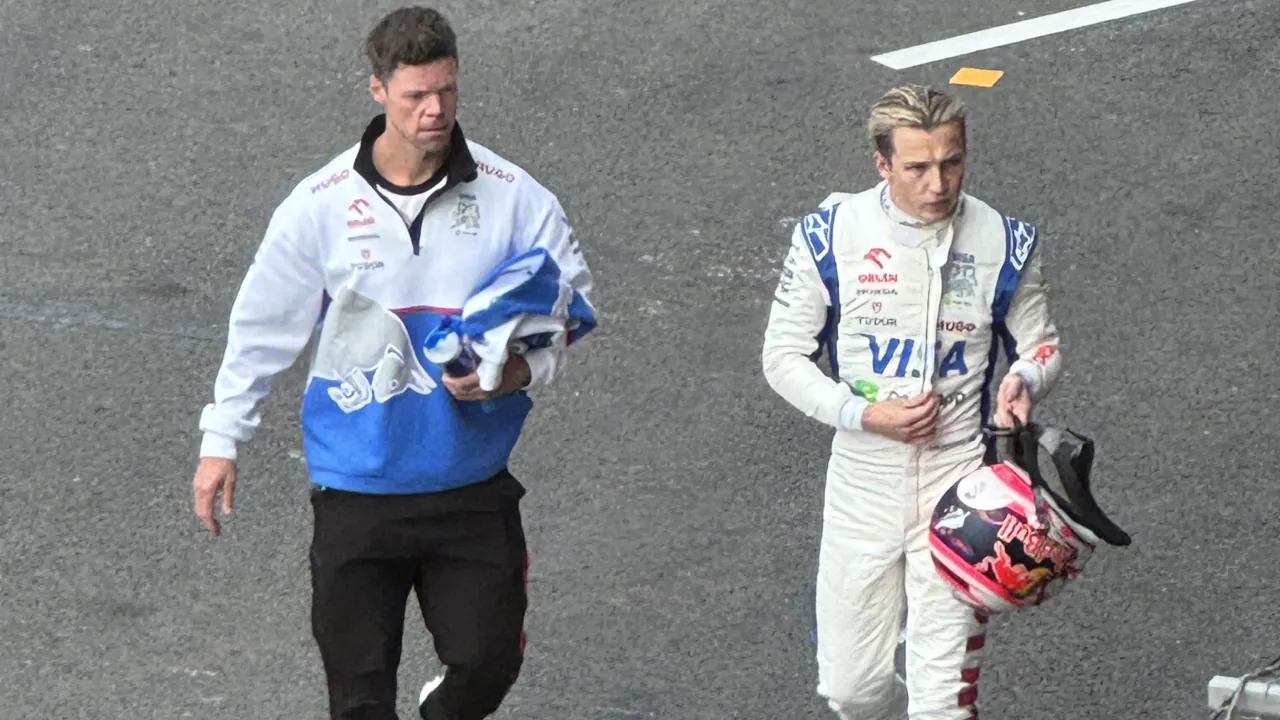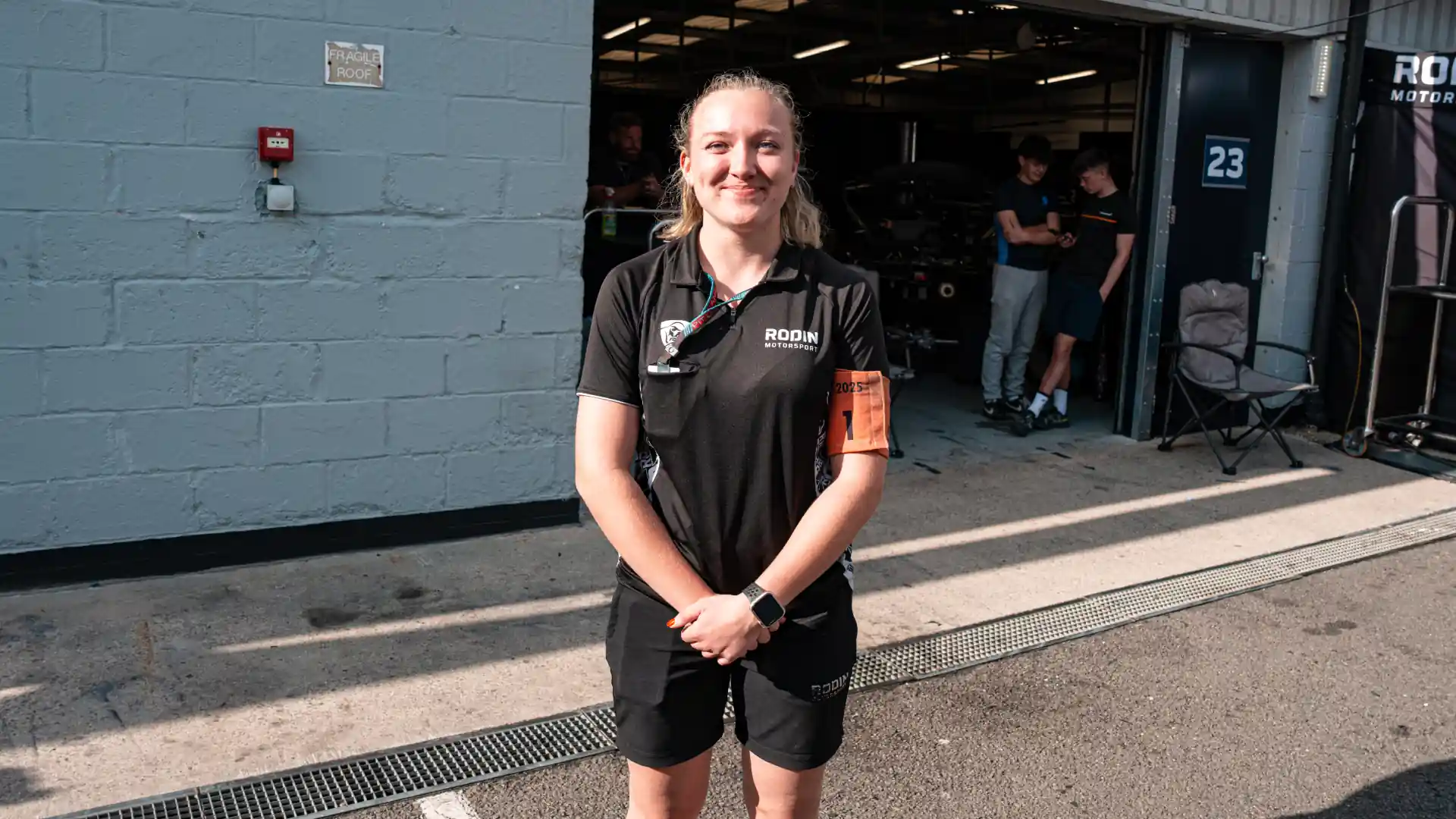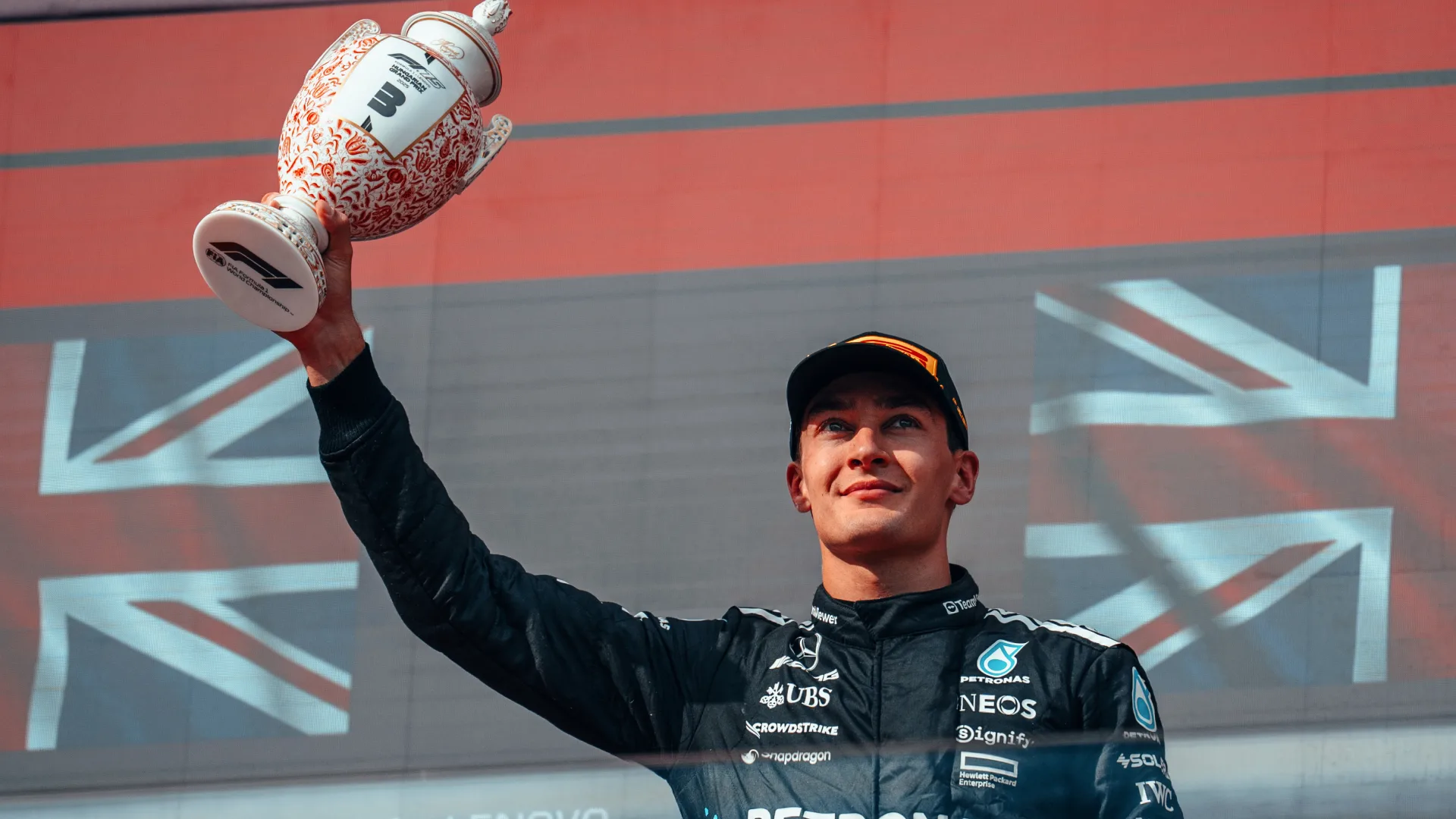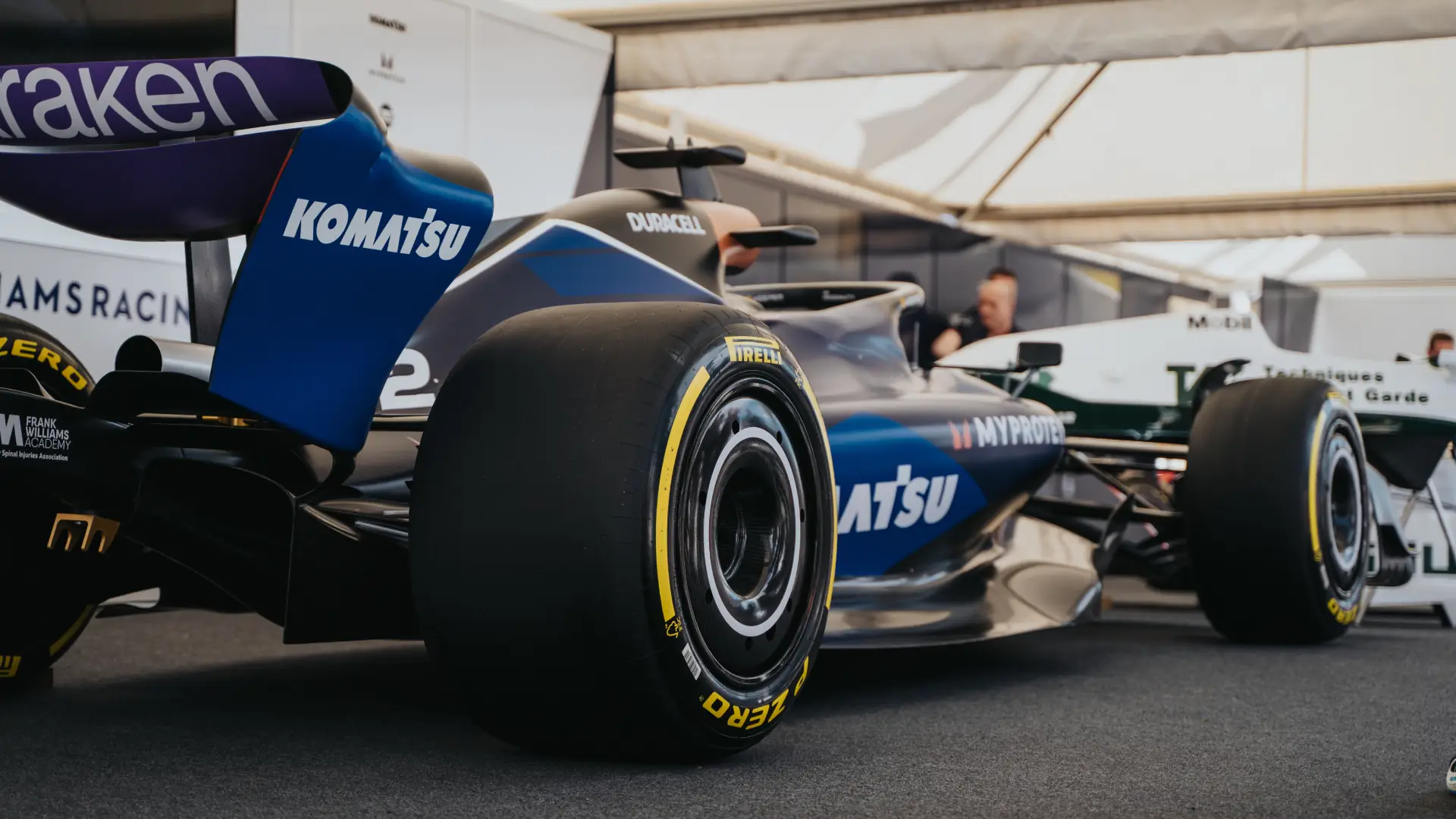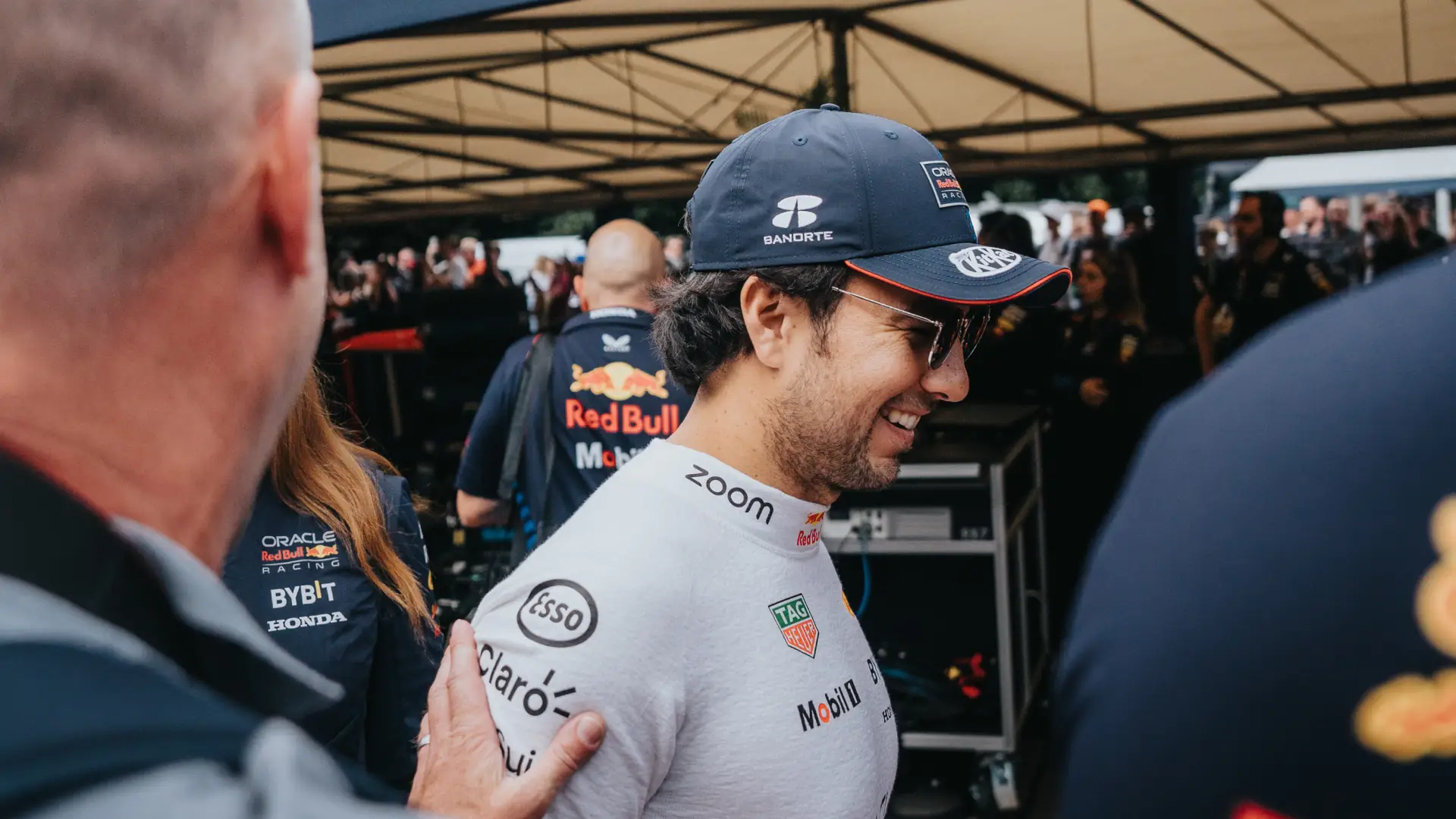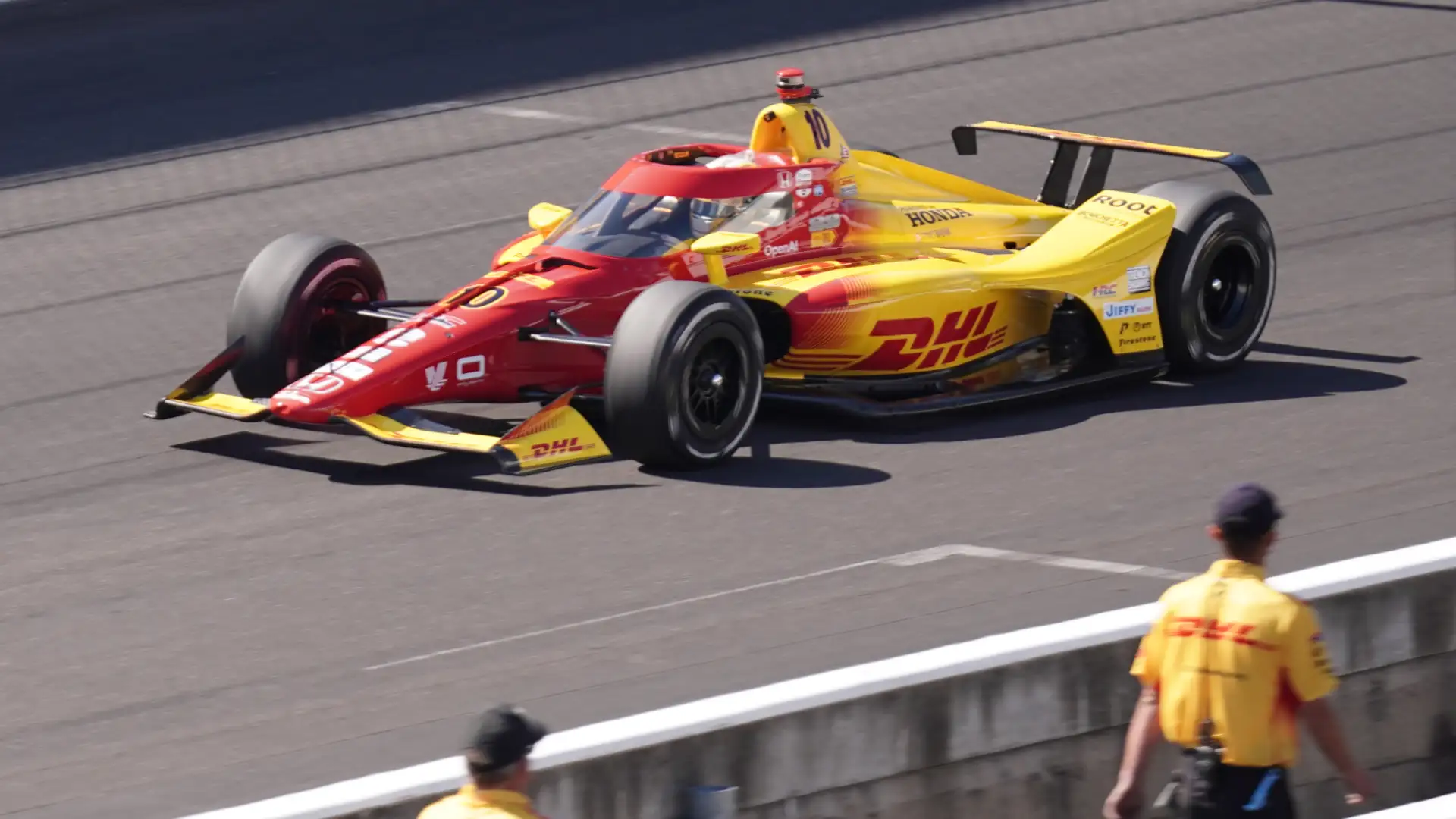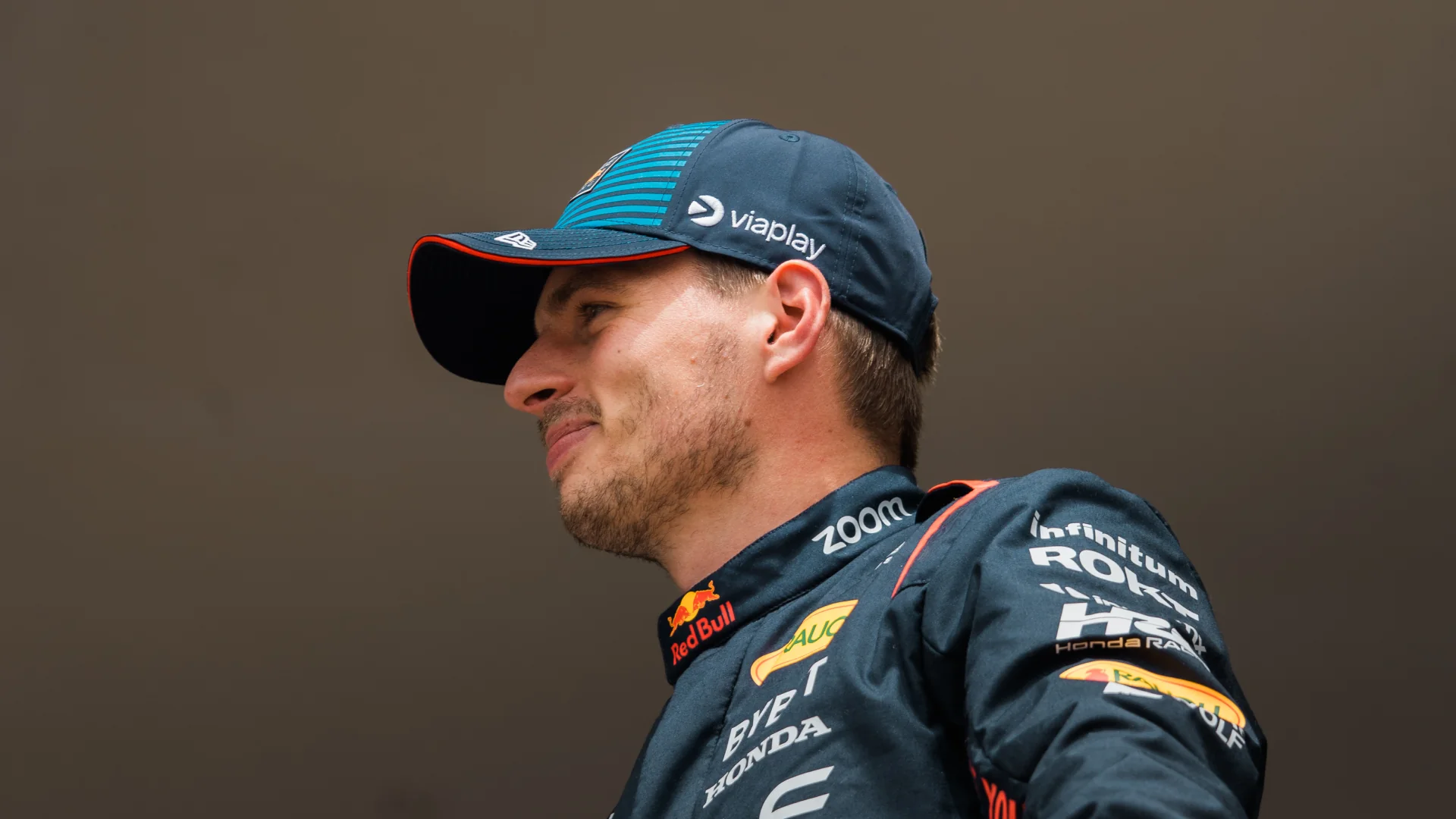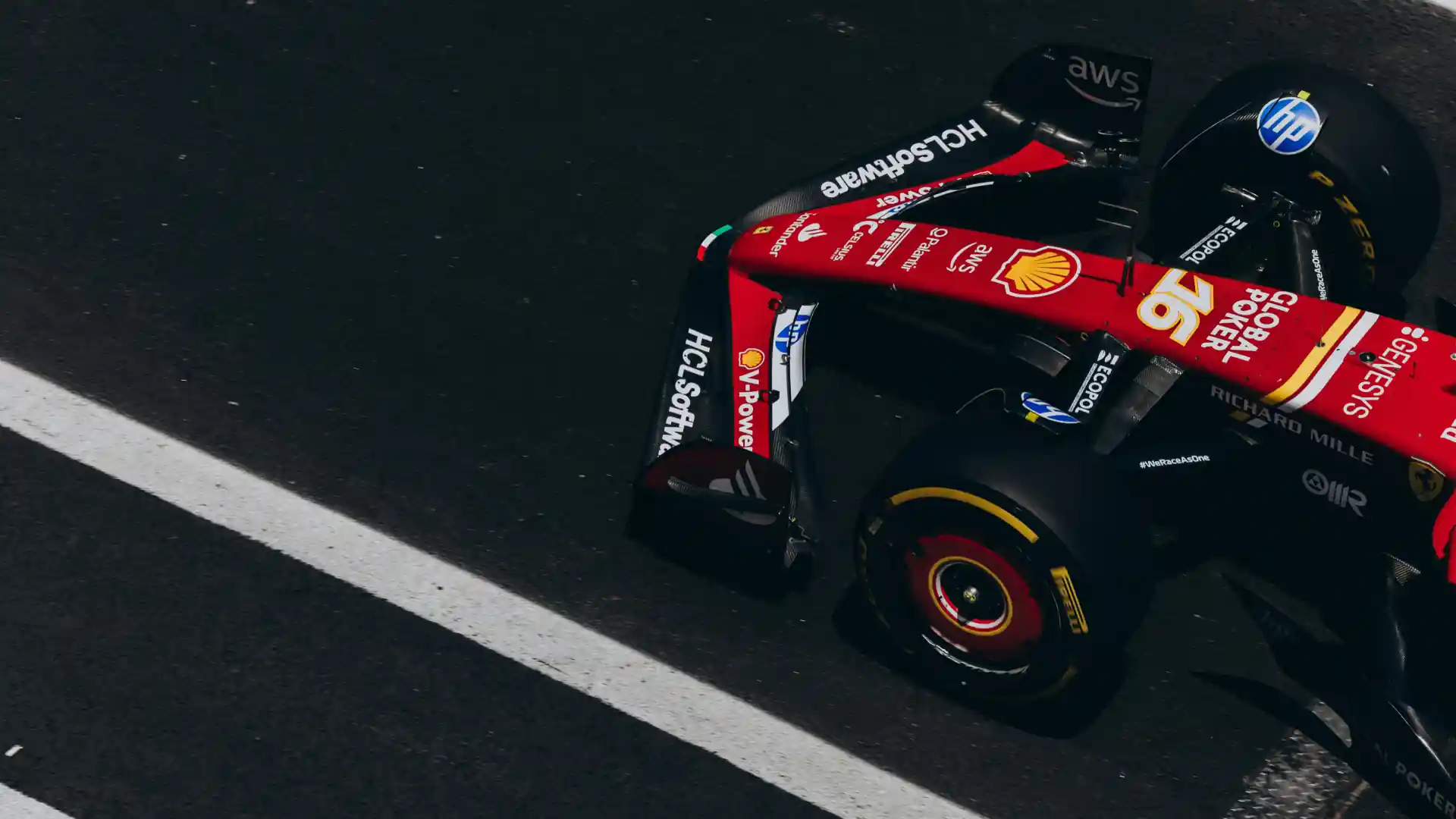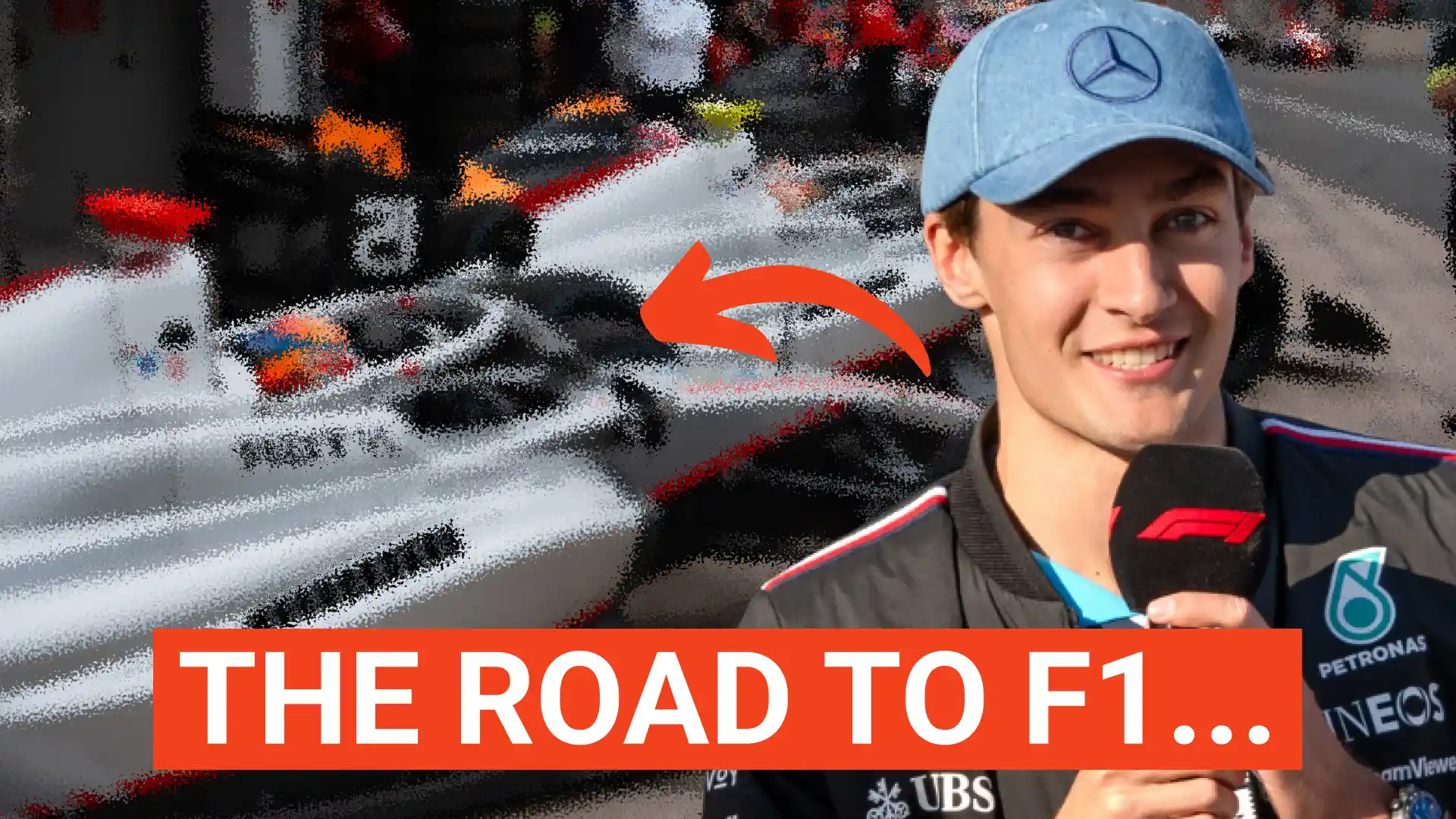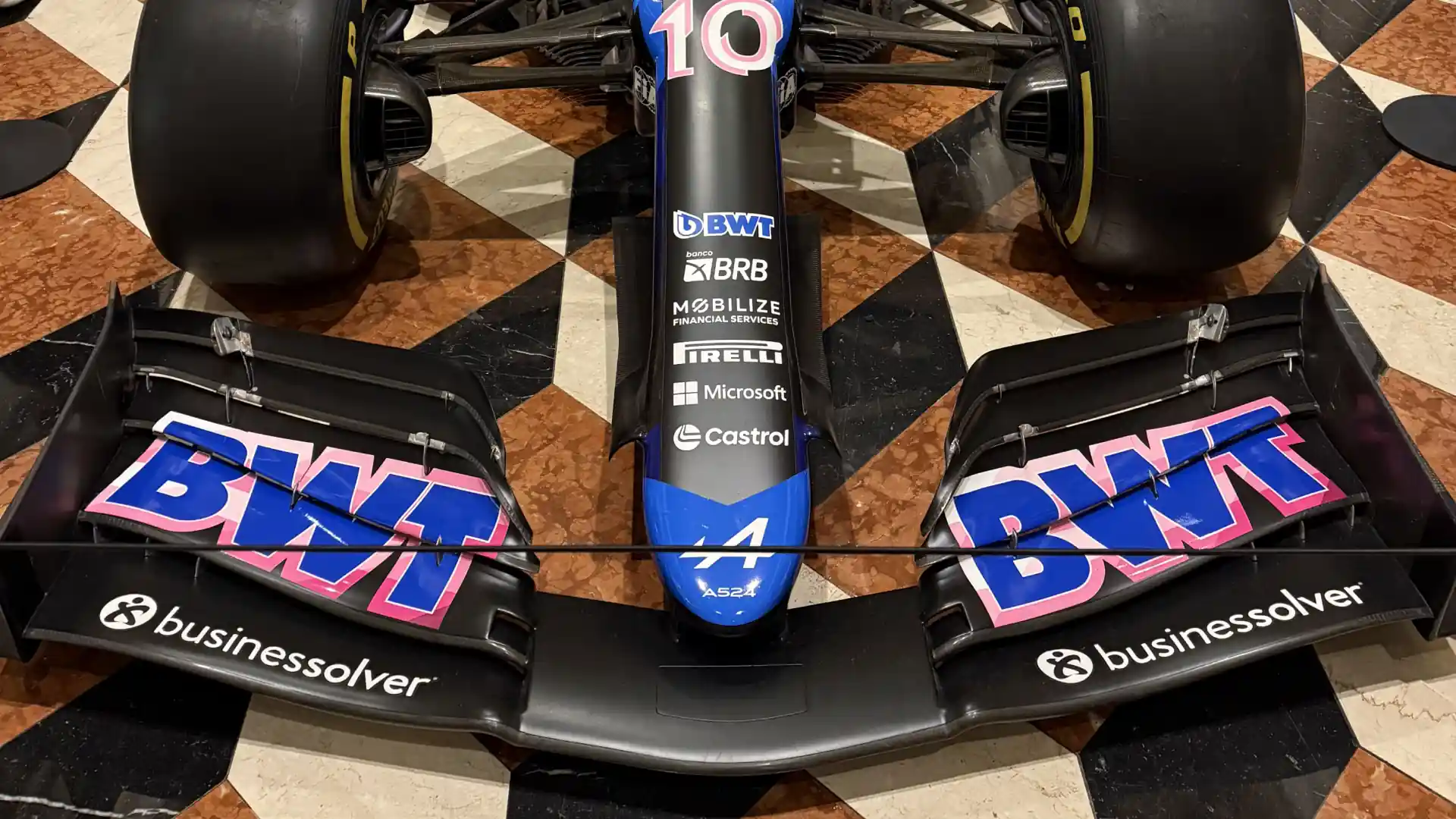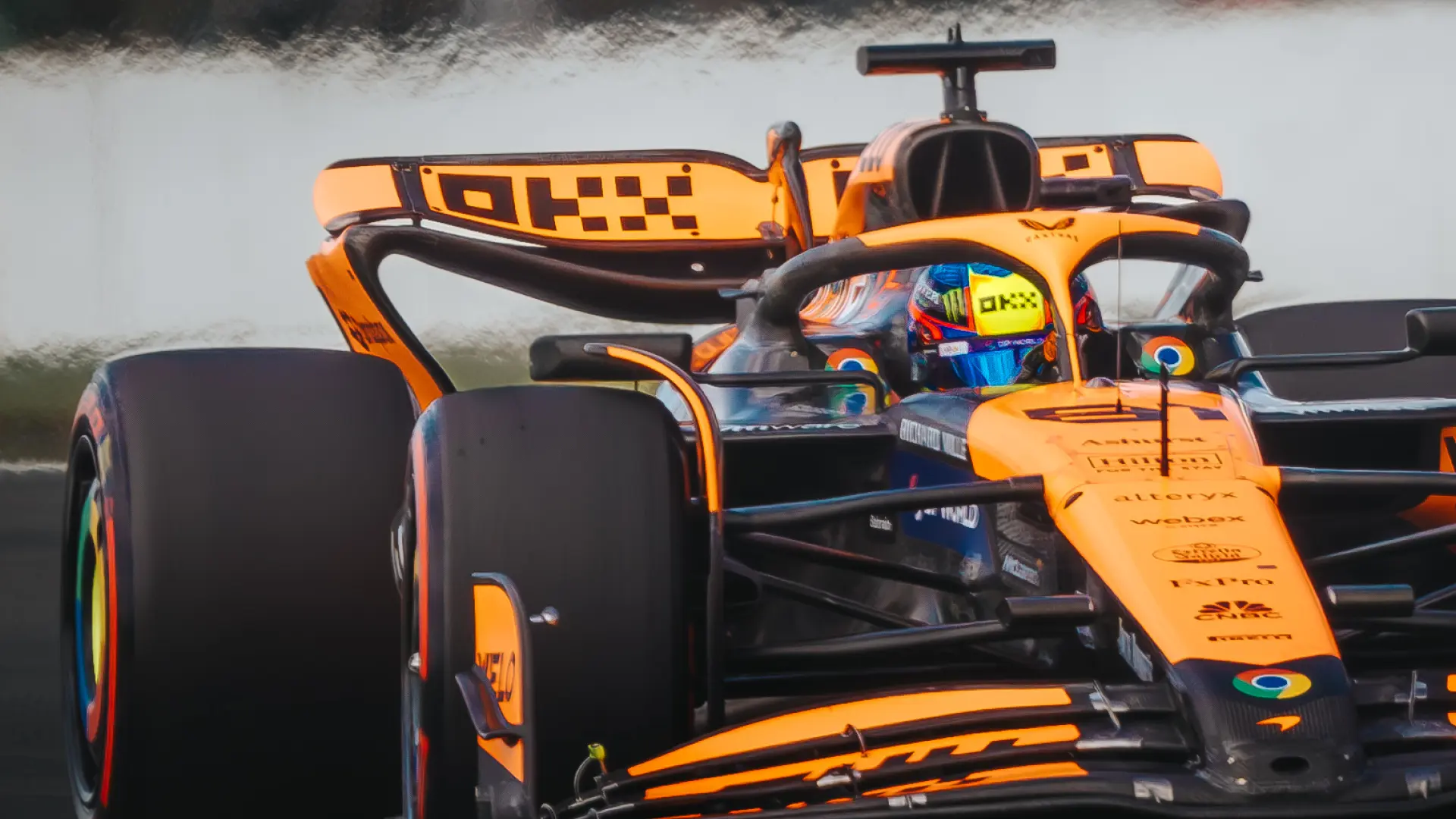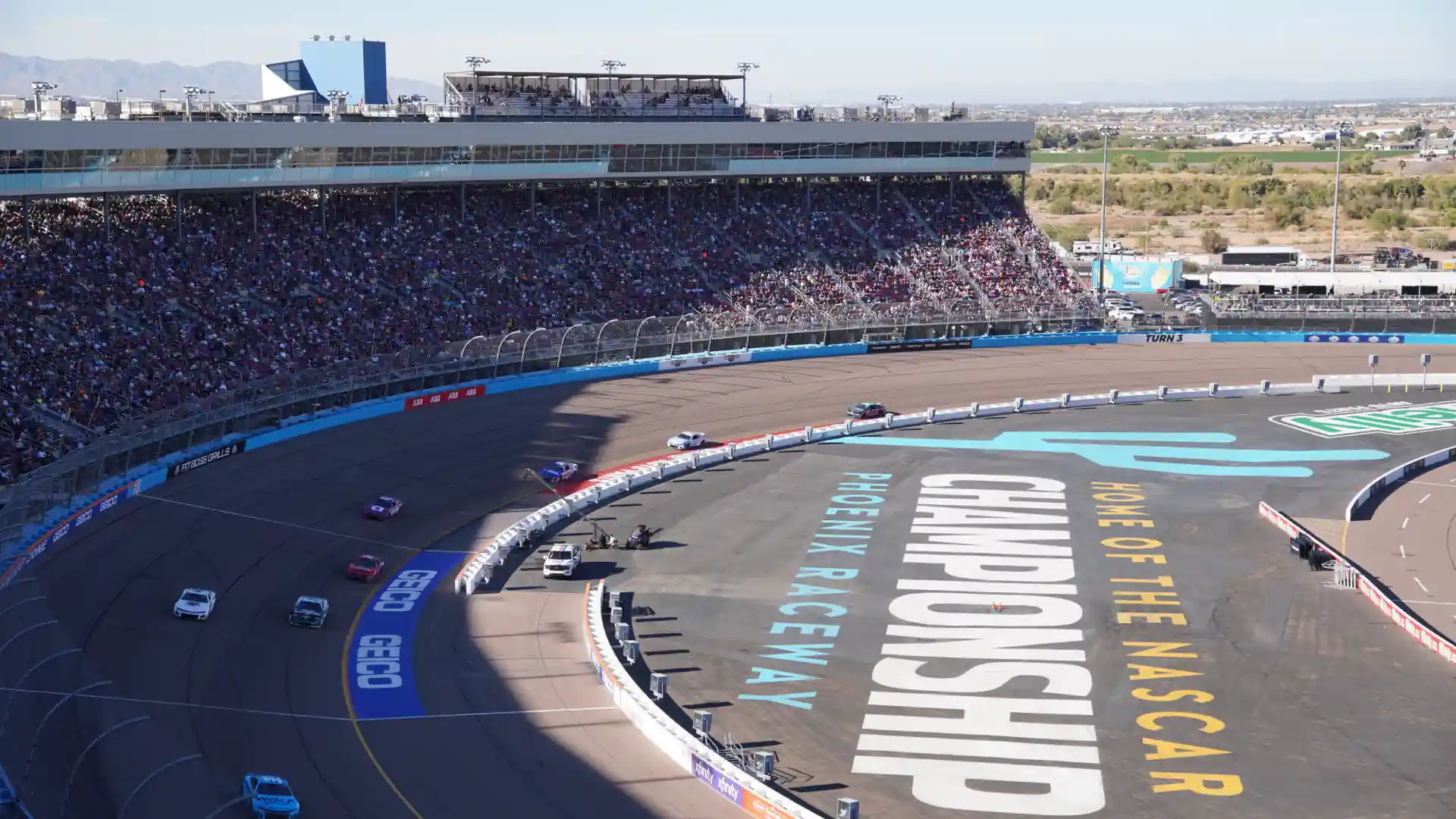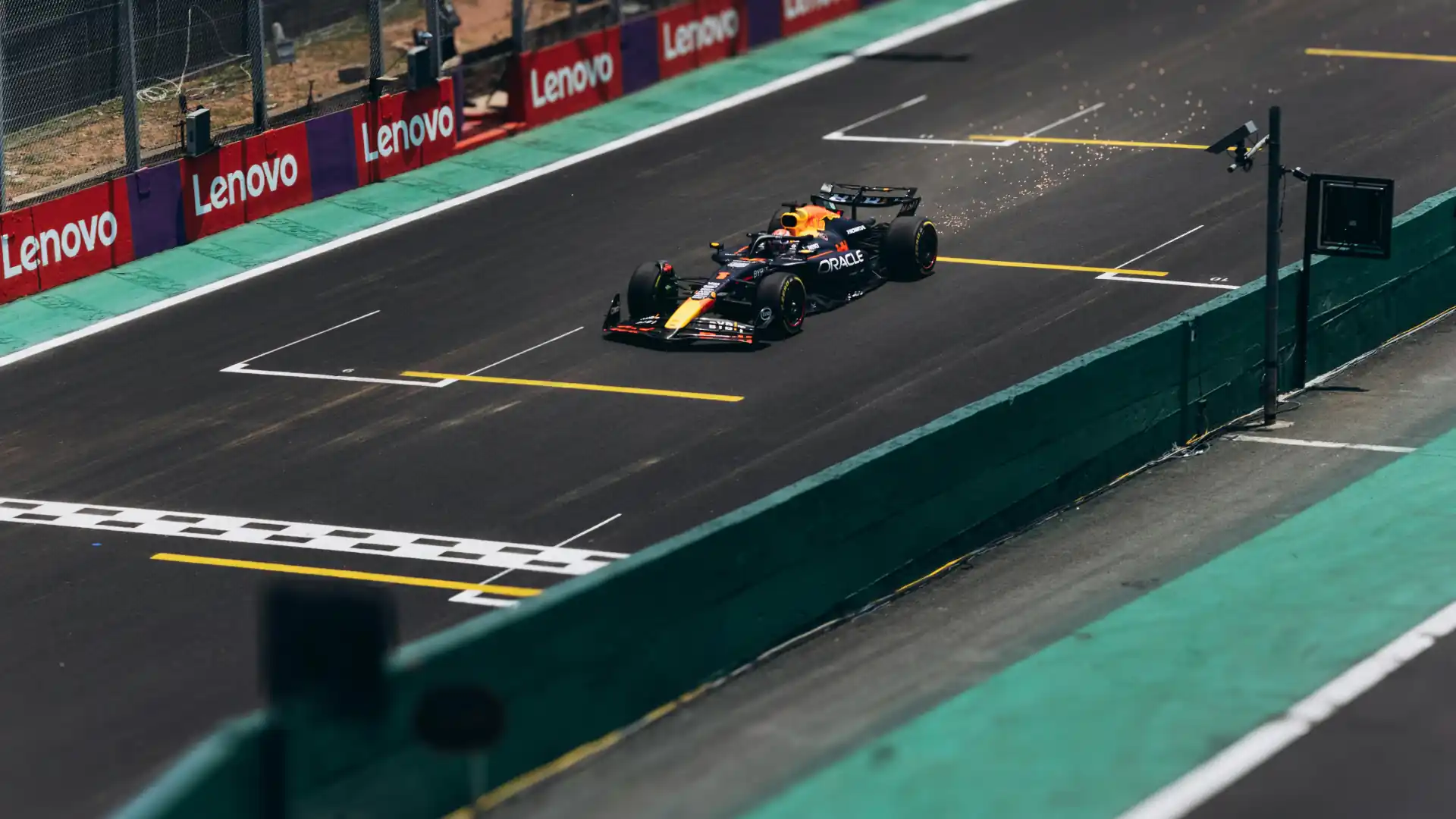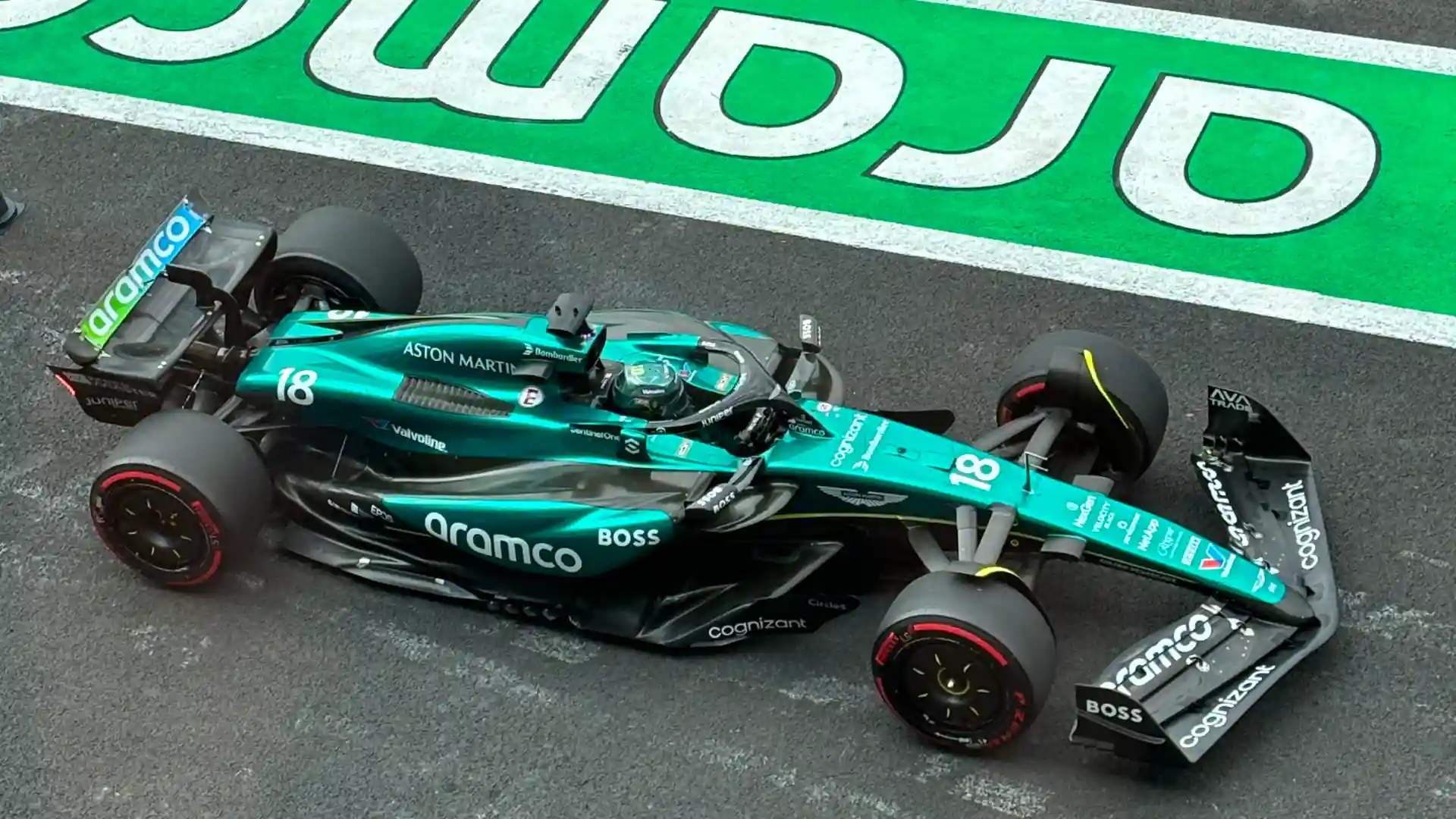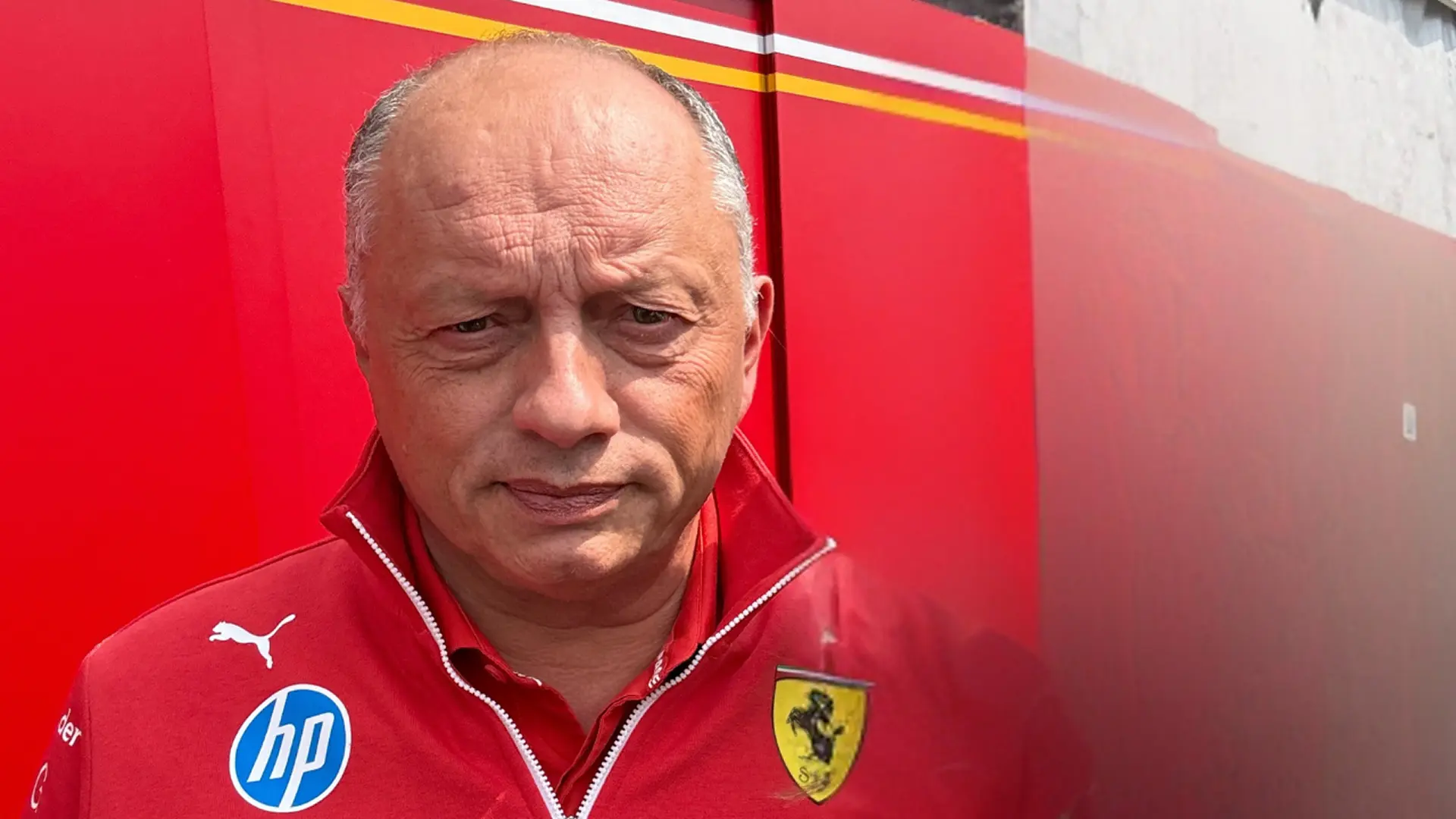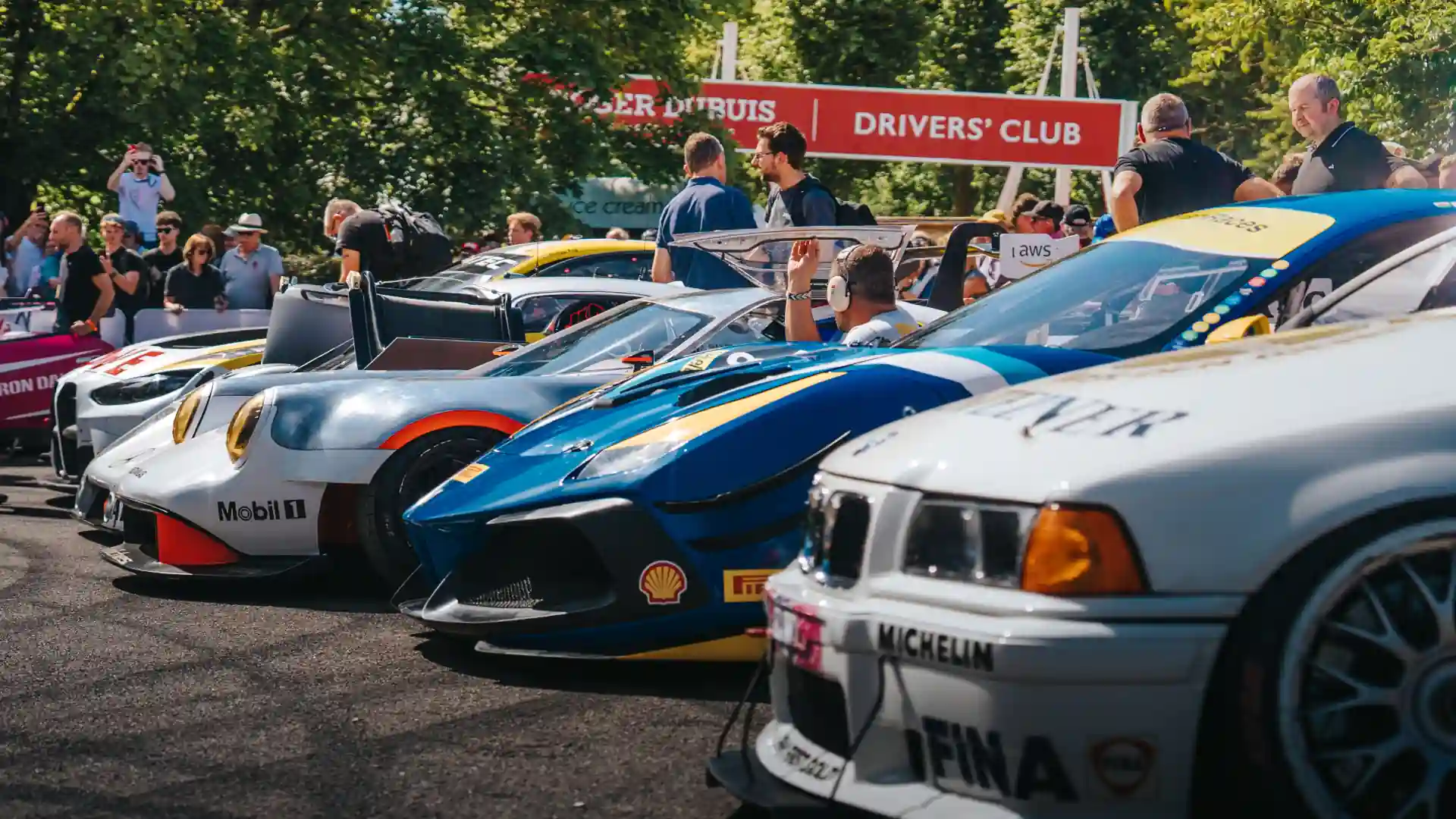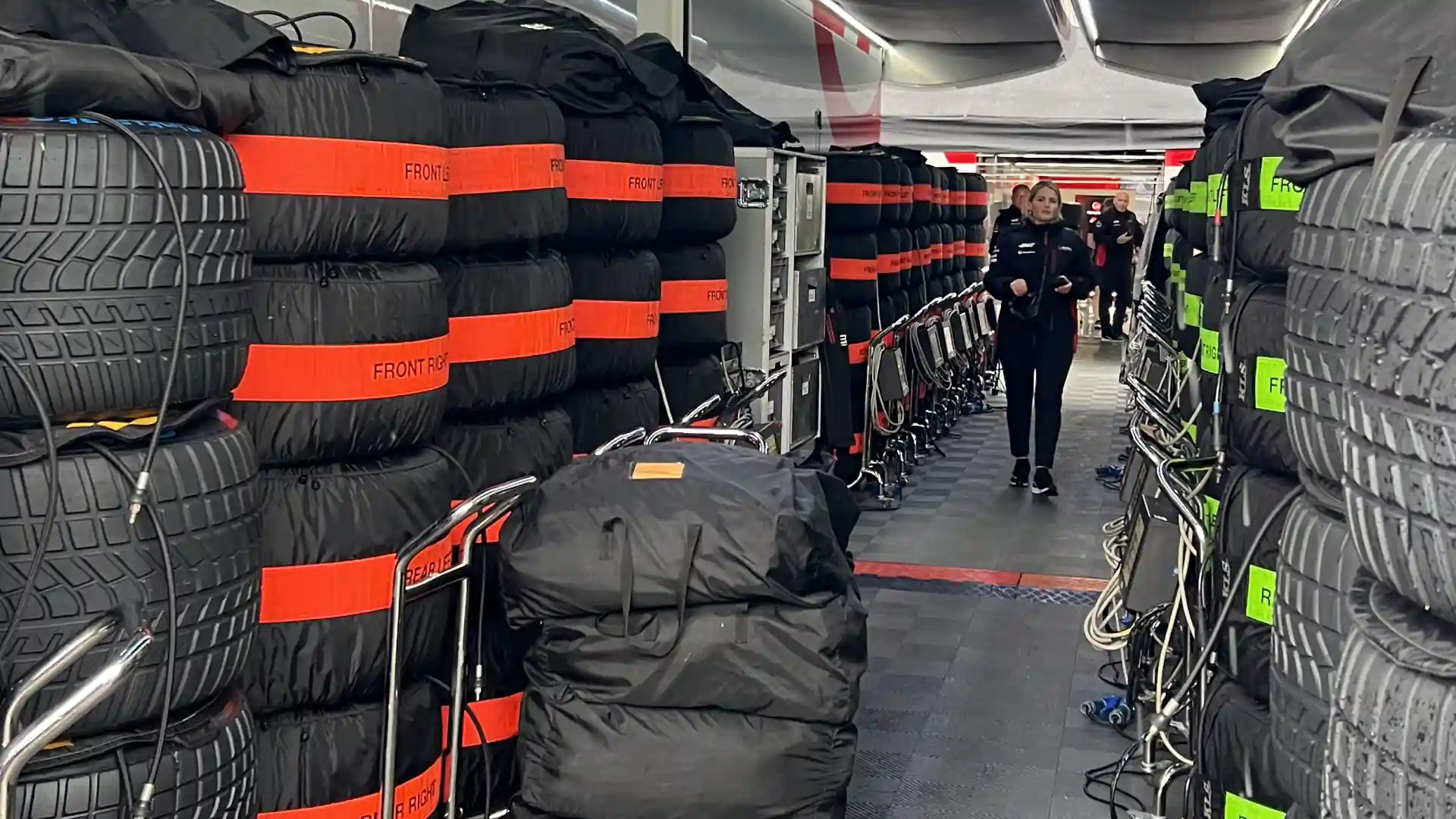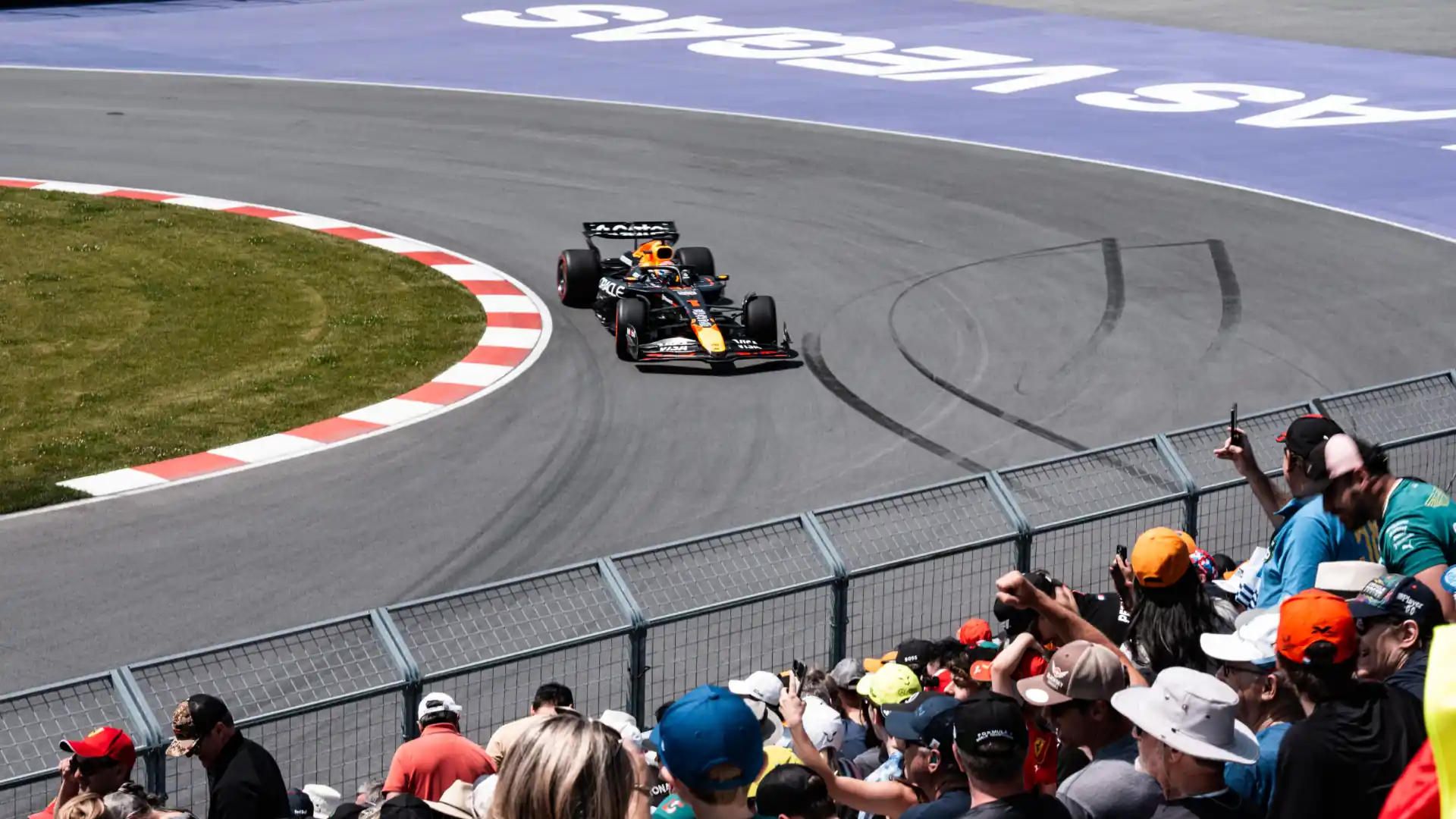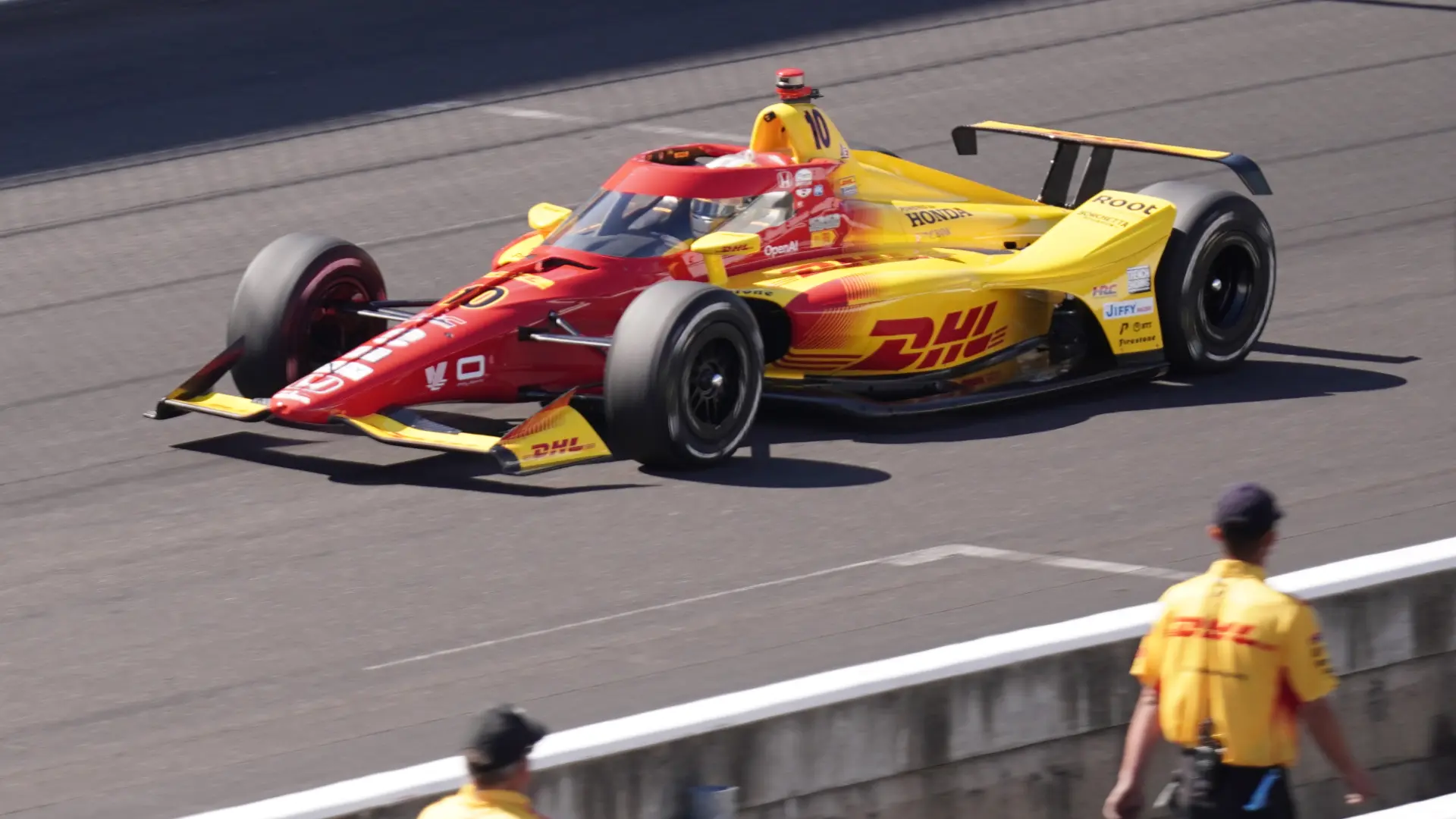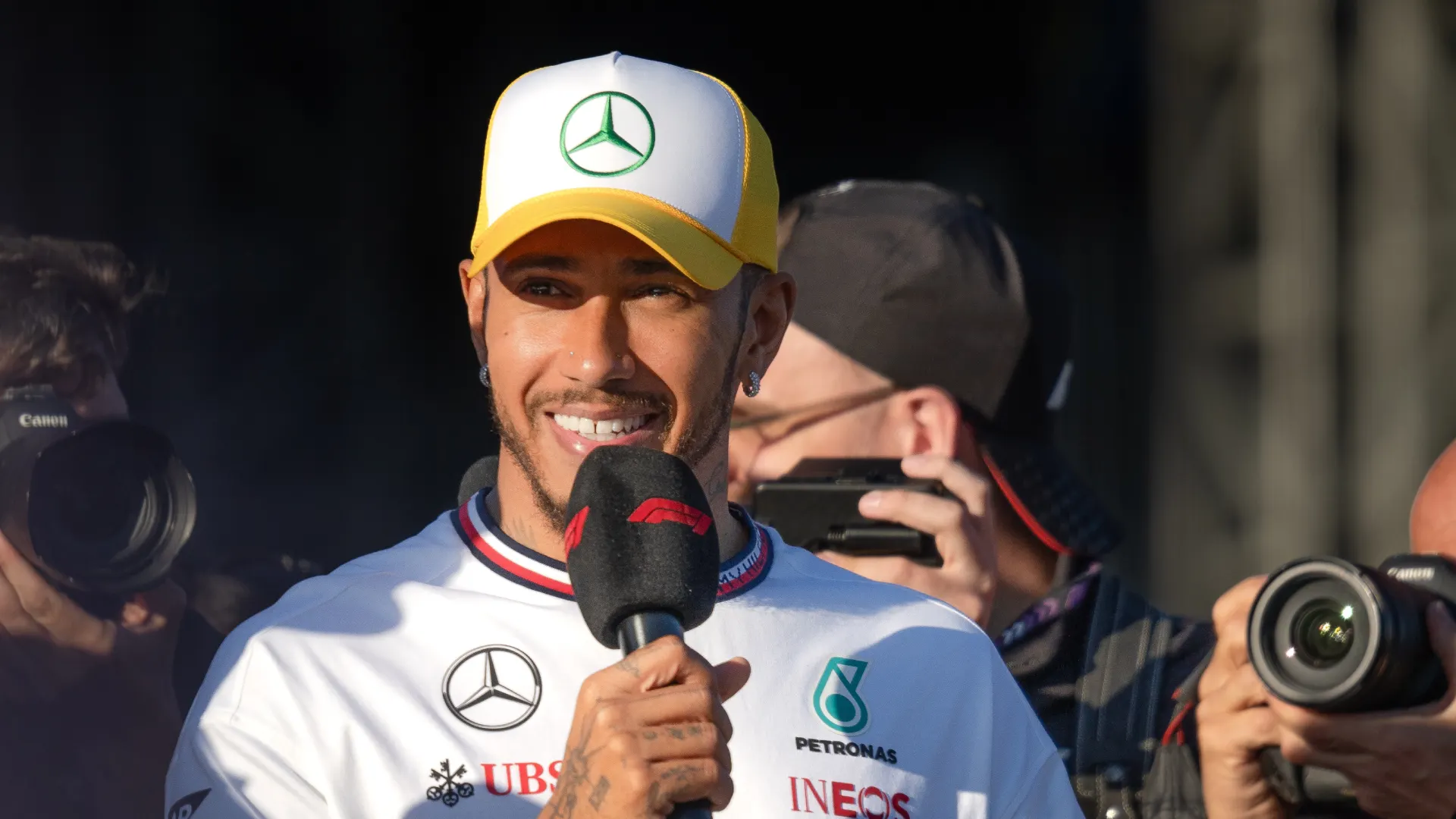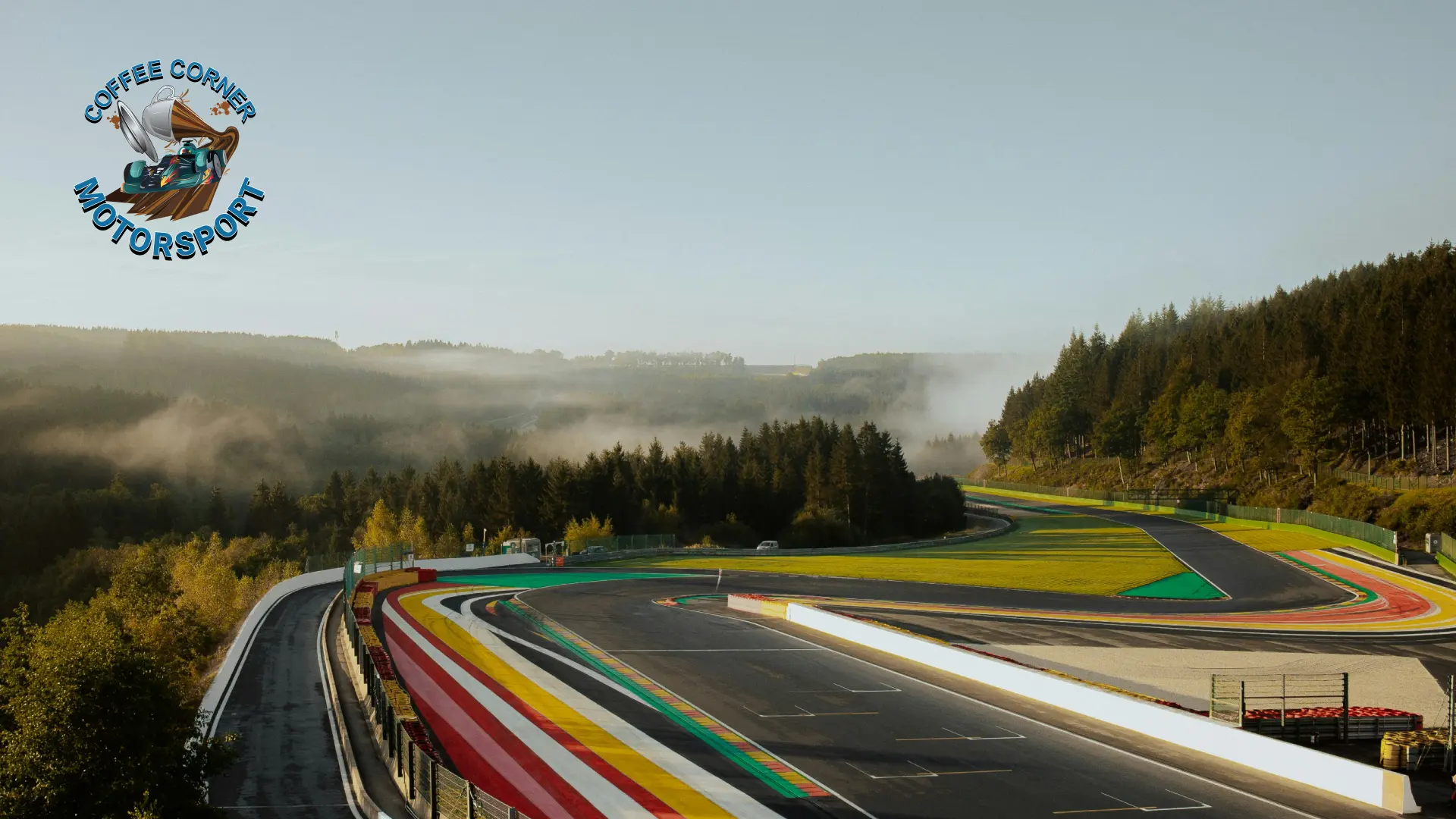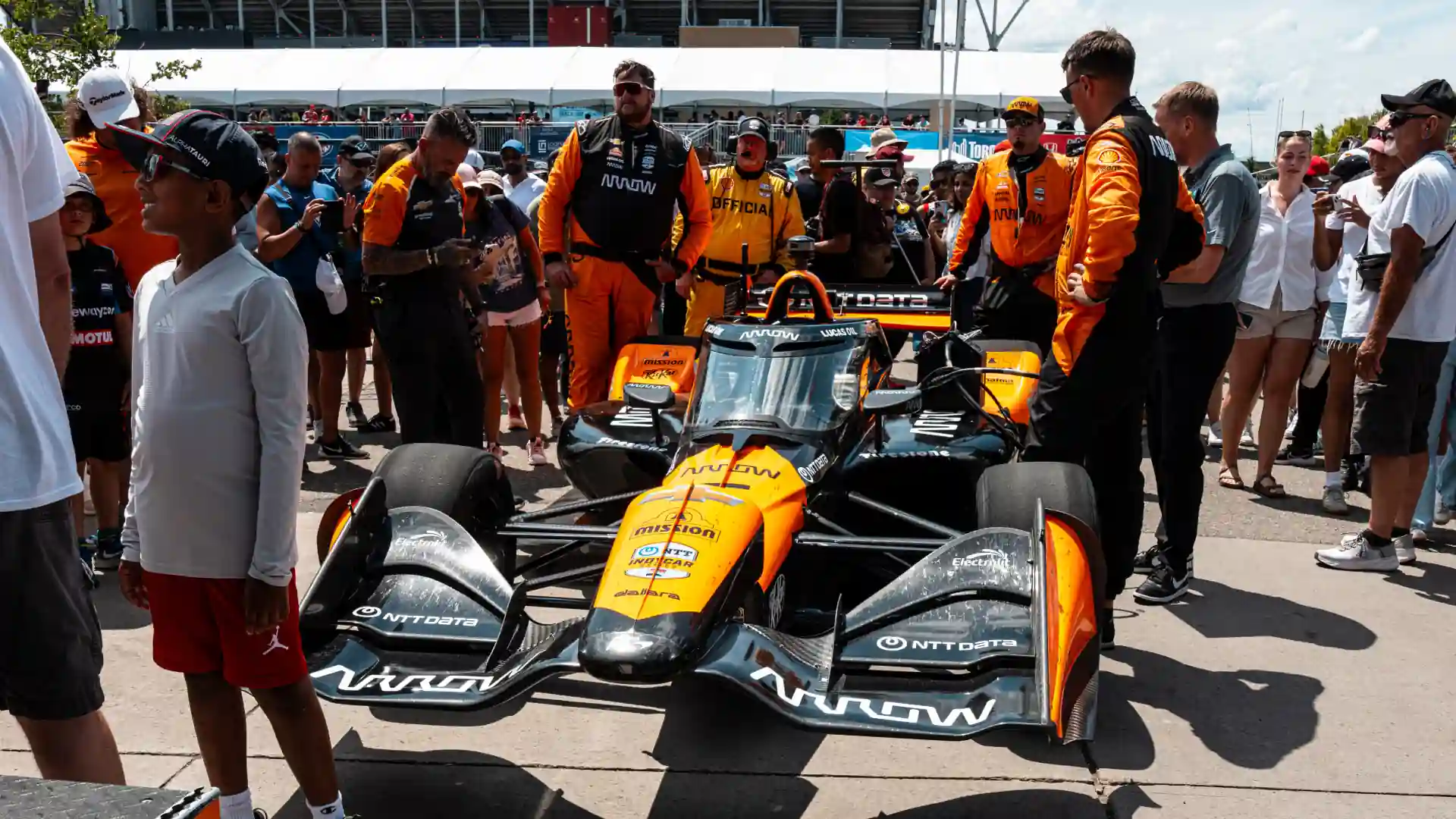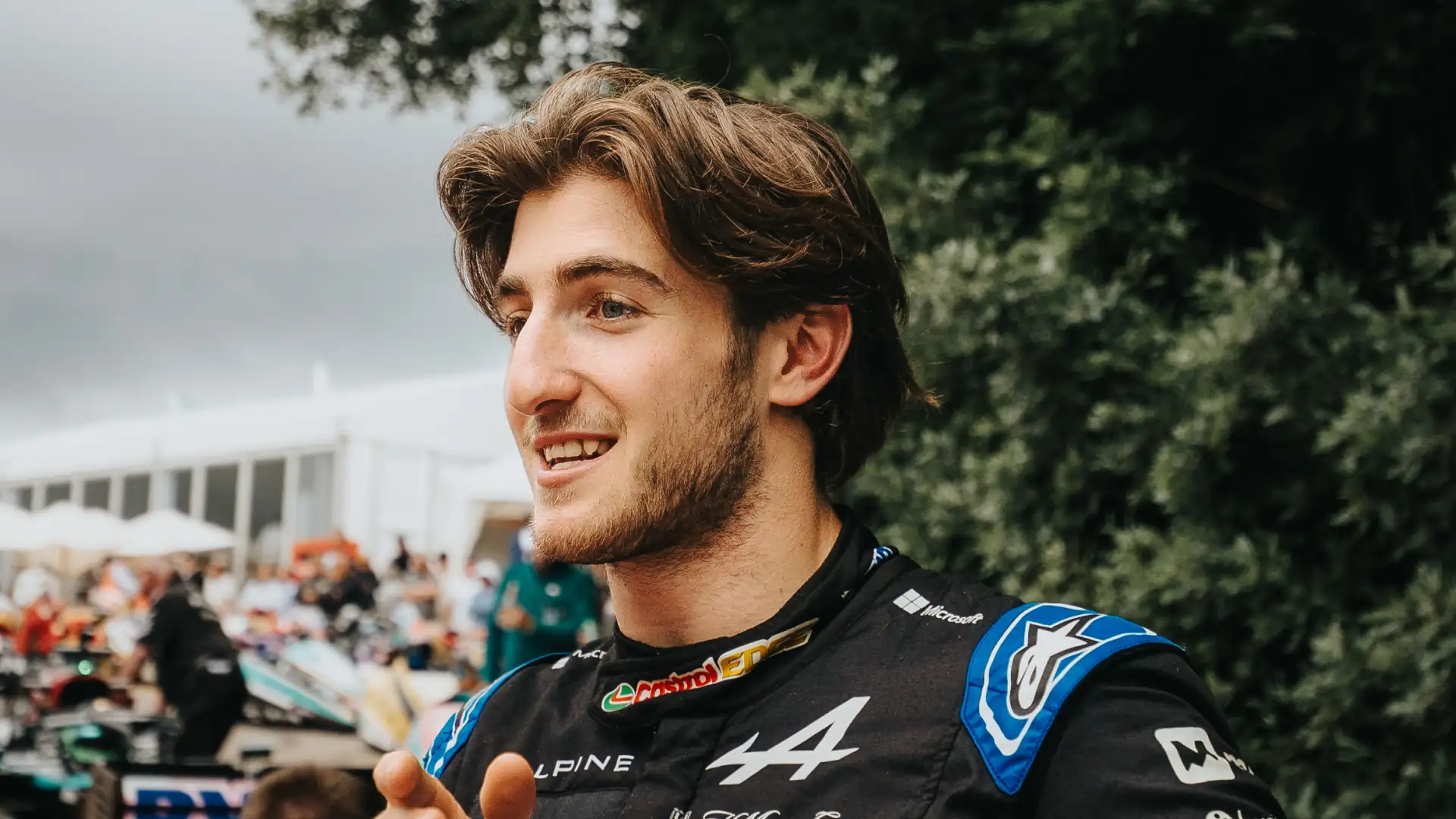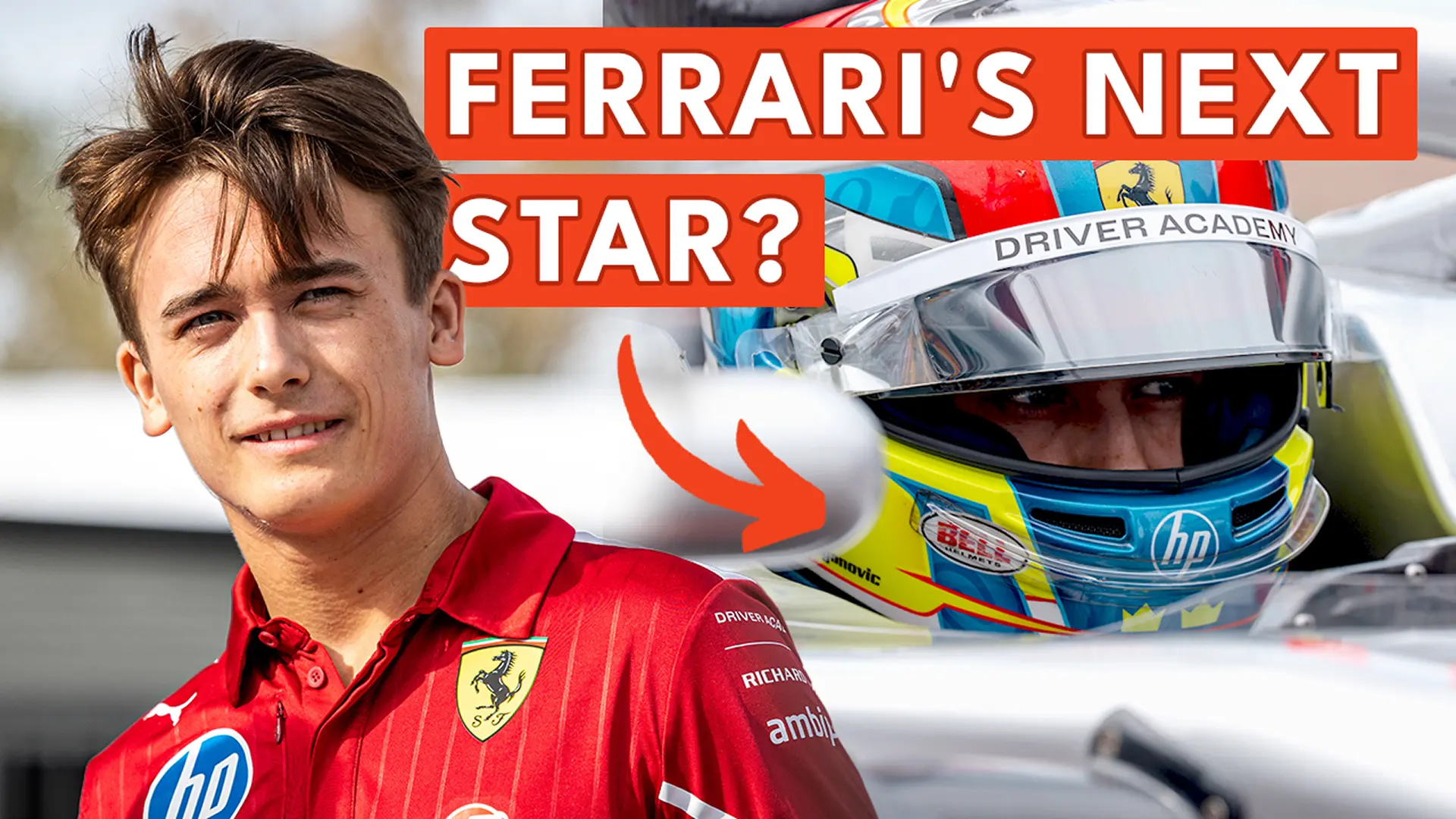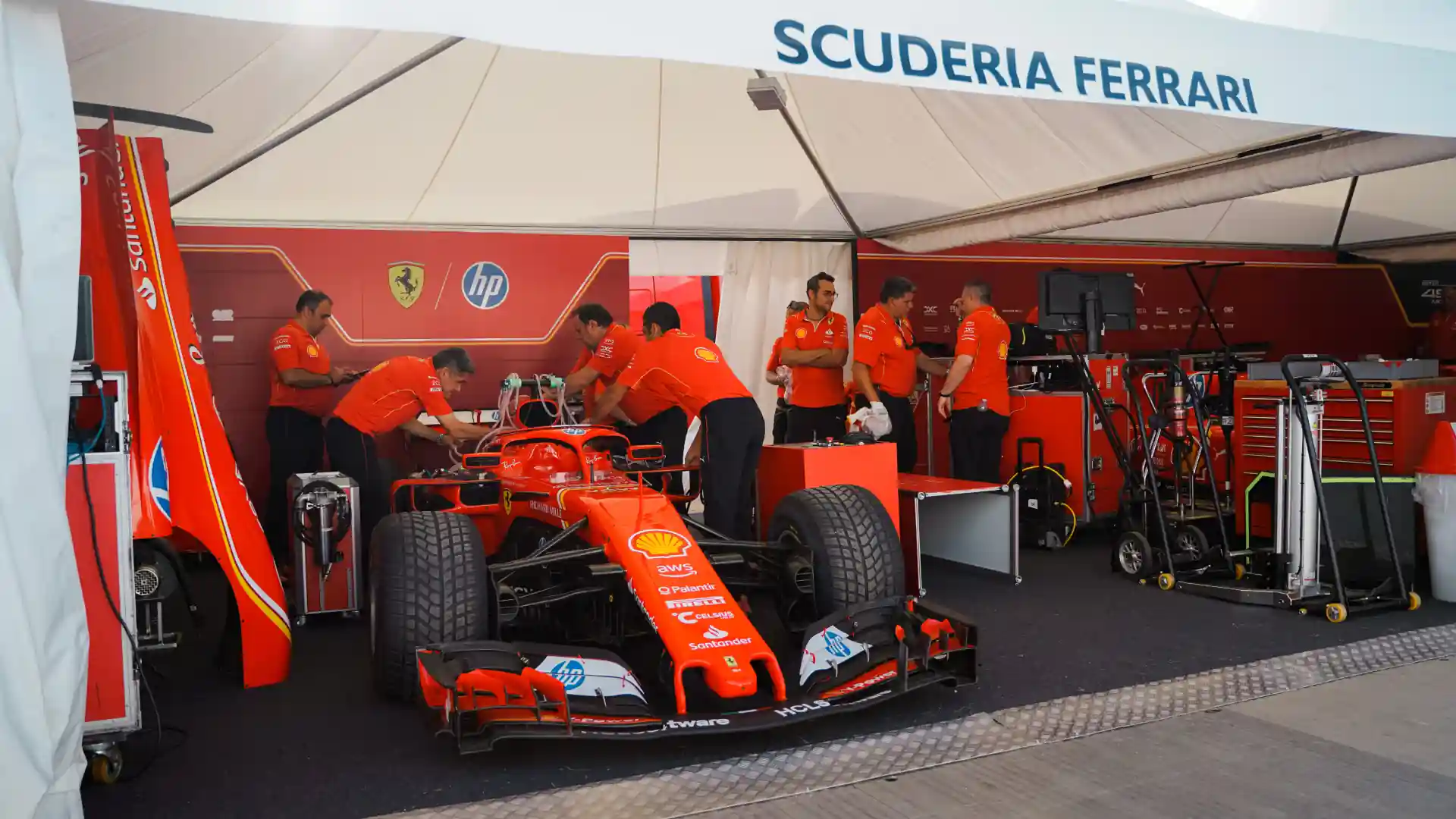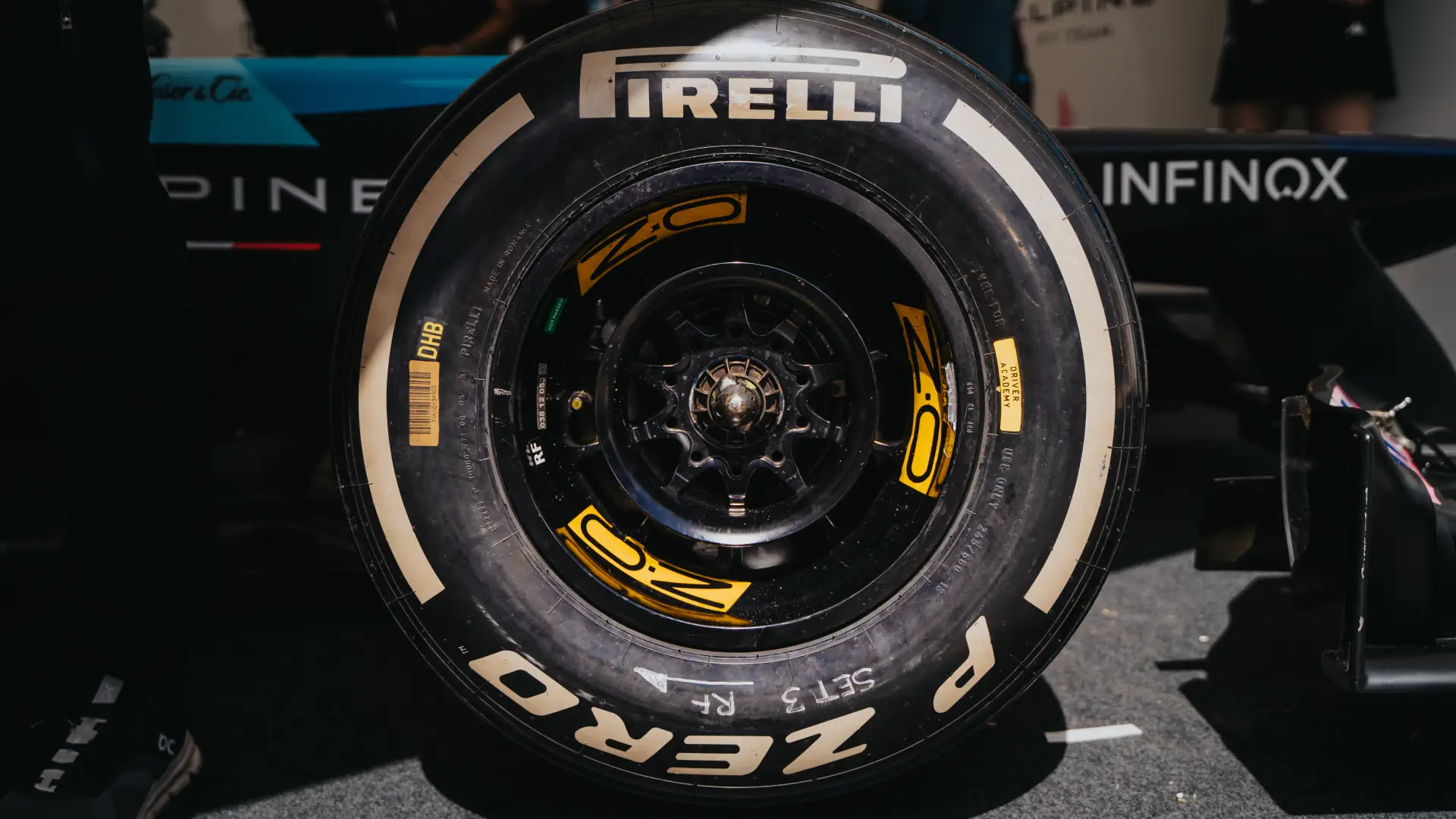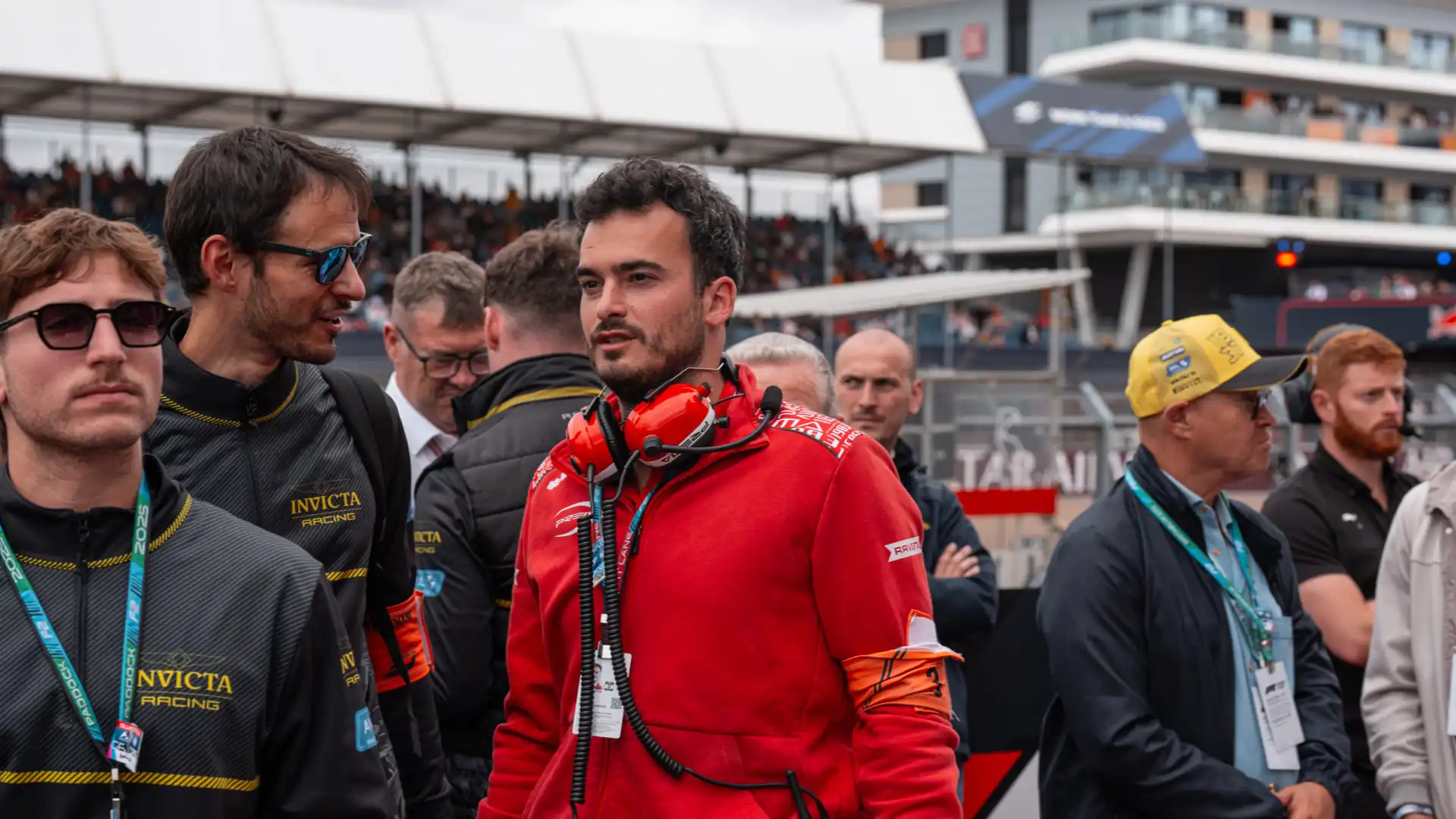Everyone loves a one-off livery, but what often goes unnoticed are the hours of work behind the scenes bringing it to life.
Meet Kirsten McCrea, an artist who specializes in murals and public art installations. She had a rare opportunity to turn her passion for putting art on "weird objects" into a one-of-a-kind project designing the Red Bull Racing Pepe Jeans Academy Programme livery for Alisha Palmowski at the 2025 Canadian Grand Prix.
Position: Artist
Her Role in One Sentence: I create murals and public art installations, and basically put patterns onto a wide-ranging series of very weird objects.
Years in the Role: 15
Kirsten's start in motorsports
#1. How would you describe your role and what you do?
I have been a full-time artist for 15 years now, and I've worked for myself the whole time, creating murals and public art installations, and basically putting patterns onto a wide-ranging series of very weird objects, the latest of which is what brought us together: this Formula 1 Academy car. The most interesting object I've ever put art on. But, yeah, I kind of have just let the world take me where it wants to take me and putting art on strange surfaces is where I've ended up.
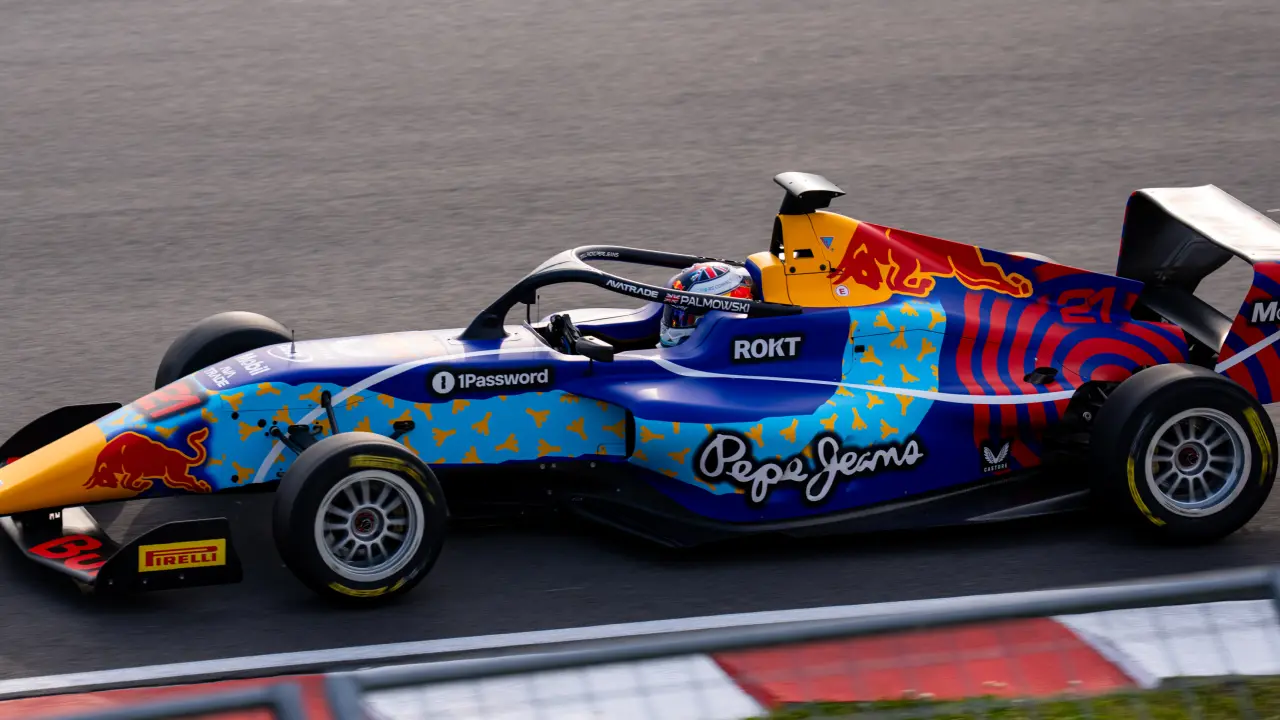
Greg: Is that how you would describe your work in one sentence: putting art on strange surfaces?
I didn't really sum it up that way until I did this job and then I was reviewing my portfolio and I thought, yeah, I have accidentally ended up specializing in putting my art on really unusual surfaces. I've wrapped the pillars that hold up a bridge, I've painted pebbles on top of a rooftop, I've done a lot of different pattern wraps around buildings and columns. I've put art on beer drinking glasses for Stella Artois and I did a Zipcar once, but obviously that didn't hold a candle to this Formula 1 Academy car.
#2. Had you been a racing fan at any point in your life or was this something that came about because of this opportunity?
It came about because of this. I used to live in Montreal and I actually lived close enough to [Circuit Gilles Villeneuve] that I could hear the F1 race every year, but I had never actually gone and seen it and I had no idea that there were now women participating in the sport, which actually has made me a lot more interested in following it. I think it's just, there was never really an entry point for me that really grabbed me, but I'm grabbed now. I'm very, very fascinated with it now.
It’s really interesting to see how huge it is, and the skill—I had no idea that these drivers are like astronauts basically in terms of the skill and the toll on their bodies. I t's just amazing what they do.
Greg: Was it seeing women and representation in the sport and learning about these different roles that drew you in? Was it the technical complexity of the sport?
Yeah, those are absolutely the things. And you know what? It sounds patch to say that because there was more representation of more people like me I became more interested in looking at this thing. Like, that kind of sounds like what a corporate brochure would say. But I actually found that to be true. I was really, really taken when they pitched the job to me. 1Password reached out and said, "Hey, we've got this all-woman team and we want a woman designer to be involved in it."
That idea of an all-woman team is really cool to me. I came up through murals and street art at a time when it was very male-dominated, and it still is. I have really experienced firsthand what a huge difference it makes when opportunities are given to women and women are allowed to enter a space that they haven't really been before. And I think I really instantly resonated with this idea of what [Alisha Palmowski]’s doing—I just think it's so impressive. And she's only 18, which is also crazy.
#3. What was that step put you on 1Password's radar and how did you create this opportunity for yourself?
I don't have a clear sense of what led to this opportunity because I actually asked them how they found my work and they were like, "Through Google."
But I have a very clear moment in my career where there was a before and after, and I kind of had my big breakthrough and it was so random. I was in my early 20s, living in Montreal, and I wanted to get more into mural painting. I was really into street art at the time. And there was this really great street art festival that I think is still happening in Montreal called Under Pressure. And they had a magazine. So, I really wanted to get back issues of this graffiti magazine for inspiration. I had a few copies at home, but they had about 10 issues that I didn't have. And so I reached out to them and someone wrote back and said, "Oh, I'm so sorry, the magazine actually has folded. We're not making it anymore, but we do have some back issues at the office."
We ended up emailing back-and-forth all day and eventually at some point the guy said, "I'm actually like the head of the magazine and the head of the festival. Send me your work. I'm curious what you do.’
I had been assuming I was talking to some intern. So I sent him my stuff and he was like, "Your work is great. I'll tell you what, I'm going to skate over to your house tonight and drop off all the back issues for you. And then we could talk about you doing something for the festival.'' And so I did all of their logo and merchandising and everything that year and it was the first big job that I had. But also this festival was a big deal for graffiti writers and people came from all over Canada and the US to attend it. I suddenly went from being no one to being a peer in the eyes of all these people who I really respected. And after that, opportunities just started coming really quickly and my career sort of took off.
Kirsten's current role
#4. What does a standard day in your life look like?
I crave an answer to that question where I could describe a typical day. I do not have one. I have realized I am not a marathon runner, I am a sprinter. So I'm really good when a project comes to me at just giving it my all and going hard and then totally burning out and needing a big break at the end of it. So yeah, the last few months of my year were so insane.
When I got this job, I was at this big event in Barcelona and this job came up on quite short notice. I was flying from Barcelona to Montreal, so I actually did some of the design work for this job on the airplane. I got to Montreal, worked a little bit. It was really great, actually, that I just coincidentally was there because the Canadian Grand Prix was happening in Montreal. The car was going to be driving in Montreal. So it was really wonderful to get some local inspiration and to speak to people there. And yeah, then I did this gig in Montreal, went back to Berlin, went back to Montreal, went back to Berlin, and then went to Toronto for the launch.
My life for the last few months was just waking up and having a million things to do and being 'go, go, go, go, go.' But I'm almost done with all my work for the foreseeable future so I get to have a little bit of a break soon which is nice. Soon my day will involve riding a bike to the lake and hanging out and meeting friends in a park, and, yeah, I'll get to do that for a little while because I definitely banked some overtime in the last few months.
#5. What are the most rewarding and challenging parts of bringing this livery to life?
Challenging
Well, the surface is a very unusual surface. There's nothing like these cars. And even them themselves, there's not that many of them and they're shaped in such an interesting way. So that was a difficult thing thinking about how is this going to actually read once I take my two dimensional design from my computer screen and apply it onto the very, very unusual dimension of this car.
It also is going to be seen as quite a small object by most people. I was really lucky I got to go to the launch and stand next to it. That's way closer than most people who see it are going to be. Most people are either going see it from the stands as it races by them if they're really lucky like you and get to go see it in person, or on their phone, or maybe on a computer screen, maybe a TV screen. But it's going to be a small object and it's going to be in motion. So those are all things to consider.
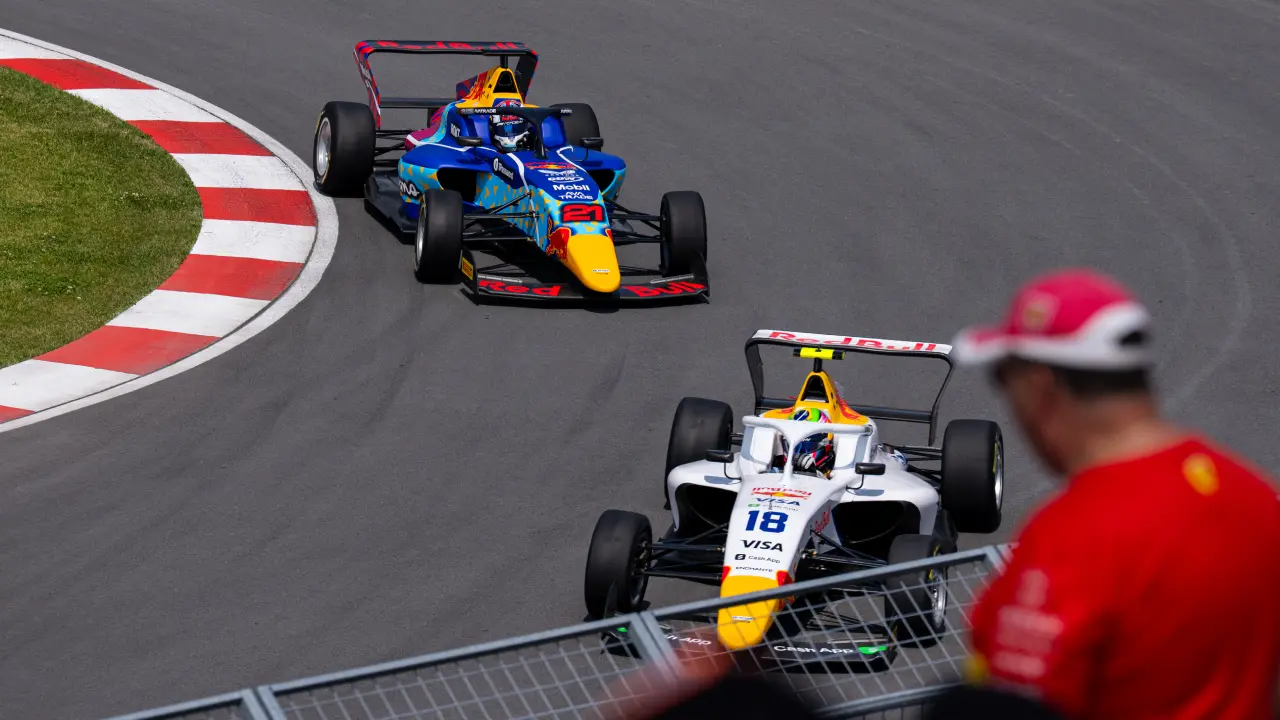
Rewarding
1Password has this great creative director, Jon Setzen, and he was amazing at honing in on what would work and what wouldn't taking those factors into account. And so we had a really great back-and-forth. It did have a very tight timeline when it came up, so I literally threw 70 different sketches at him and was like, "Just tell me what works and what doesn't. I live in Germany now. I have a thick skin to negative feedback. So, if you hate something, that's as helpful to know as if you love something. Let's really hone in on what works and what doesn't." And he was incredible to work with. I felt like we actually really quickly started to get a visual direction. And then we wanted there to be a story behind it. So, we started honing in on the story as well. And the final design actually came together quite effortlessly, which is, you know, a real gift when that happens.
I love a challenge. Part of why I love mural painting is that I have yet to encounter a wall that is the perfect, easy, flat, rectangular wall. Every single project has something weird about it and something unusual and some sort of problem that you have to overcome. And I find that really, really rewarding. I don't think I could ever do a job where it was just the same job day in and day out.
And it's funny because I love painting patterns, and so when I'm making a hand-painted mural, I am literally painting the same shape over and over and over again. And so there is an element of repetition that I like, but I want there to be weird, crazy problems that show up. Because I think I just have that problem-solving part of my brain that I really like when it gets turned on.
#6. What are the three qualities that have helped you succeed at this?
High standard of excellence
I really make sure that when I make something it's done quite well. Even when I'm painting a mural in a neighborhood, I make sure that I put three coats of paint down. And it's a big frustration to me that a lot of artists now will just do one coat of paint because that's all it takes to look good on Instagram. I'm like, this thing is going to exist for many years in this community. And it's a gift to the community. And you need to actually put the extra work in to make sure that it lasts. And so I think that that kind of attitude carries through to other elements of my work where, you know, I spend a lot of time fine-tuning and tweaking things that maybe 99% of people wouldn't notice, but I think that even if you don't visually pick up on the difference right away most people intuitively sense the difference between something that's good and something that's great. And it's that final little bit of attention to detail that takes something to a higher level.
Determination
When I work, I can work really, really hard. This job came up on short notice and that meant not as much as I would like to sleep for a while. And I was able to just really go and give it my all. And so I think that kind of determination and progress is really helpful.
Thoughtfulness
I think I do generally put a lot of thought into my work and it's not just about pretty pictures. Unfortunately, cause a lot of my work is out in the world, most people will never see the reasoning behind it. They'll just encounter the thing in and of itself, but it's important to me that the work that I create is site-specific, that it relates to the place in which it will be viewed and seen, and that it hopefully makes the lives of people who encounter it a little more interesting and makes their day a little bit better. So I think that my third strength is that there's thoughtfulness in my work.
Kirsten's advice
#7. If you could go back and give advice to your younger self about your career path, what would you would say?
I would say ask for more money. There is always more money. Especially when you're young, it can seem so exciting to be offered anything for your work. But I look back at some of the jobs that I did and I'm like, wow, I got taken to the cleaners by someone who just—maybe didn't know what a fair wage was and I certainly didn't. And I think that a lot of the earlier jobs that I did could have been easily negotiated, even with my low experience level, to have been paid probably twice what I was. So I would definitely recommend that to anyone starting out in any field.
If you're not comfortable asking for more money, at least find other people who do what you do and ask them what they're getting paid so that you at least have a sense of whether or not what you're getting paid is fair.
Greg: How did you determine the value of all of the work you’ve done?
Art is one of those industries—it's not like the auto industry where, you know, you kind of have a sense of what's out there and the quality and there's lots of reviews pouring in. It's pretty subjective. And so, it's always a bit of an alchemy and a mix between how much space do I have in my schedule right now? How much do I really want this job for various reasons? How much does it seem like they're paying me or offering me a fair rate? And it's a bit intuitive at the same time. I still have an array of artists who are at a similar level to me. We kind of came up together and I have no qualms about reaching out to them and saying I've been offered a job and seeing if they think that that's a fair wage.
Sometimes when we do that, we realize that the same client has reached out to both of us to probably try to get a sense of what they should be offering or what they could get away with paying in some cases. And so then it's also really nice to have each other's backs and sync our quotes up so that we know that we're making sure that we get paid a fair amount for what we do.
#8. What advice would you give someone starting out in this journey and looking to be in your seat?
I would say for many careers in the world right now, especially for art, but honestly for probably almost all of them, the old pathways to success don't apply anymore. There are as many different pathways to success as there are people. So listen and learn from a lot of other people who are in the terrain that you want to advance in. But also don't get depressed and sad if you're not getting what you think are the opportunities that you need to advance because that person had those opportunities to advance.
The reality is that a lot of the old systems of how to find clients, how to find opportunities, have completely shifted—in some cases, totally broken down. And so what works for people who are 5 or 10 years older than you... if you don't get those things, it still might work out for you.
It doesn't necessarily mean that you need to have what they had. In some cases, it might even be a hindrance to try to follow the path that someone 5 or 10 years older followed. The world has just changed so rapidly.
Kirsten's career highlights
#9. From the ideation process to the livery reveal, what special moment about the work delighted and surprised you?
I mean, it was just amazing seeing the car in person. That was so cool. When I started out, it was really two dimensional. 1Password has a blog post on their website where you can see some of the process of it, and it was this very rudimentary outline of what the car would look like. So, even when I saw the first digital mock up that was done on a 3D rendering of the car, that was really exciting. But then to actually see it in person, I was like, "Wow!"
And the people who did the vinyl wrap and applied it to the car did an absolutely impeccable, perfect job. It really was such a stunningly beautiful object to see in person. So yeah, that was really cool. And it was also really cool meeting Alisha. I am definitely super impressed with her.
#10. If you could put your next piece of art anywhere in this F1 Academy world or this racing sphere, what would it be?
I’d love to wrap another car! When I did this I was like, "Okay, I think I'm doing something that looks different than a lot of the cars that are out there." And I mean we went with one design and I've got 79 other ideas pitched and a lot of them look just as good!
Want to learn more about other professionals across motorsport series? Then check out all of our Fast Lane interviews, or jump right into one of these:
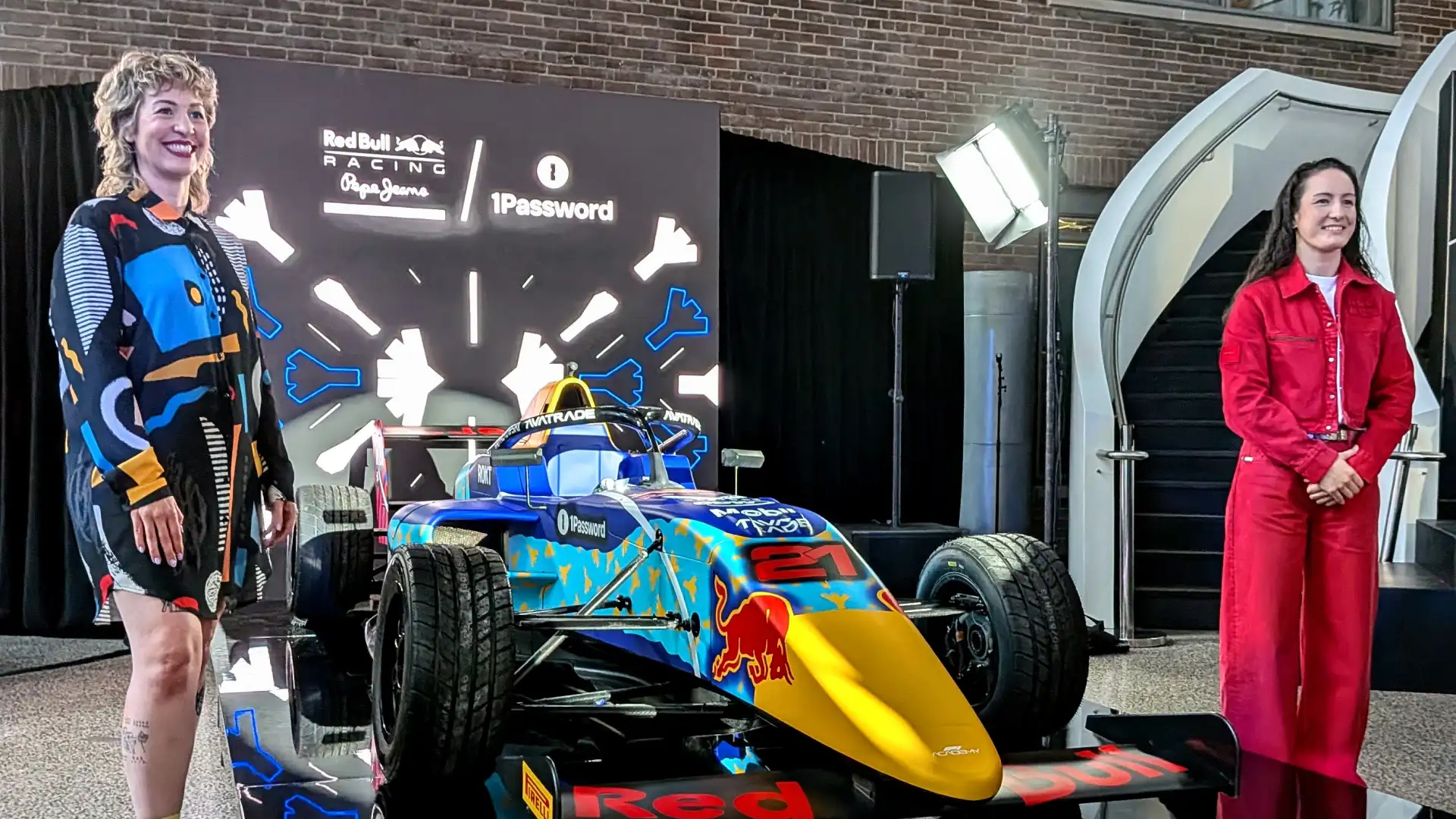
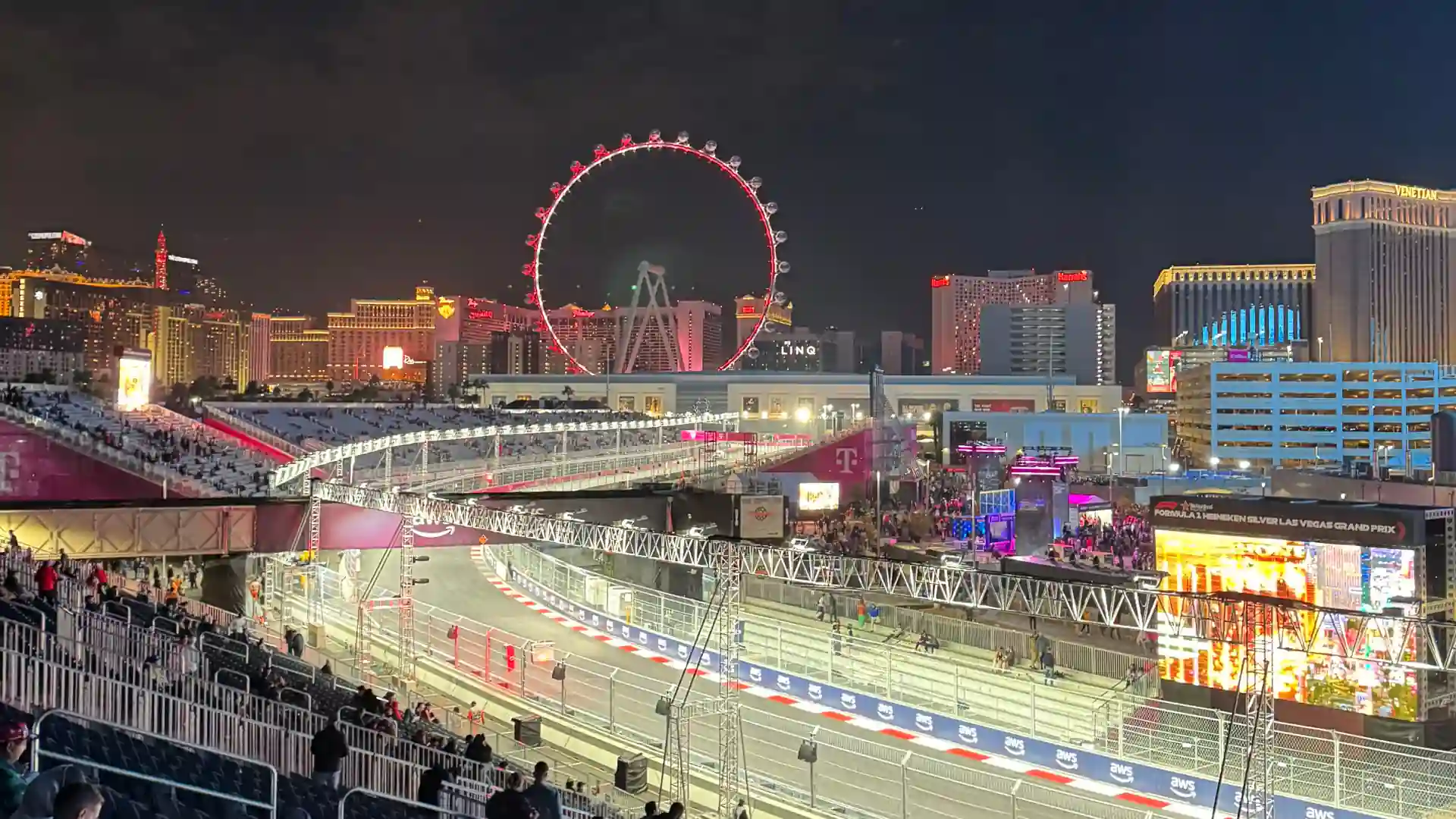
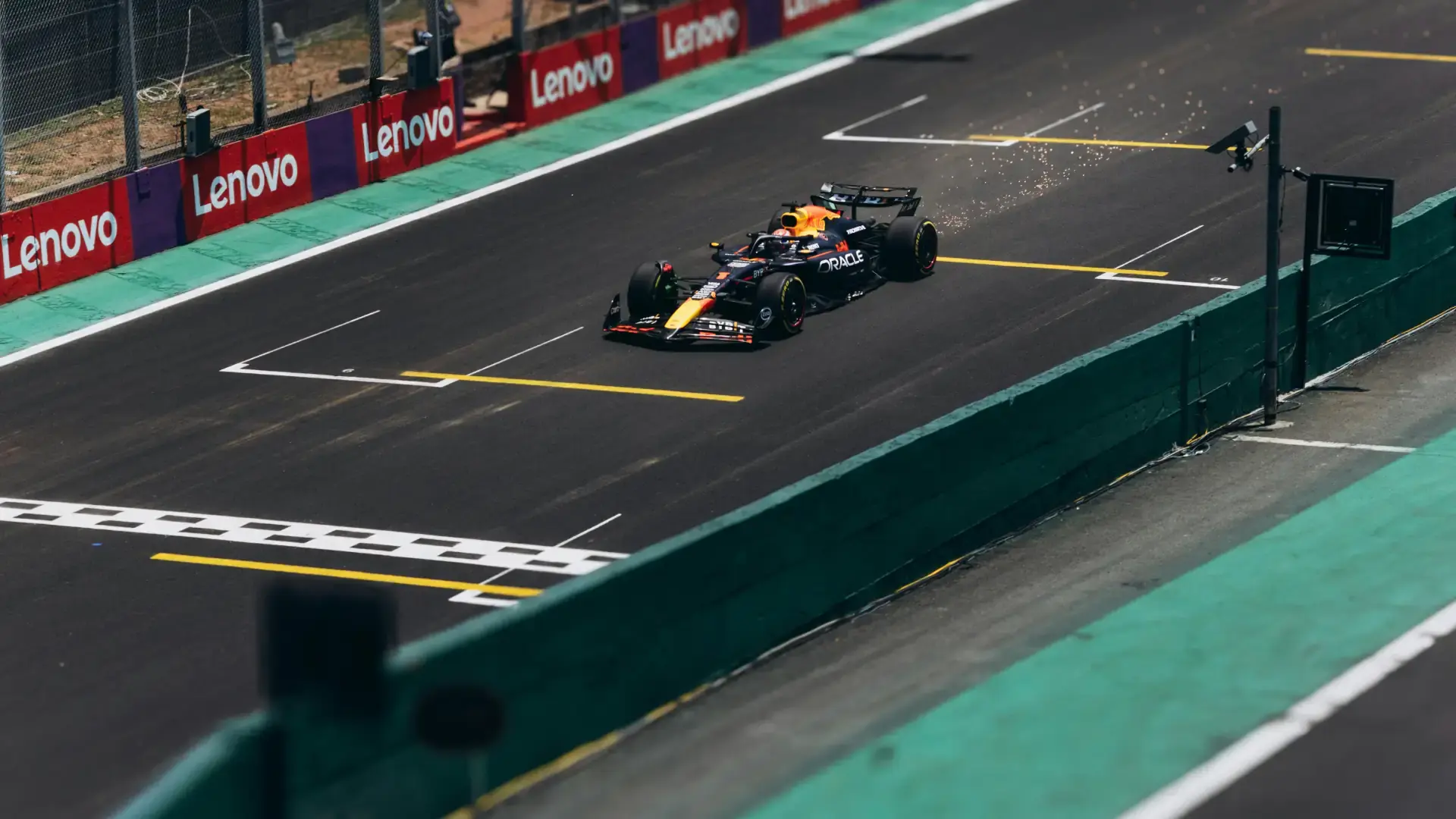

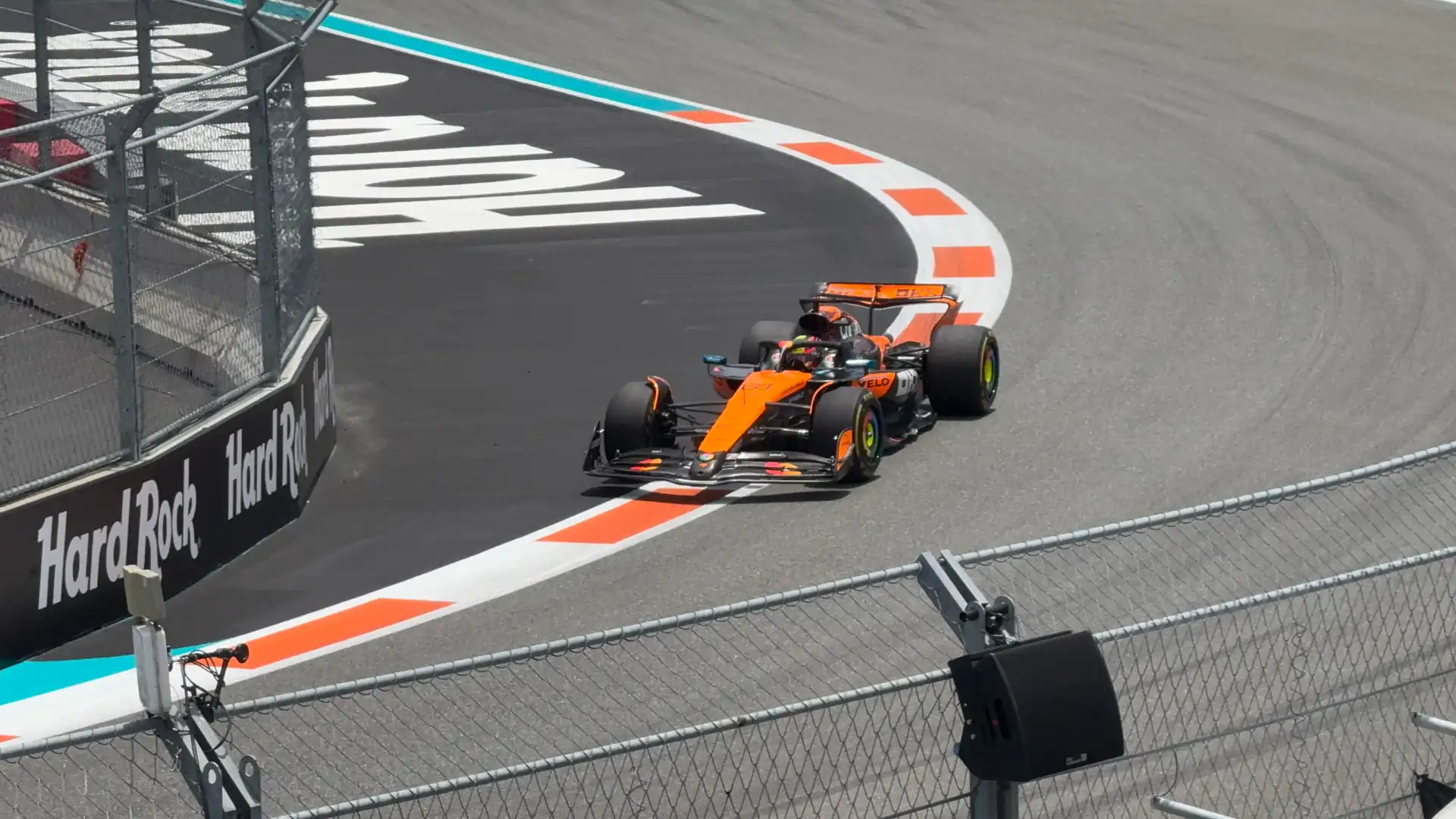
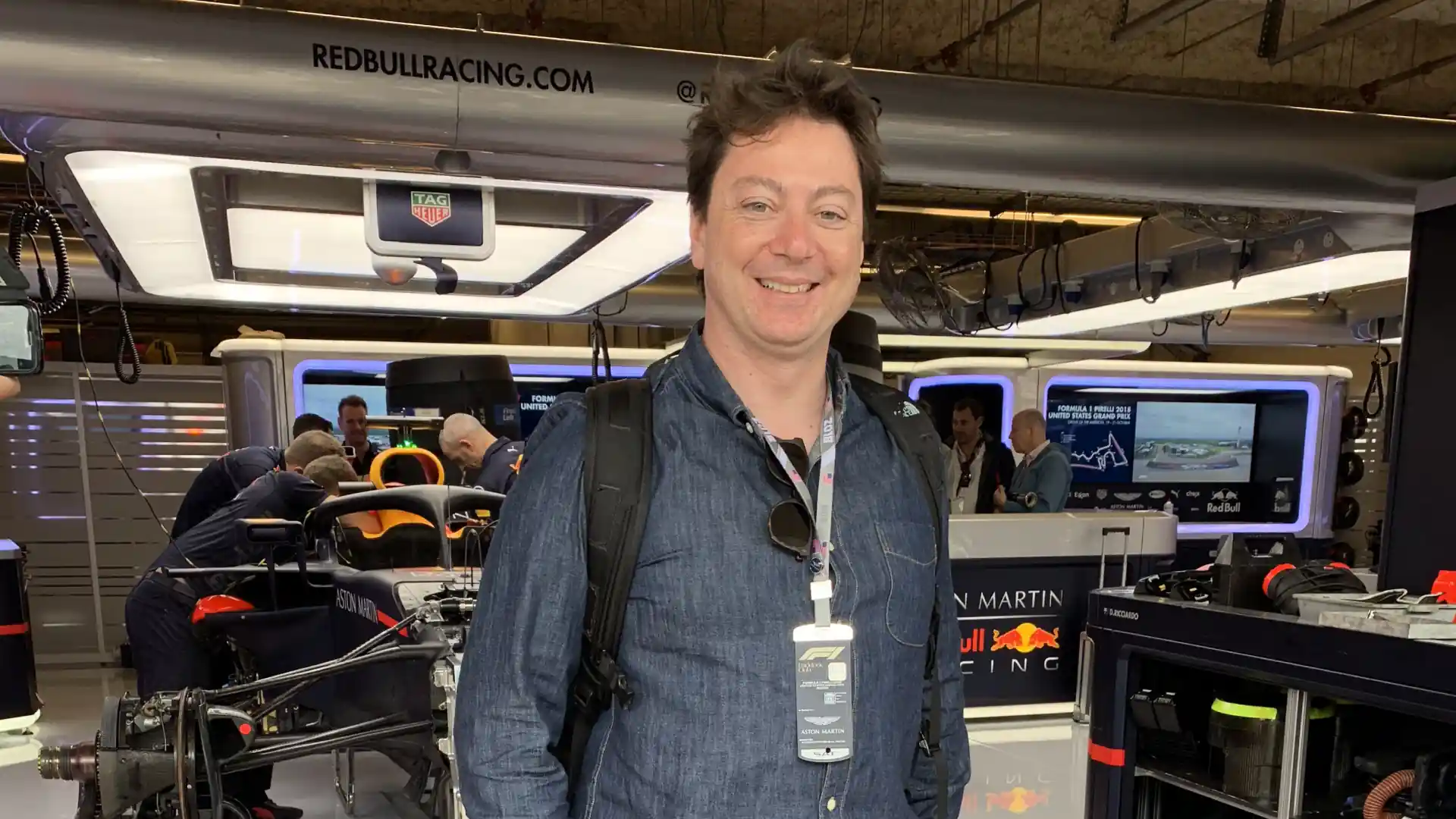
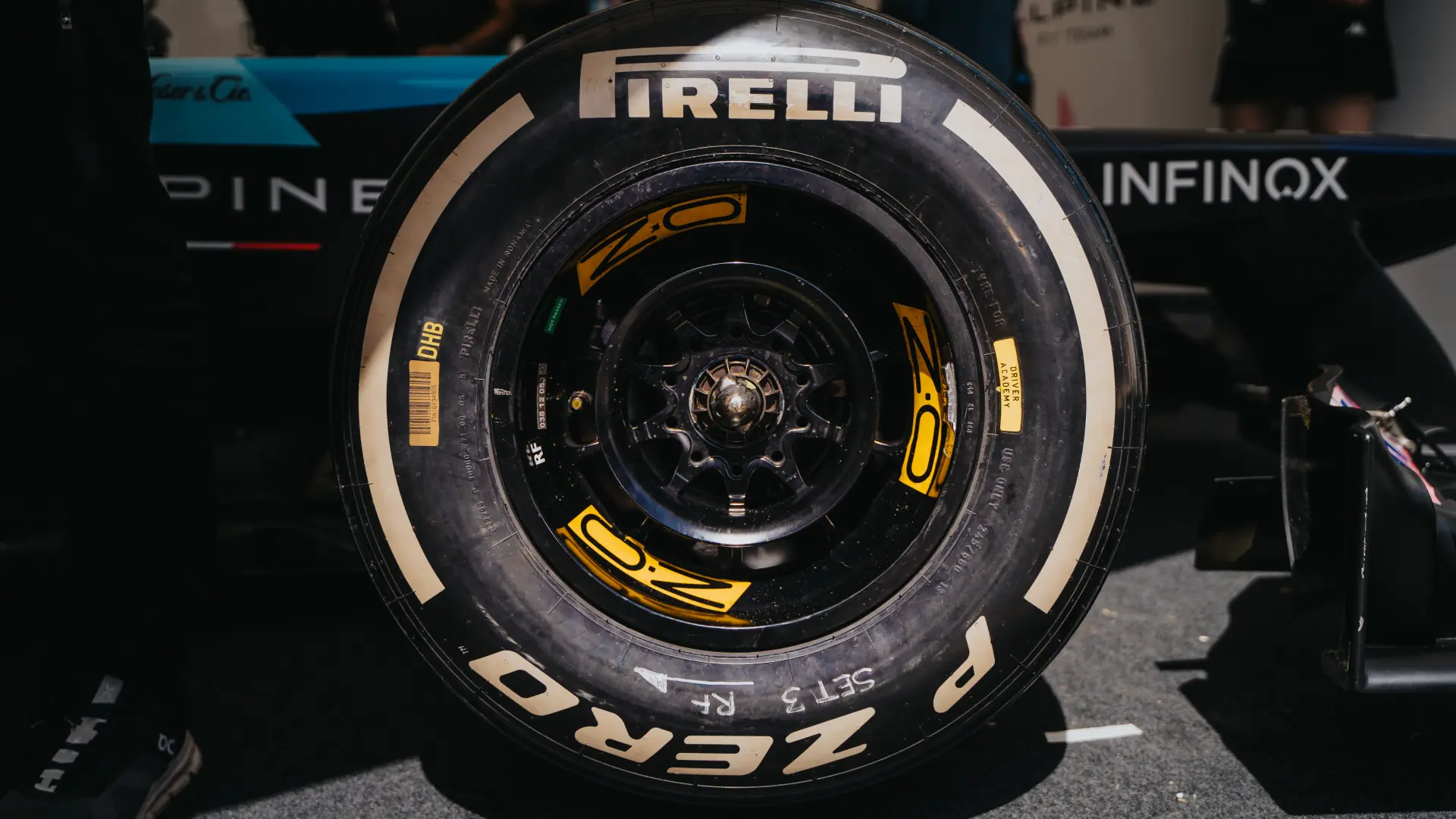
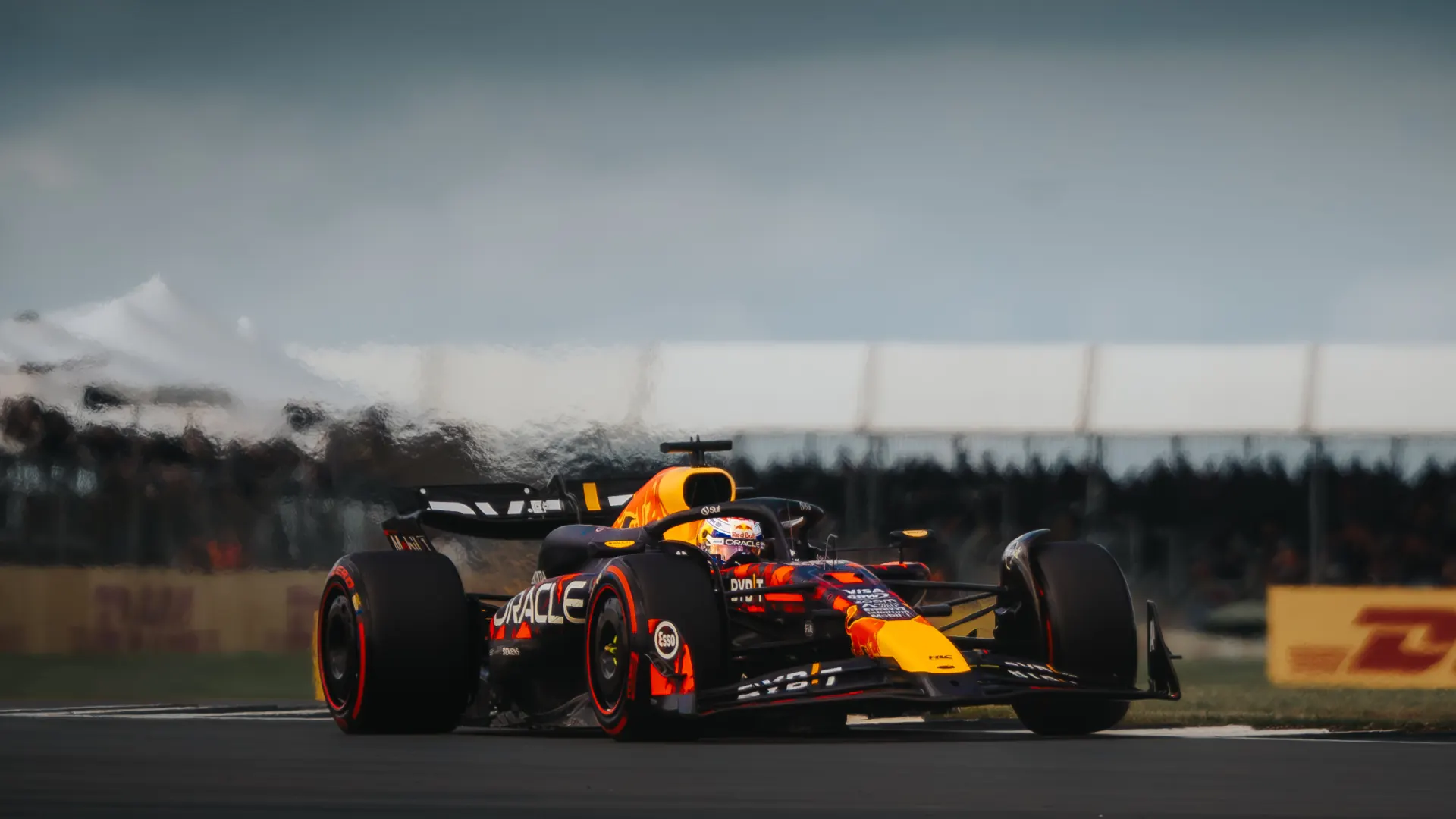
.webp)

